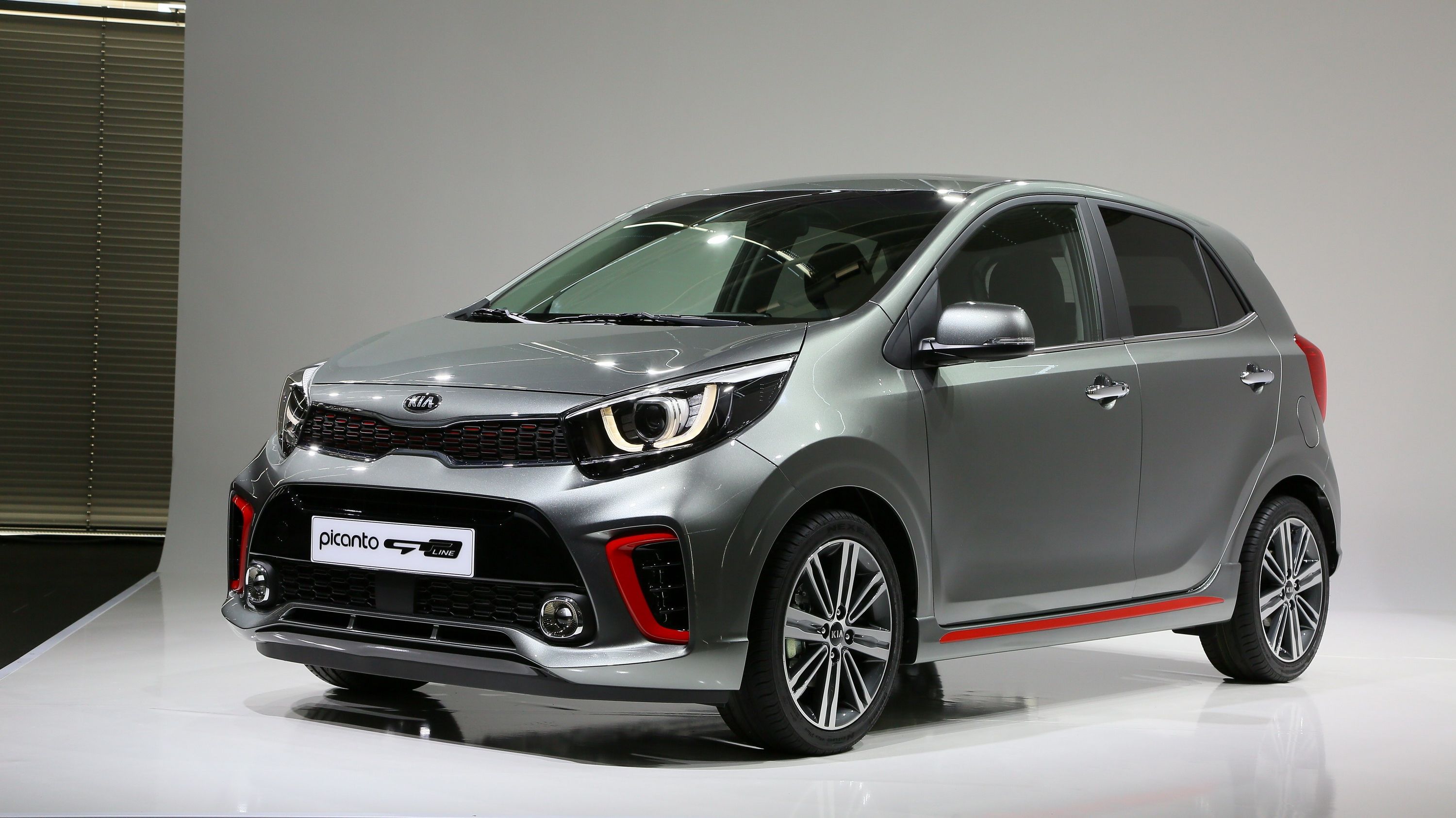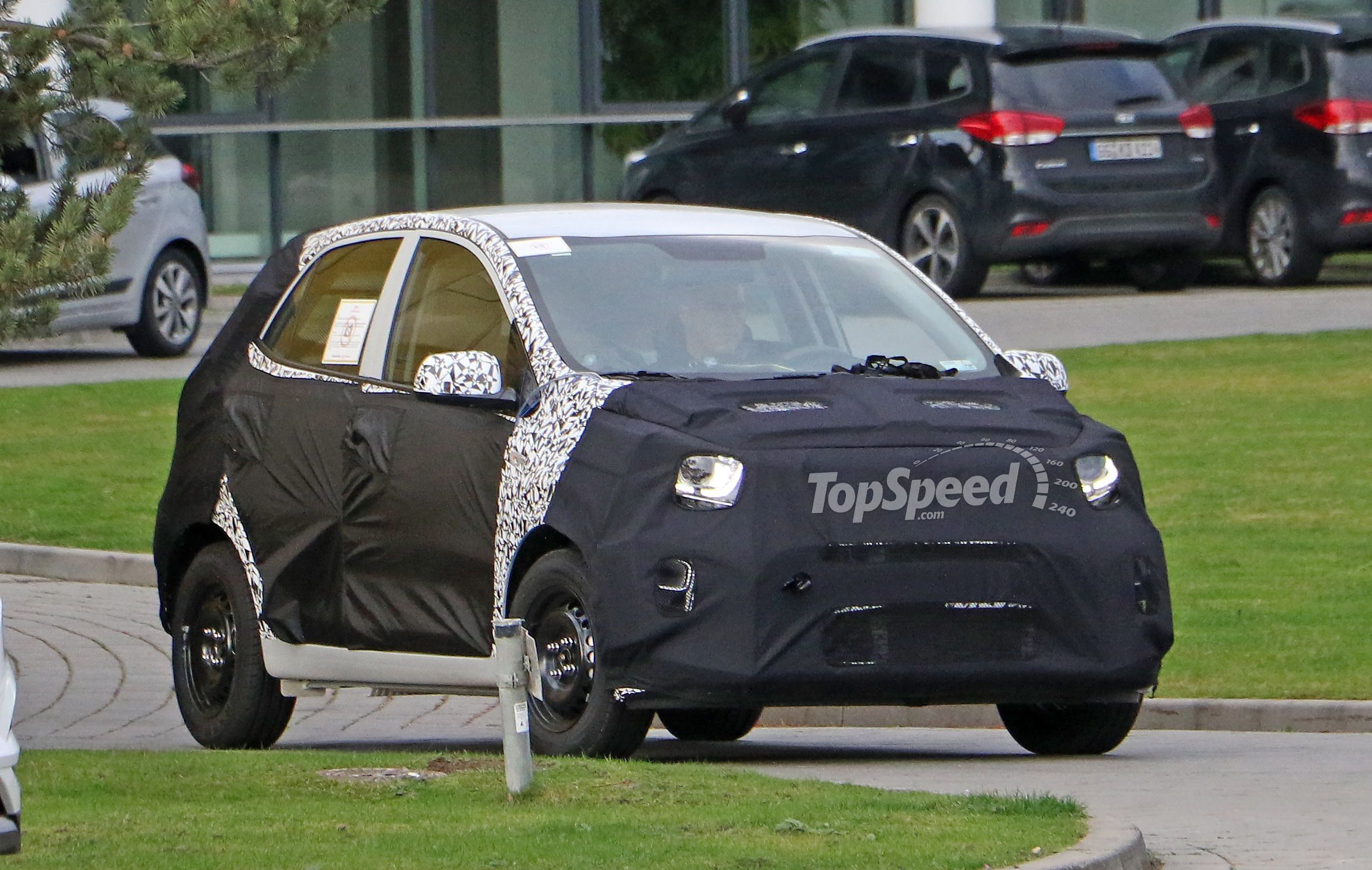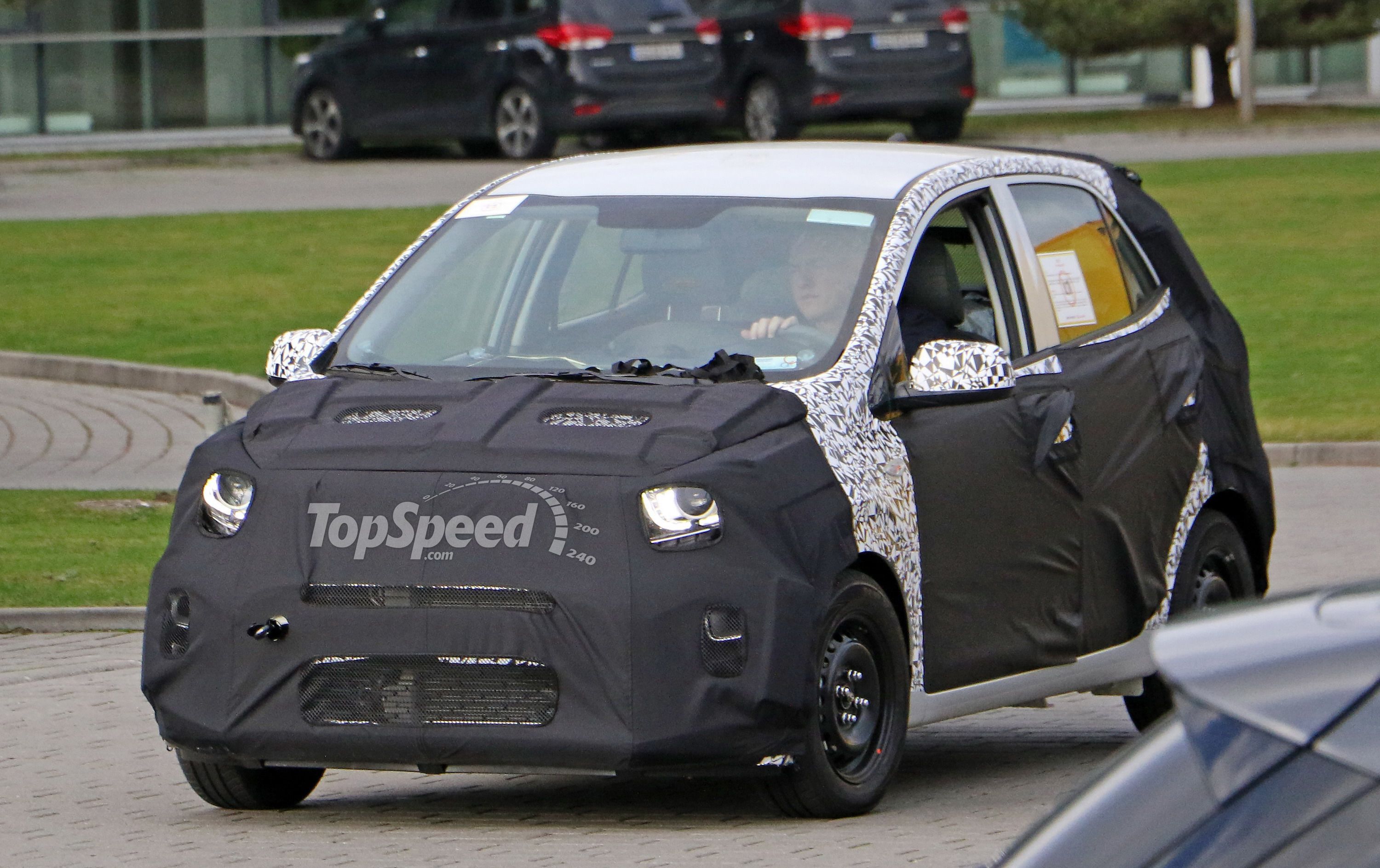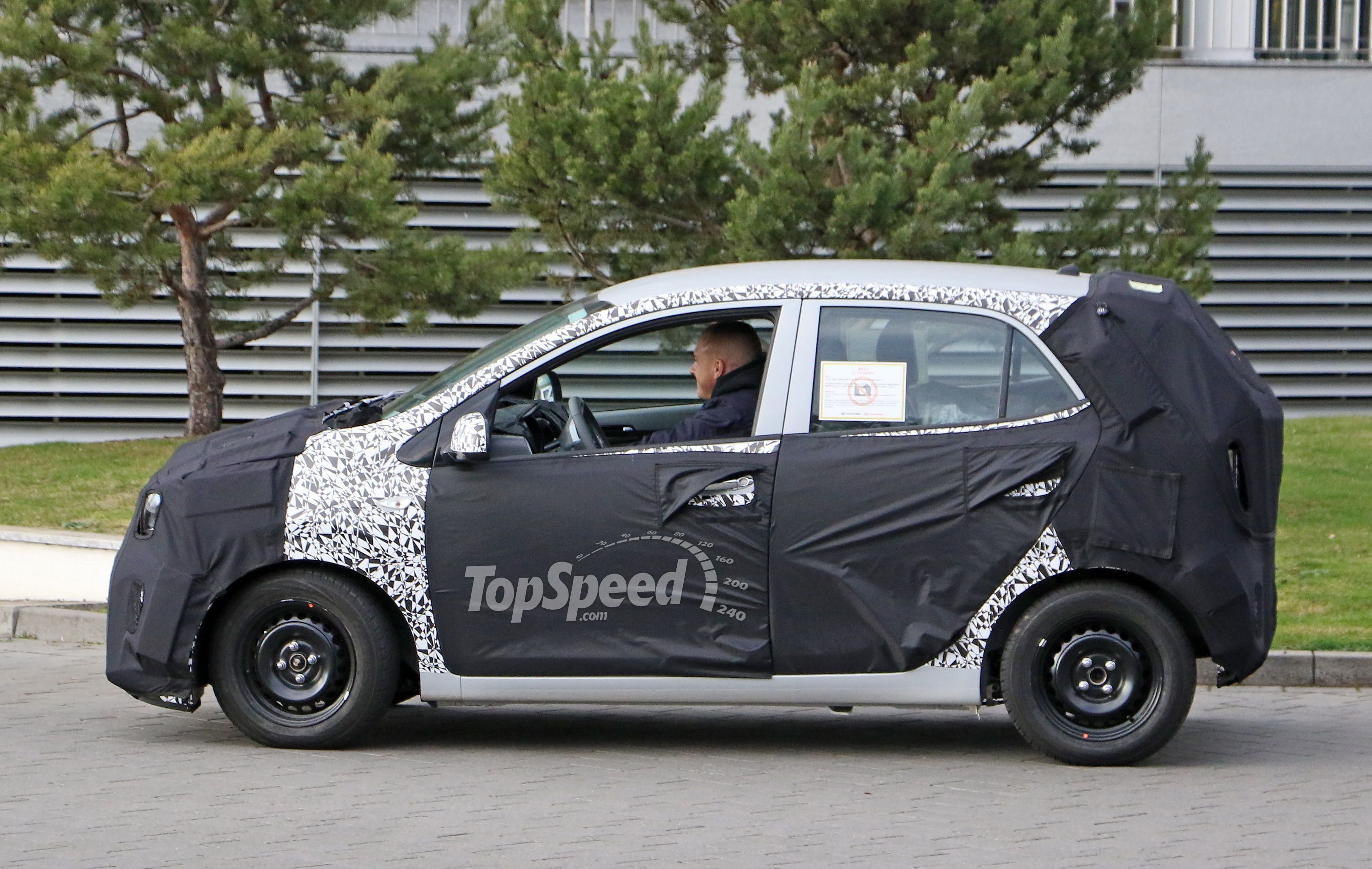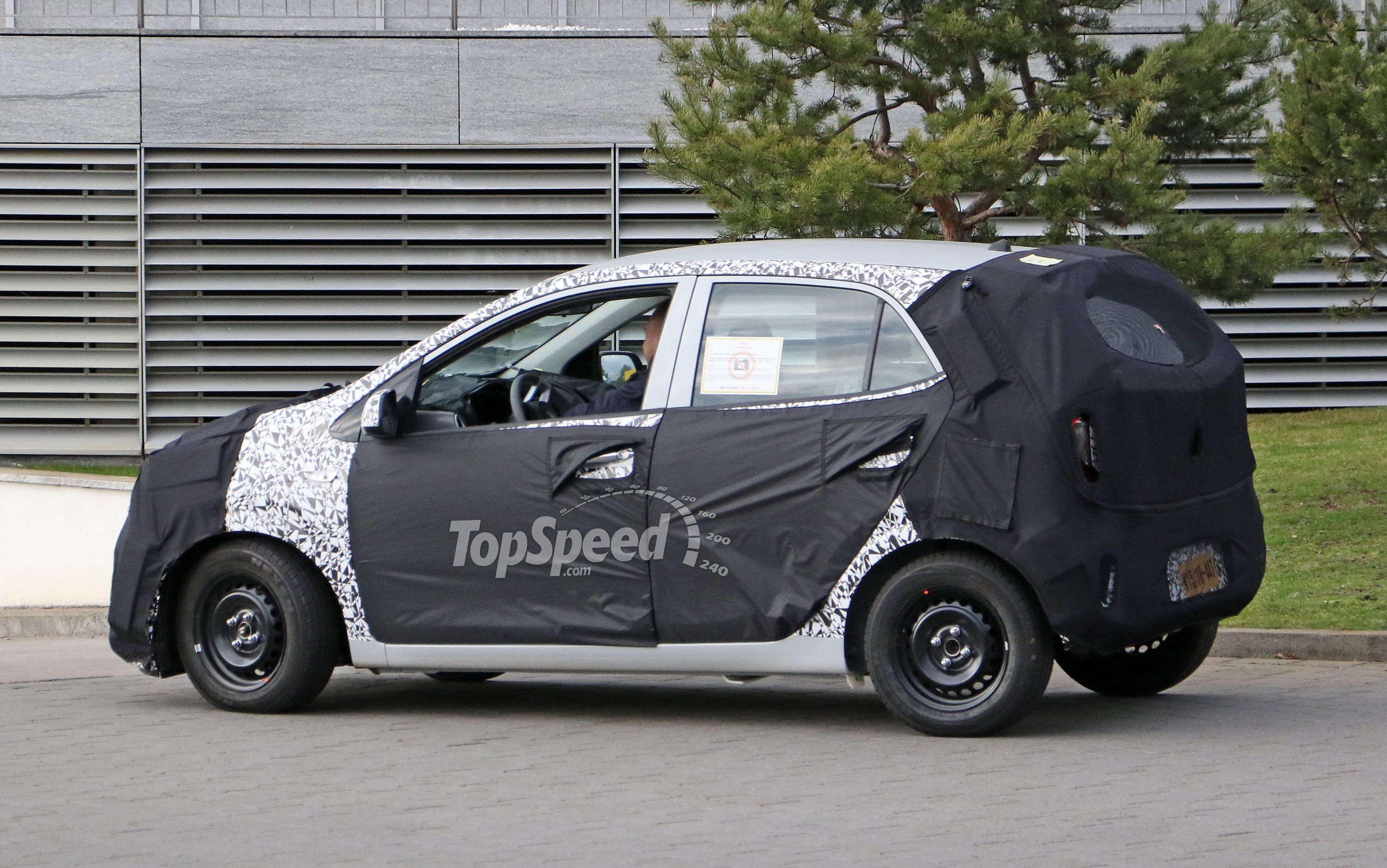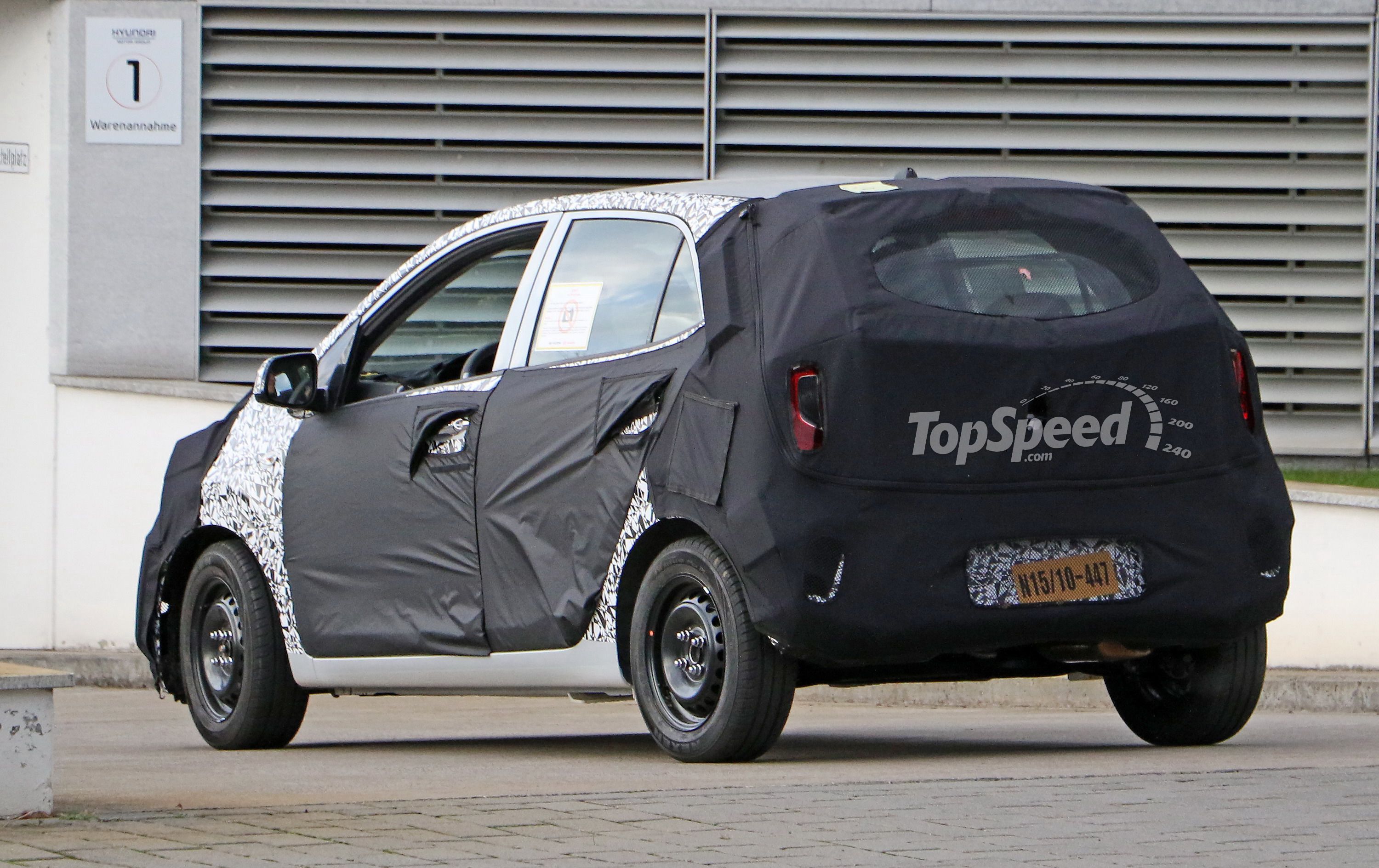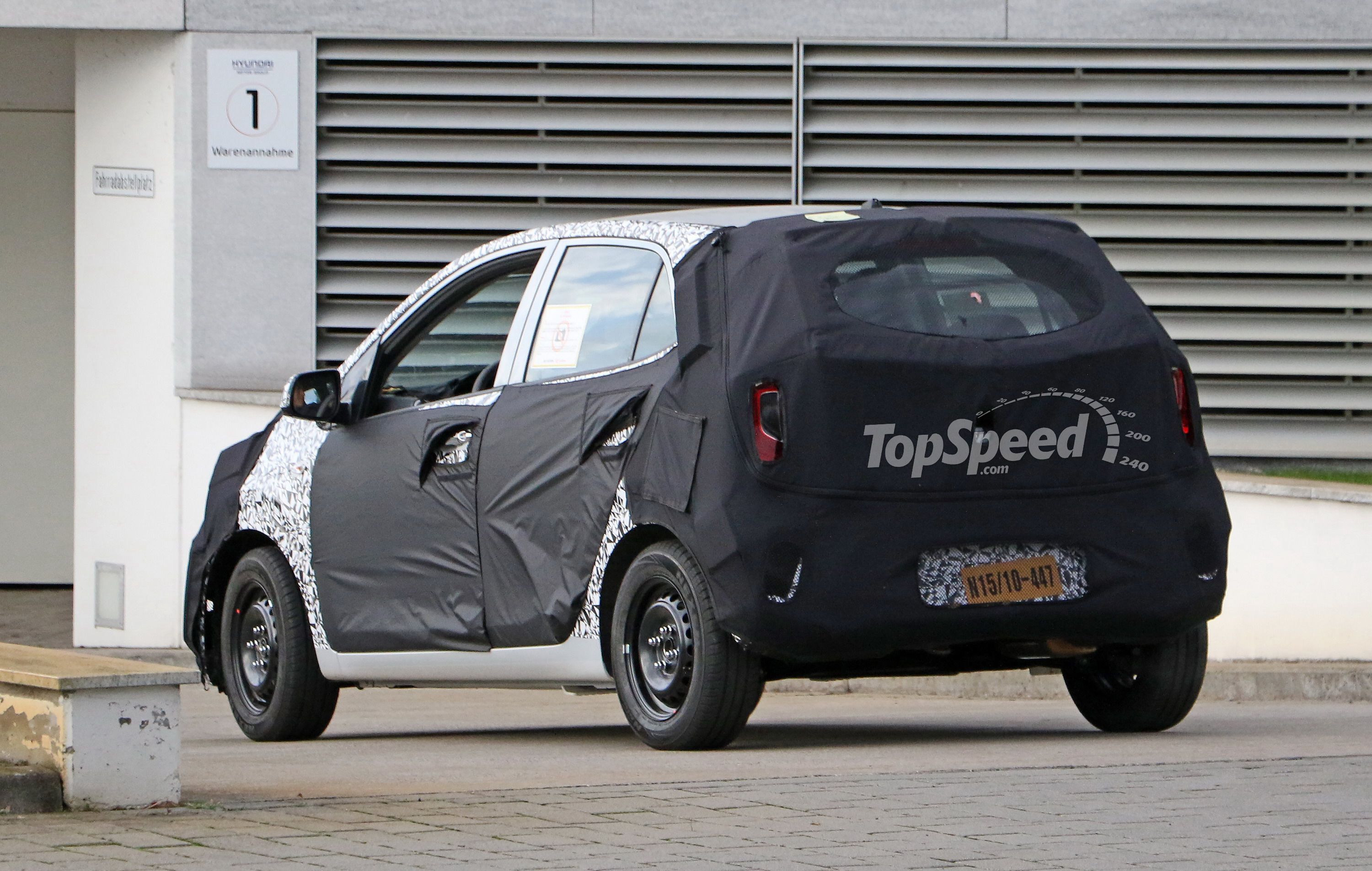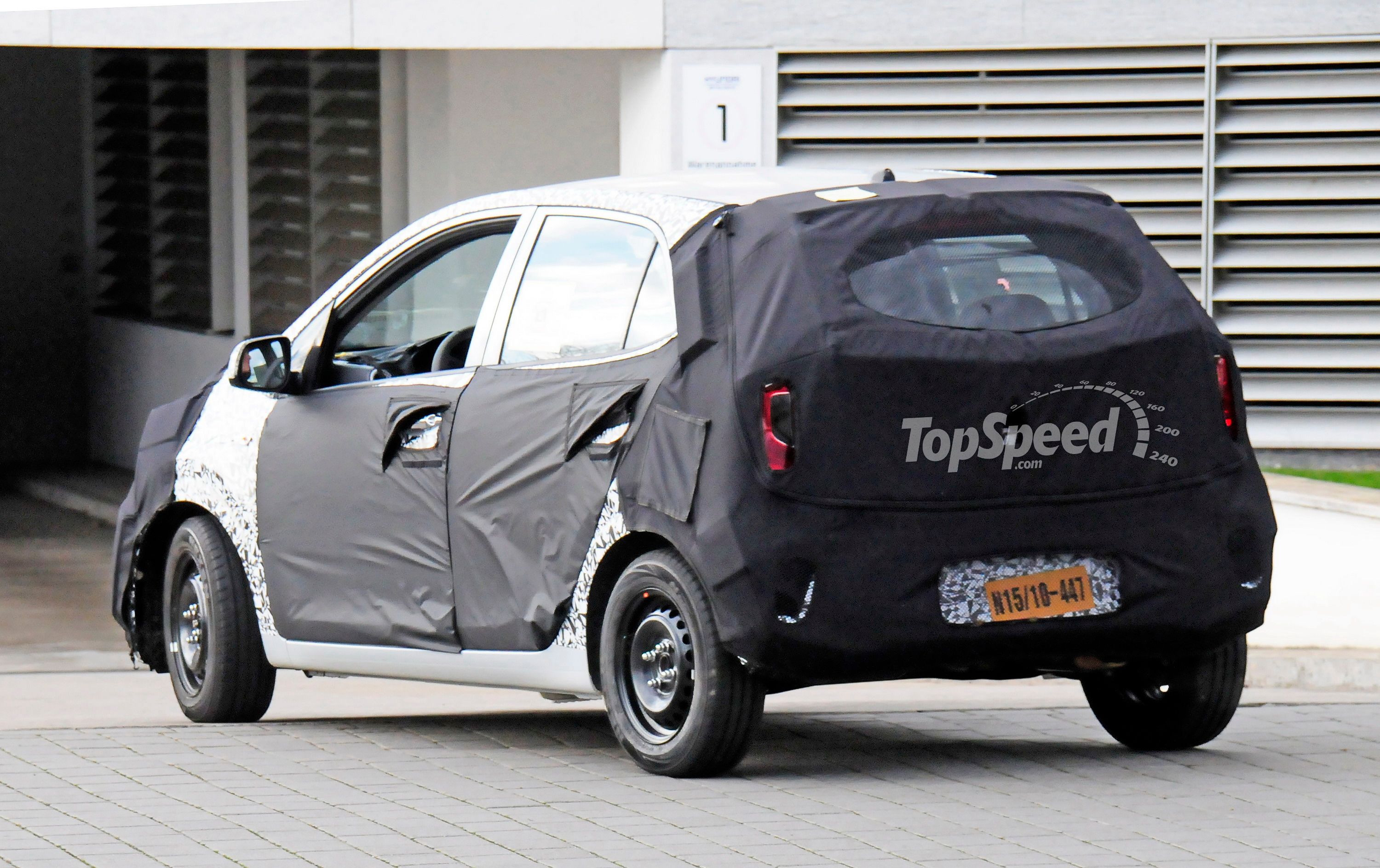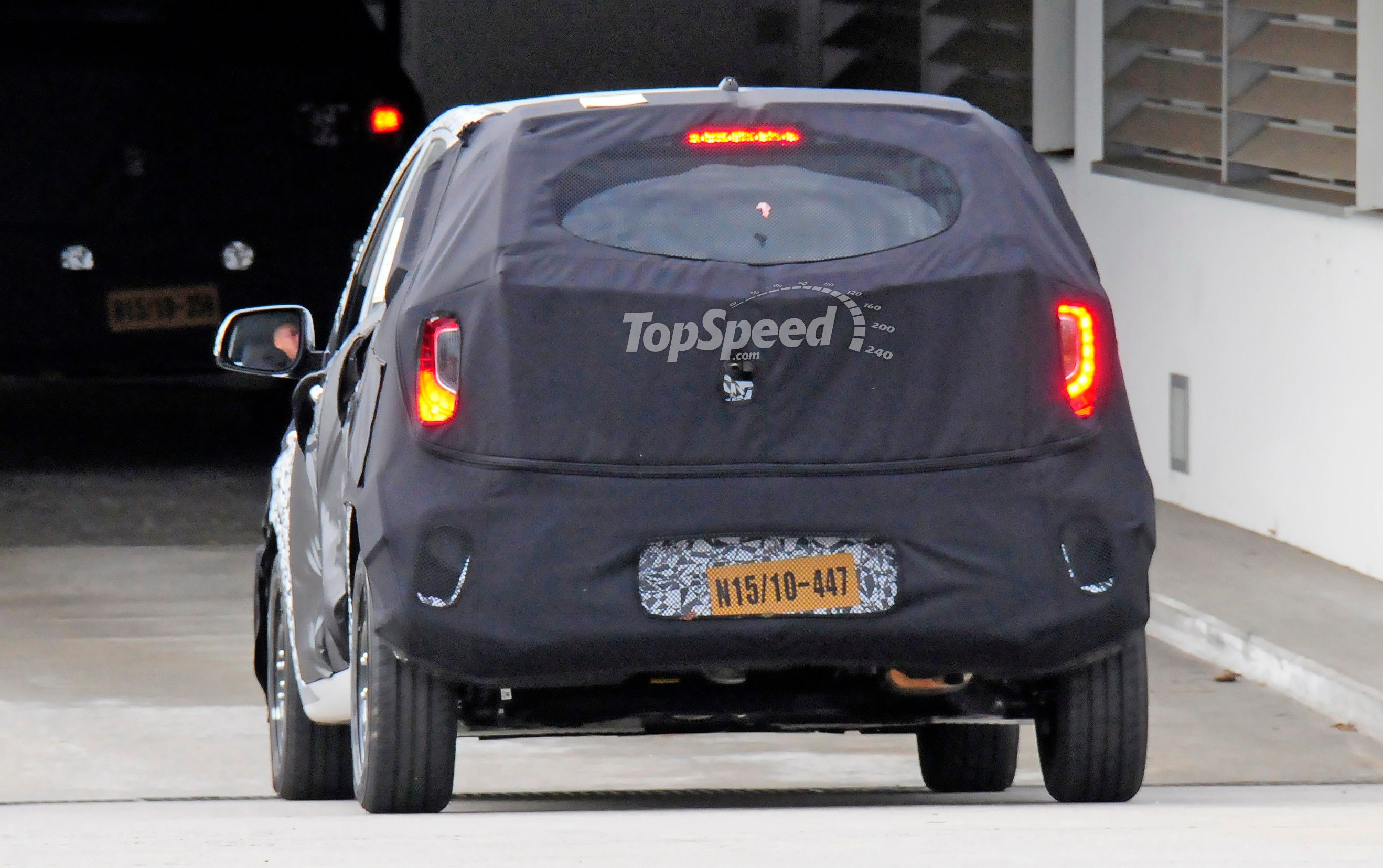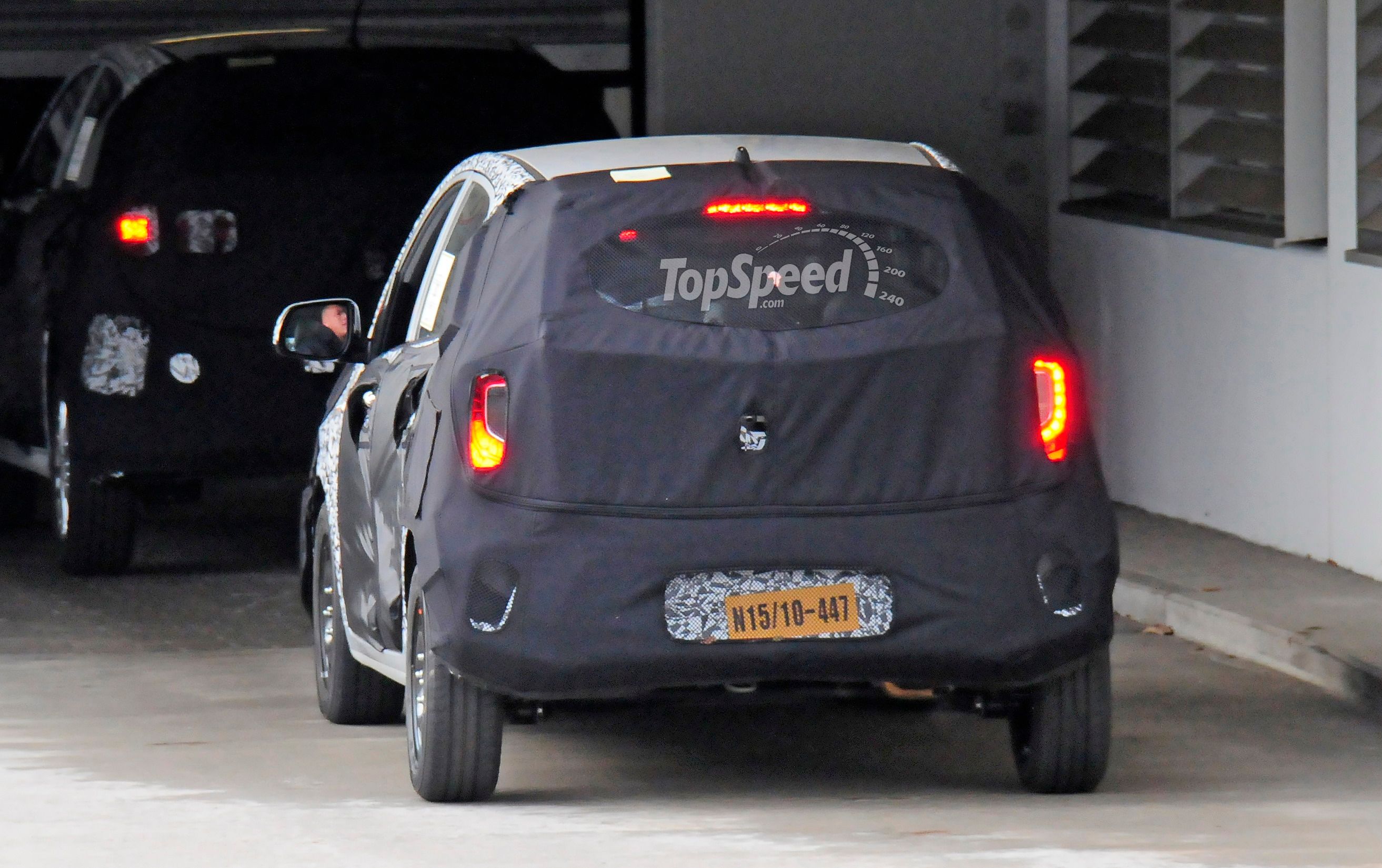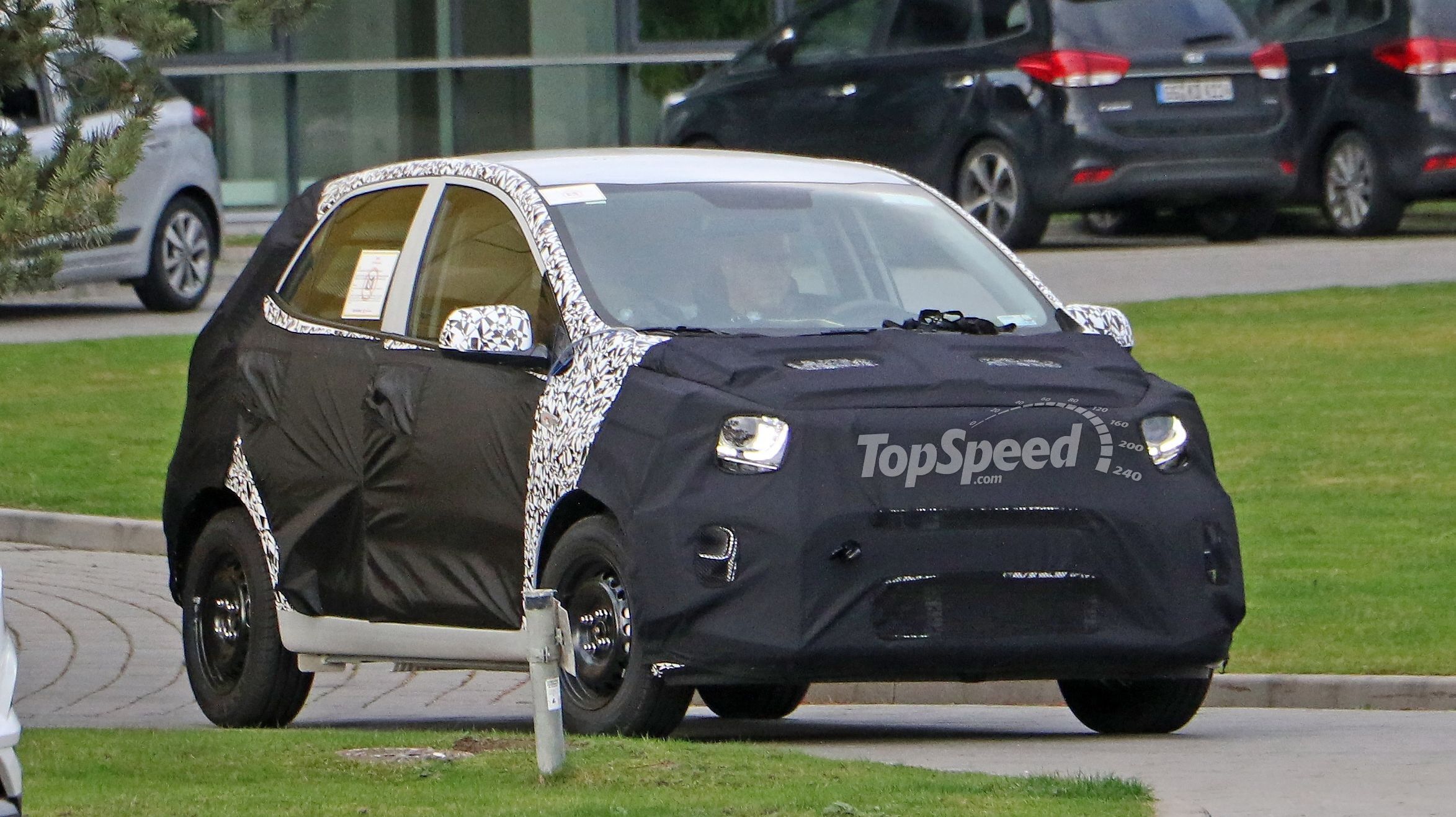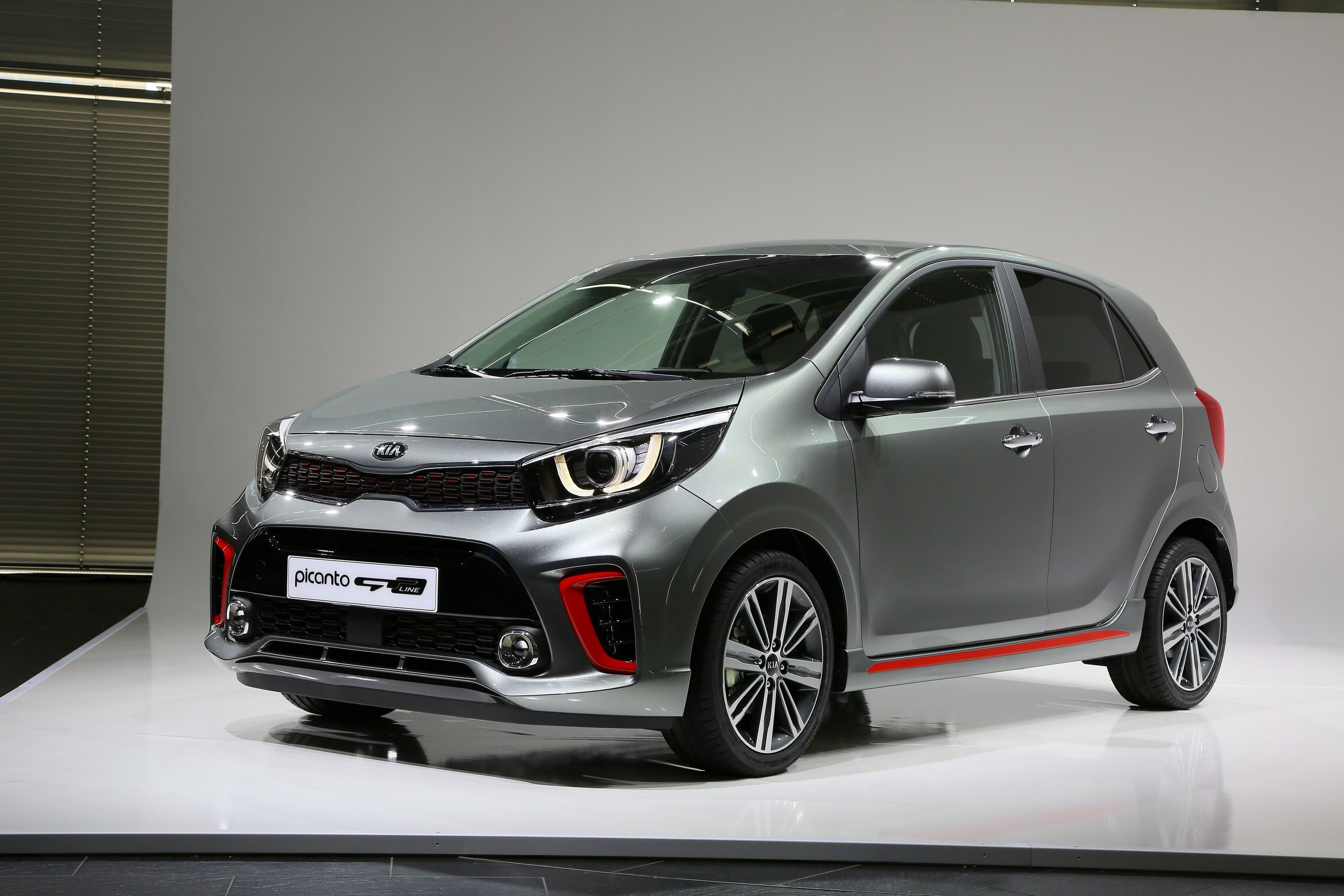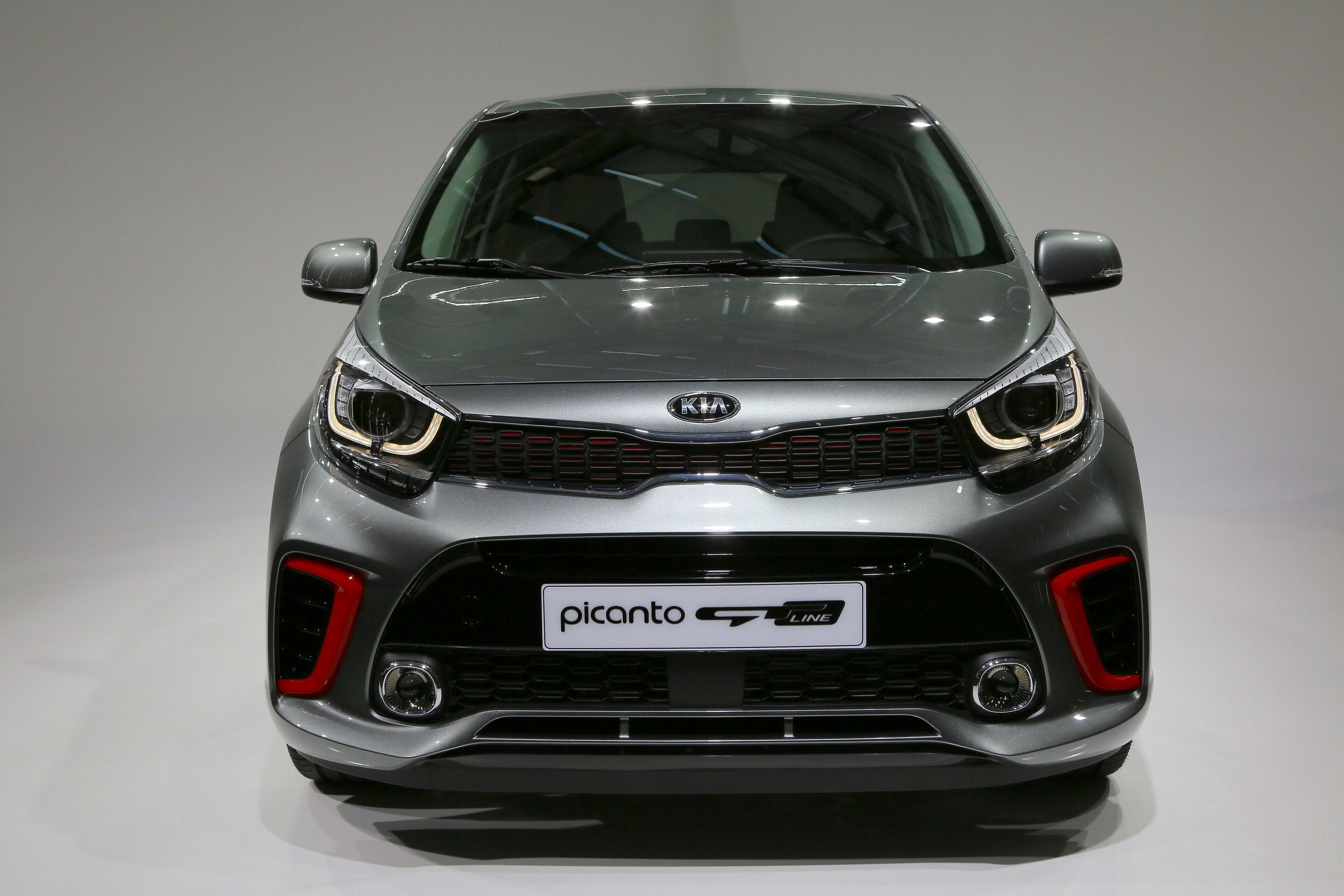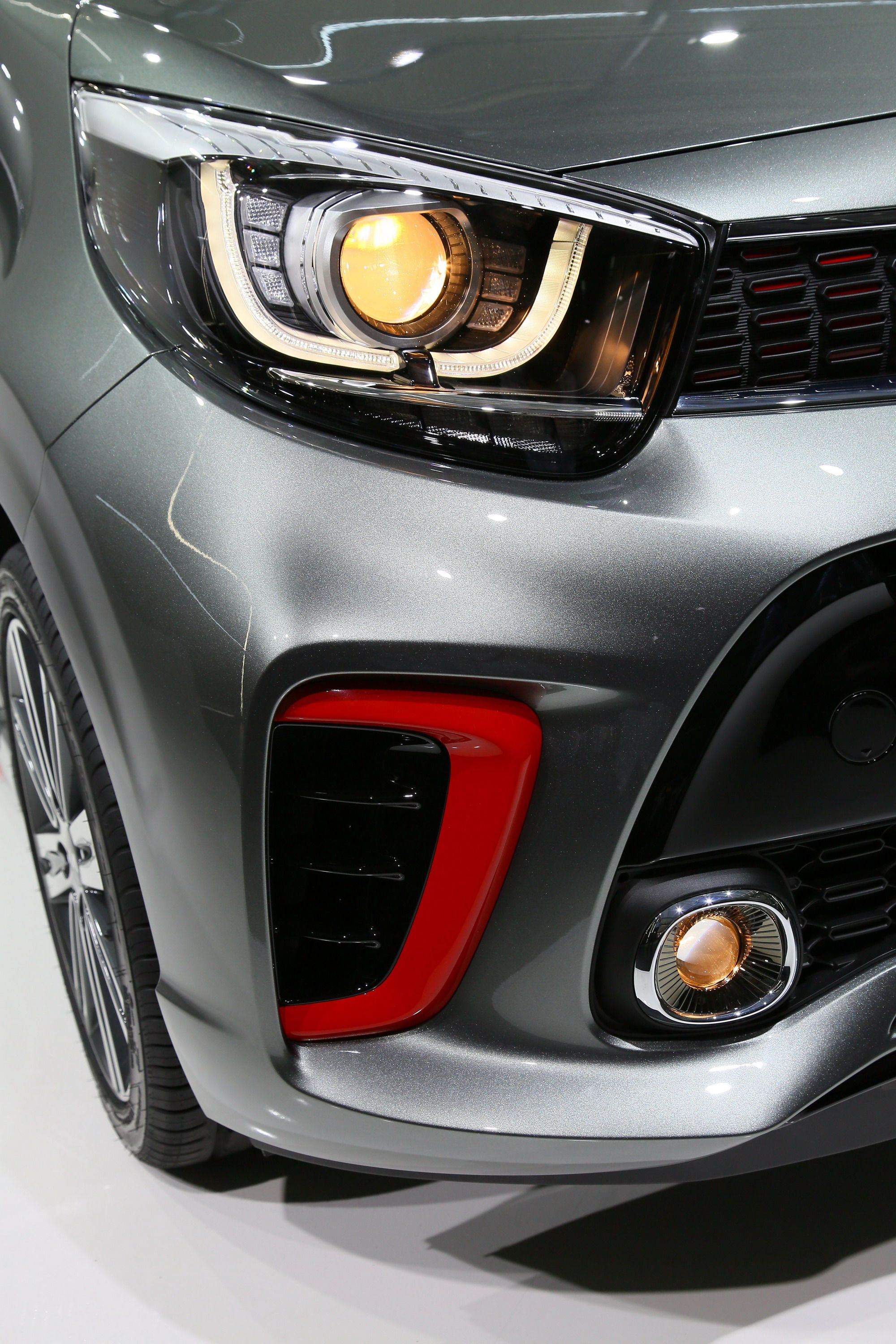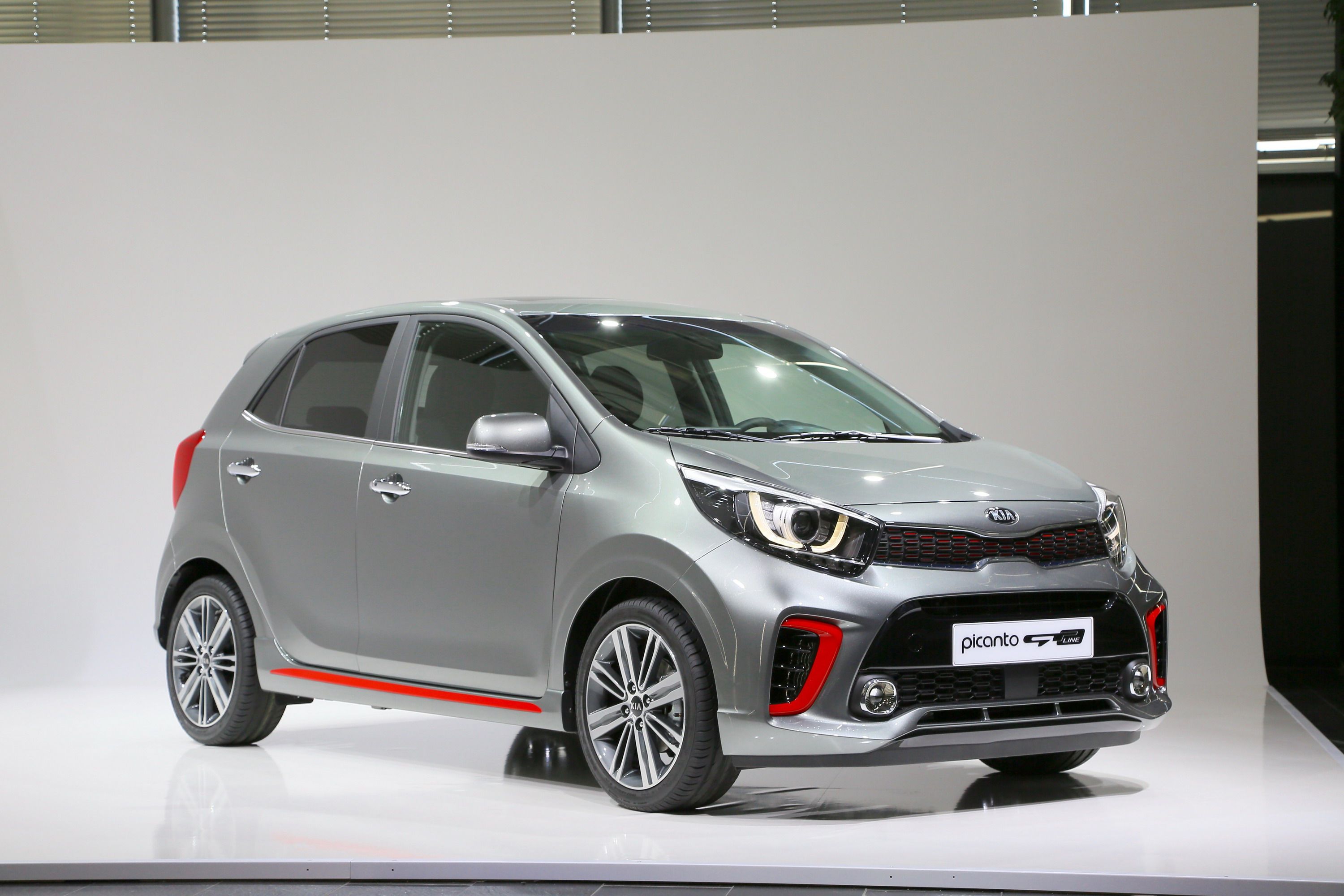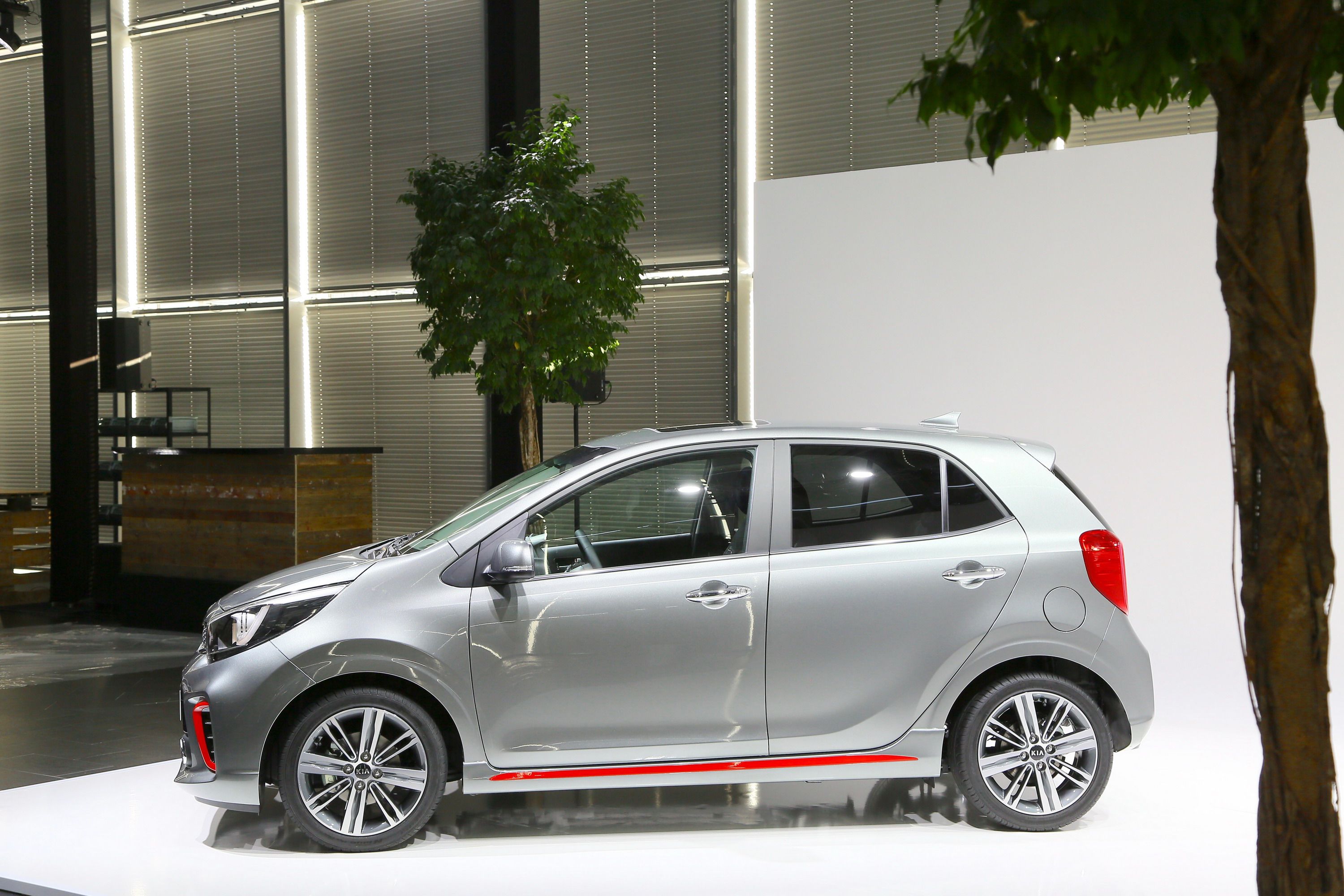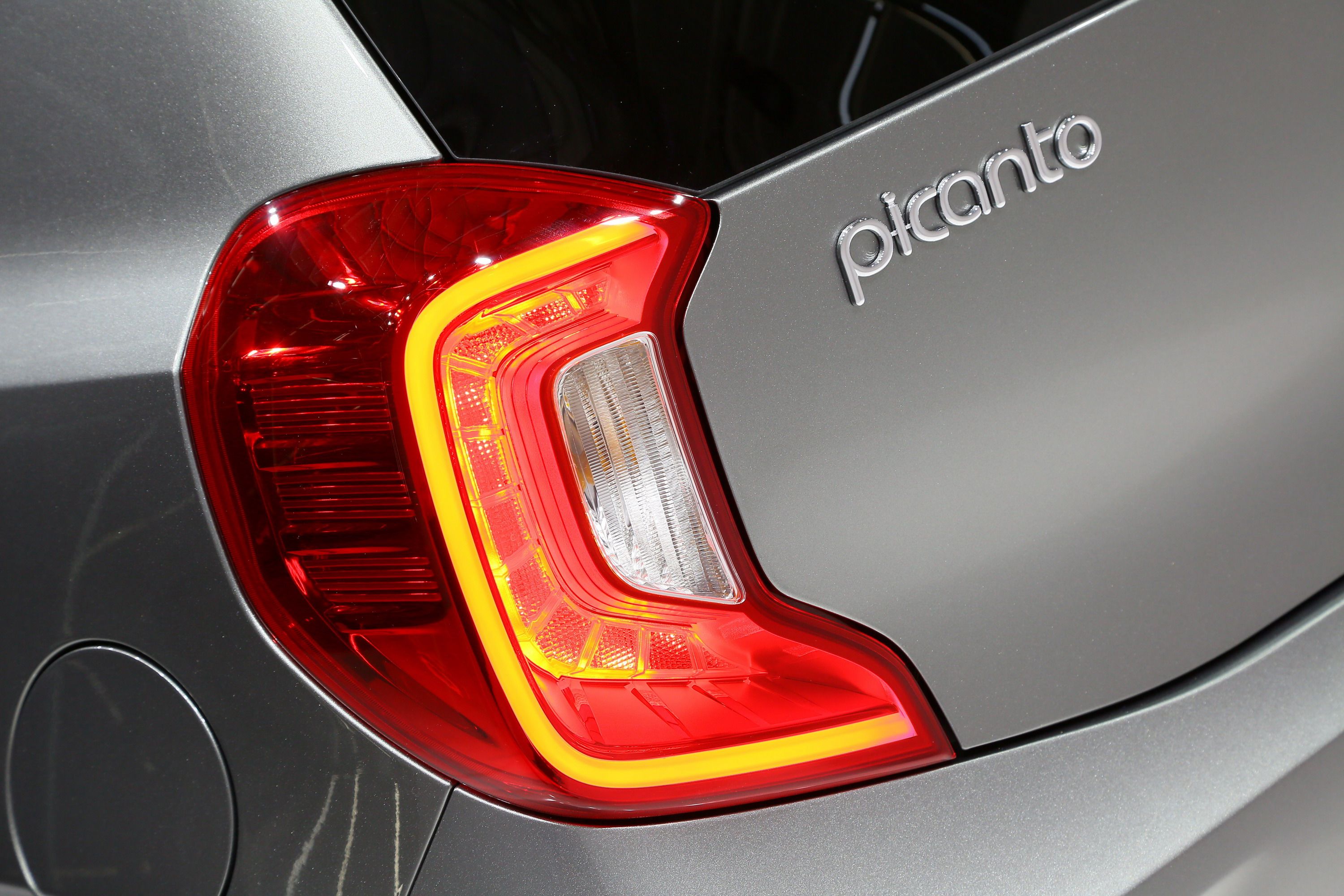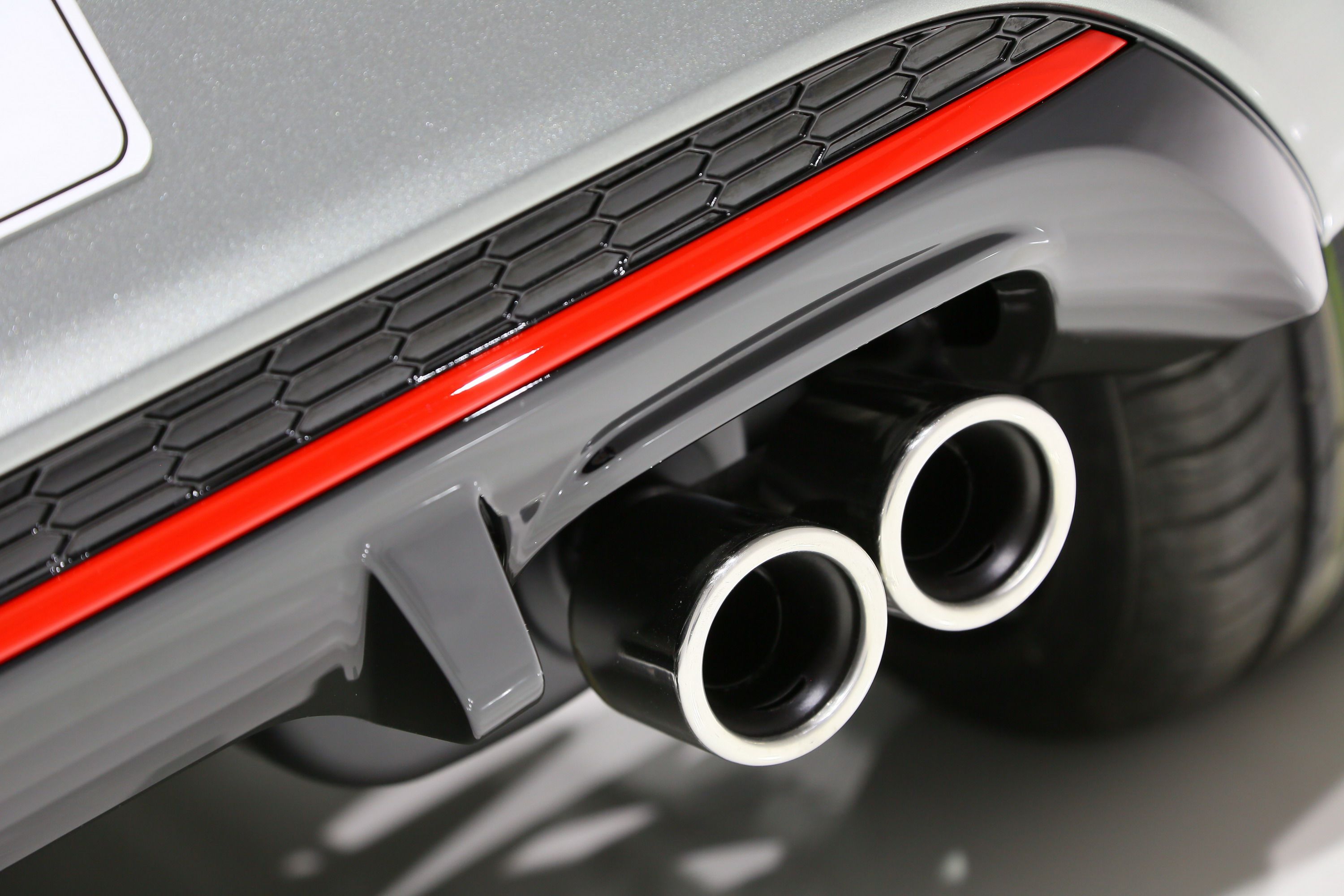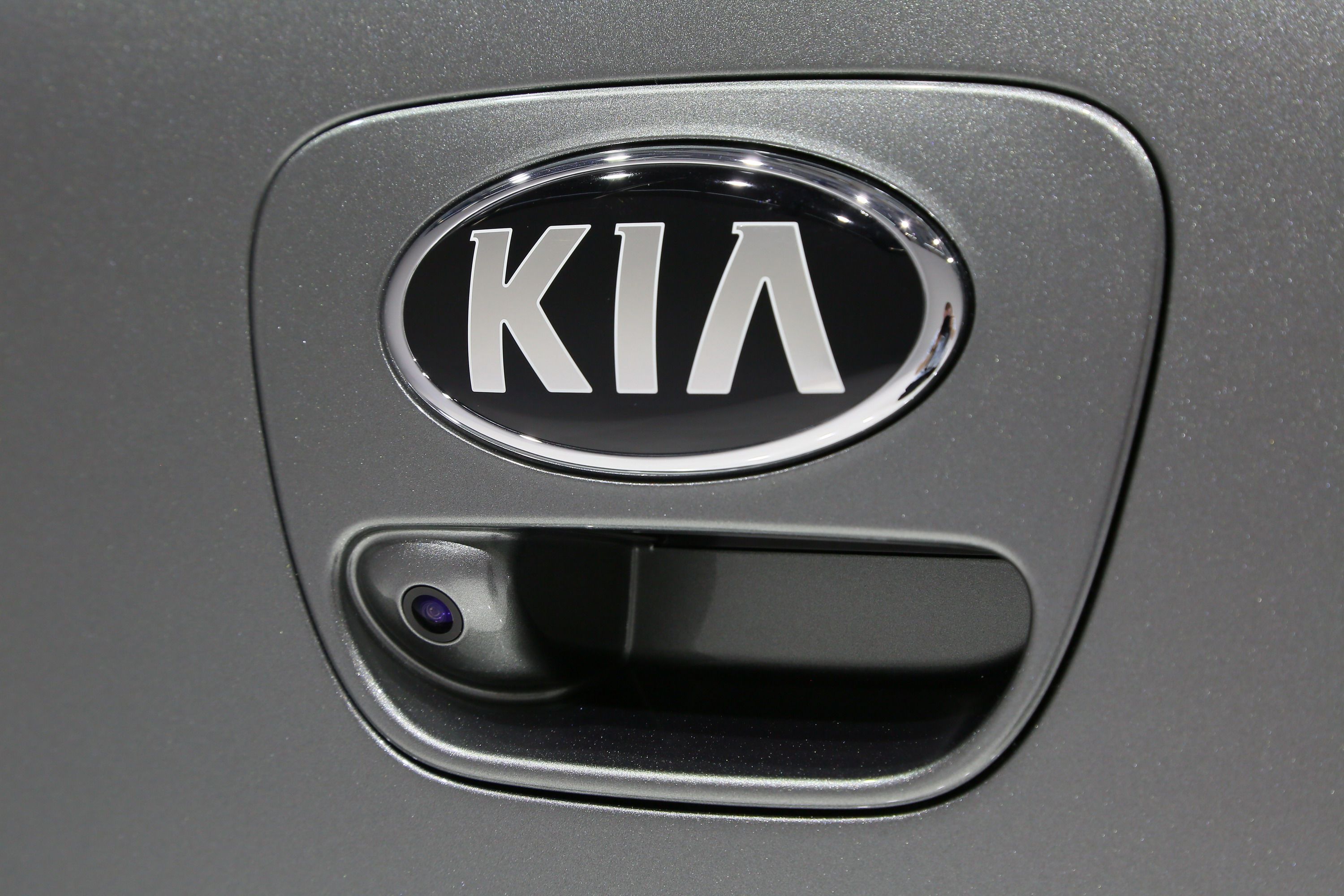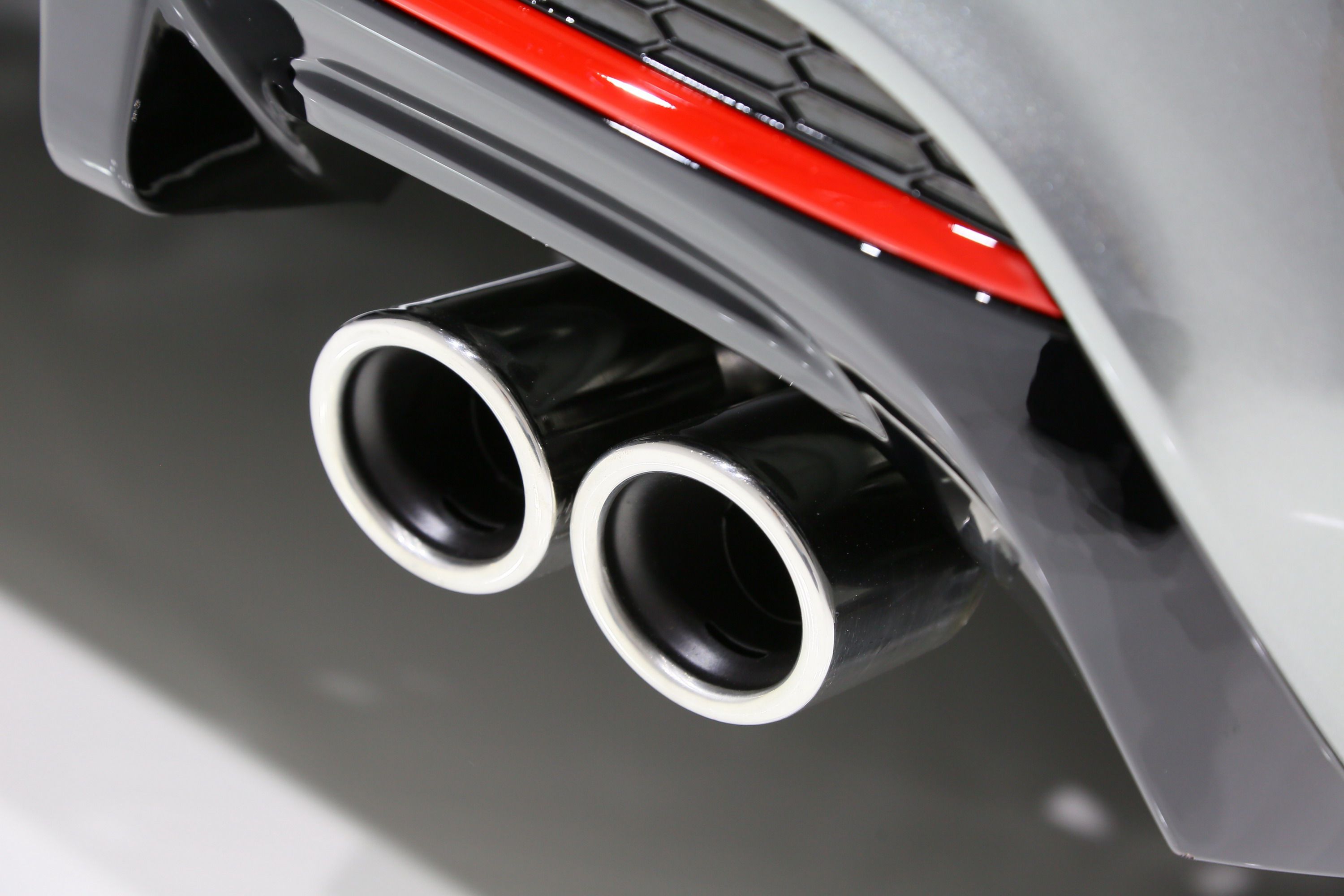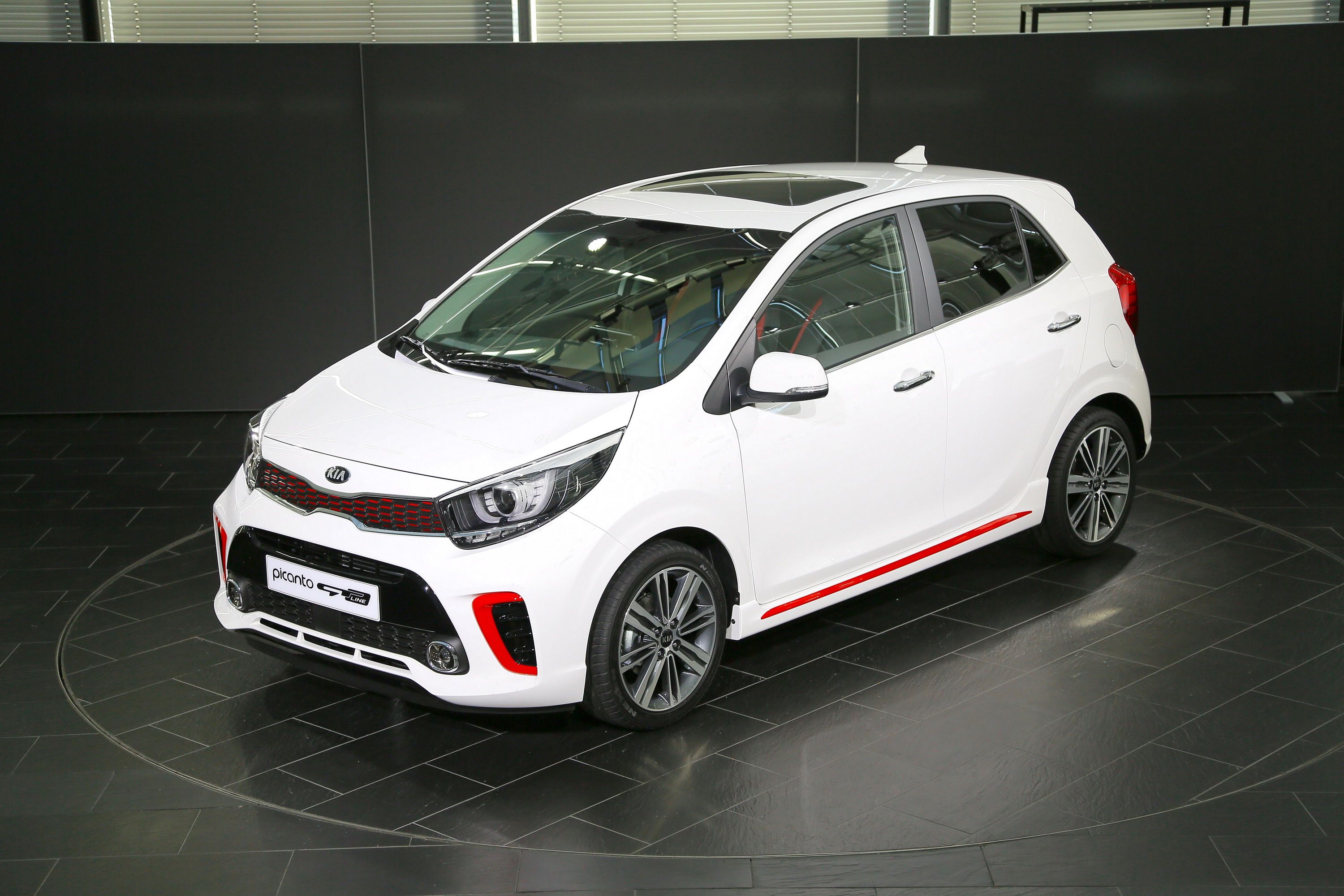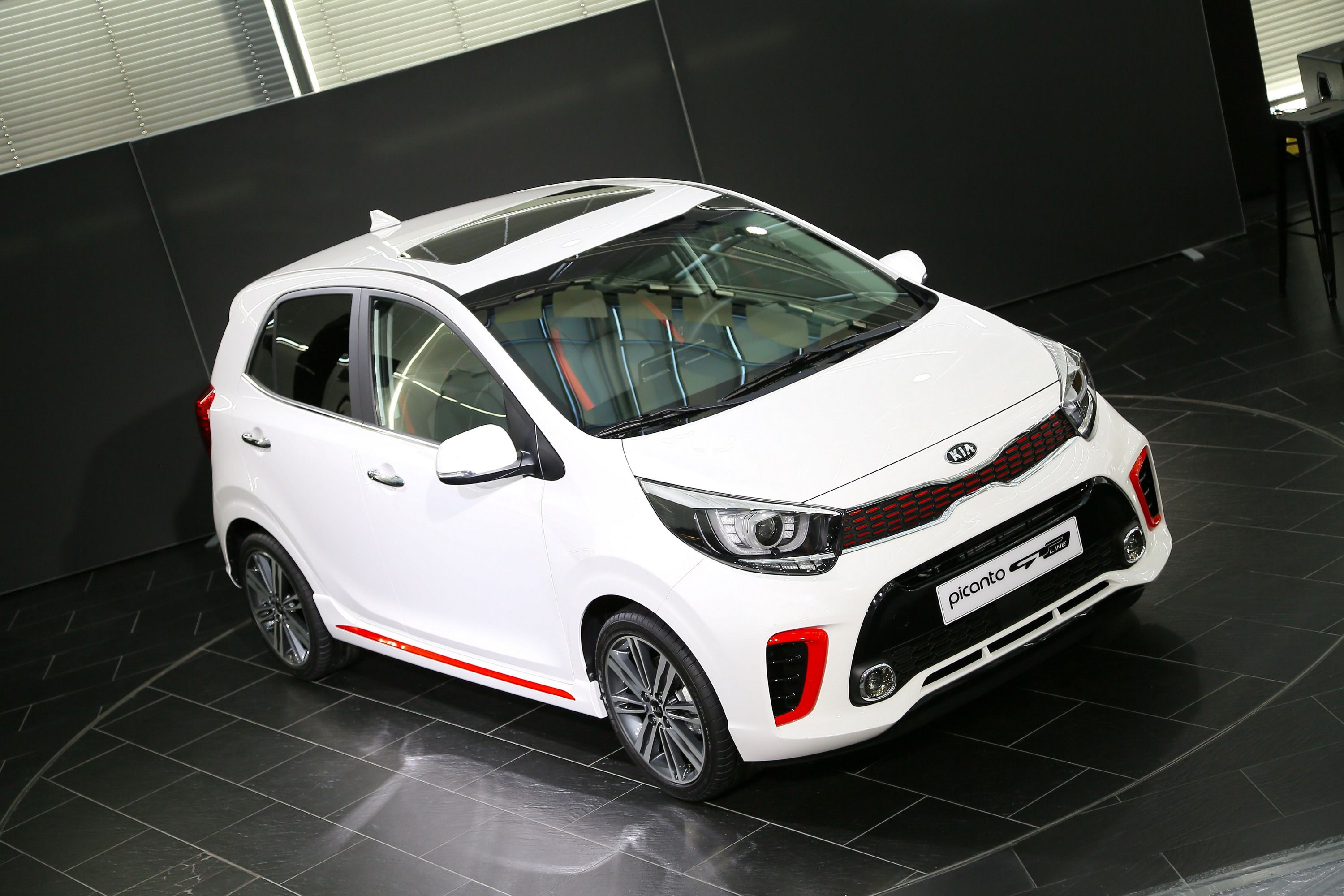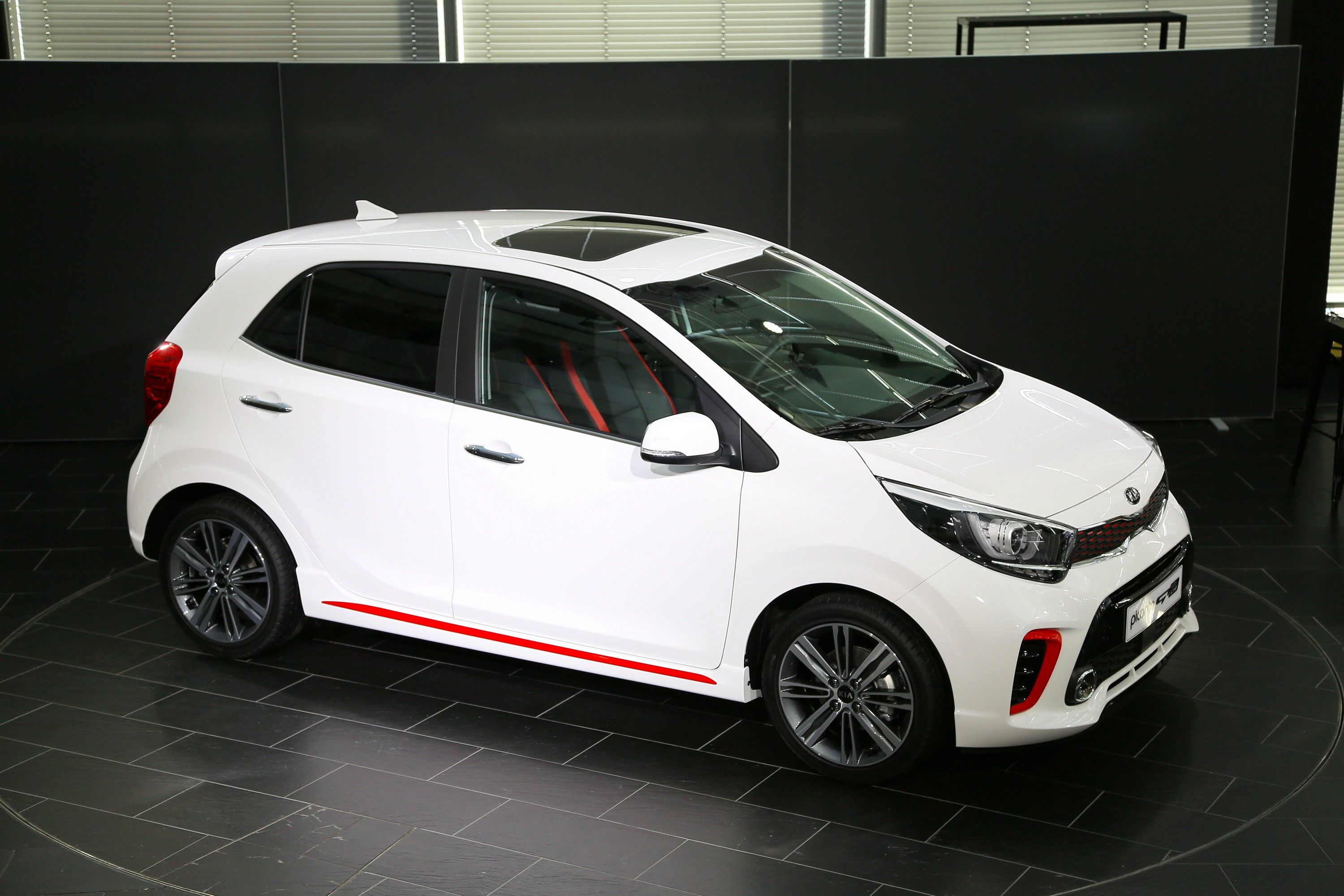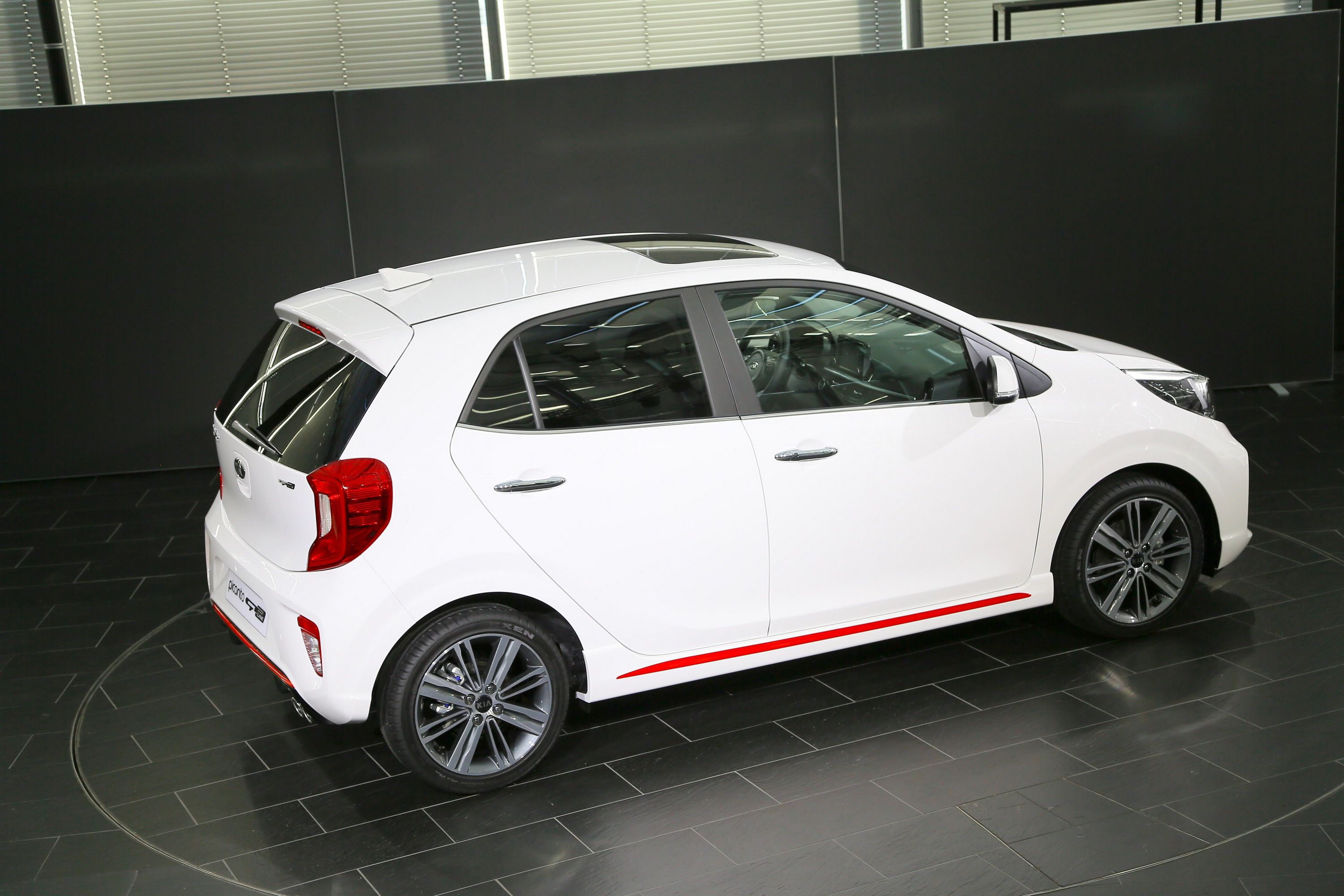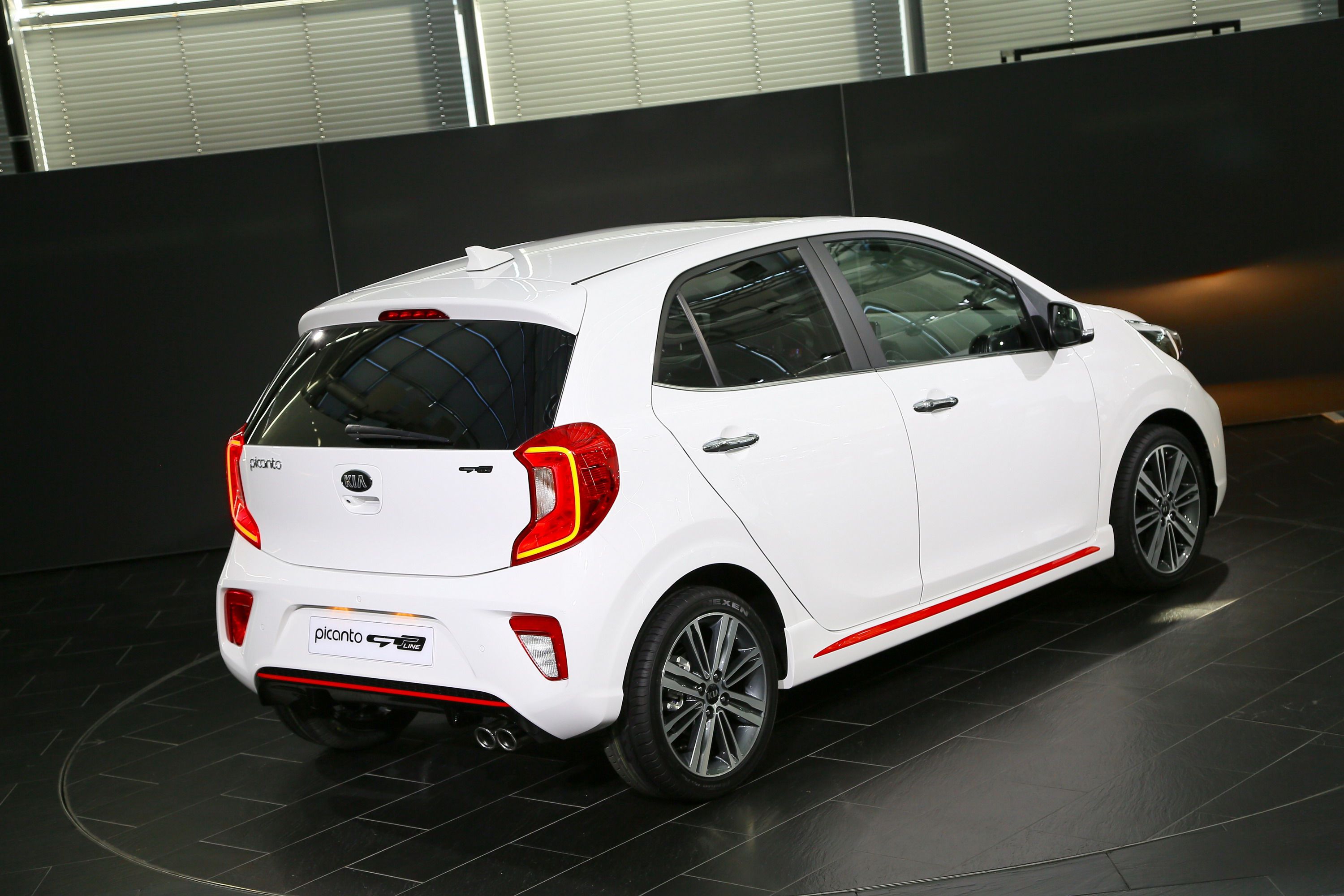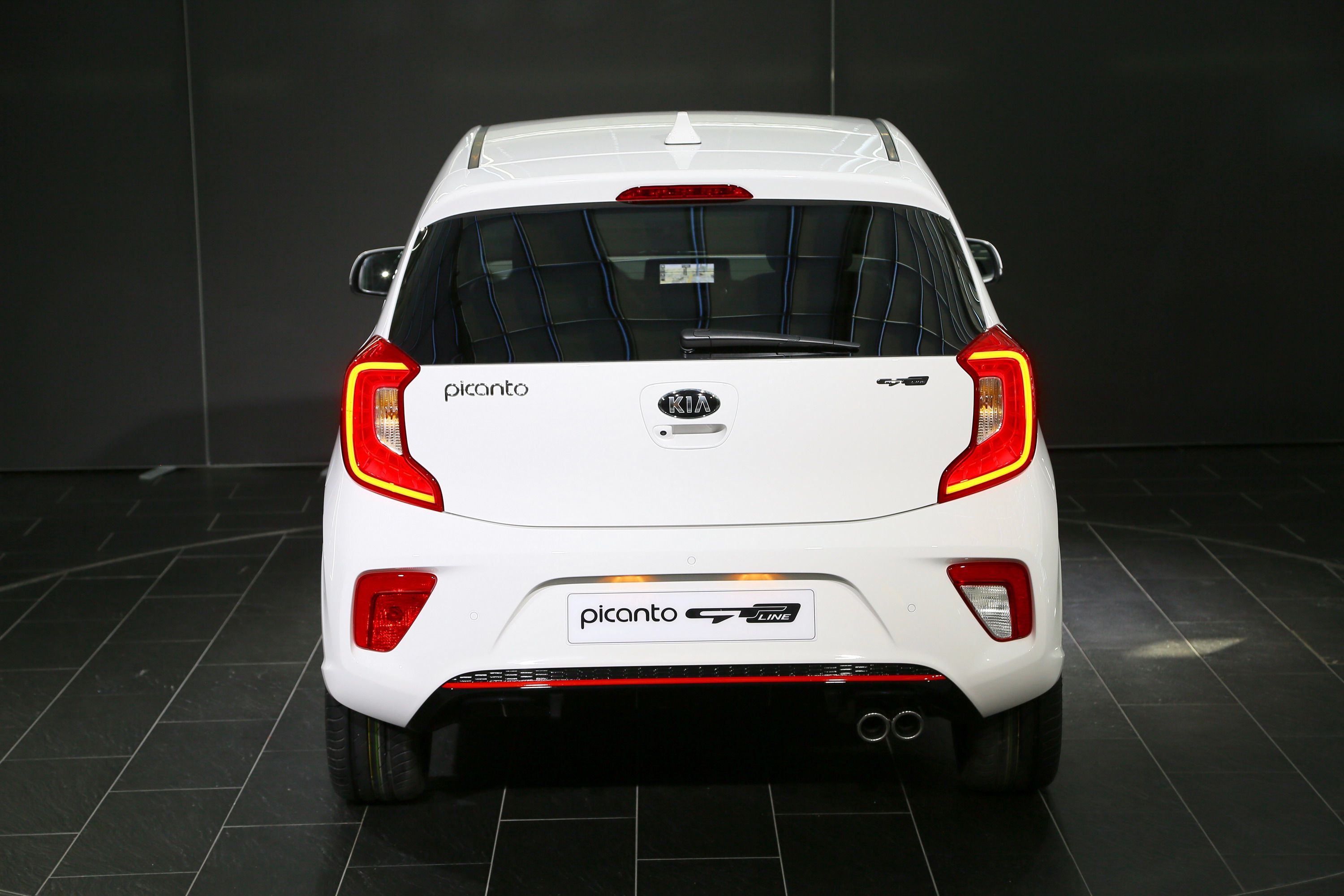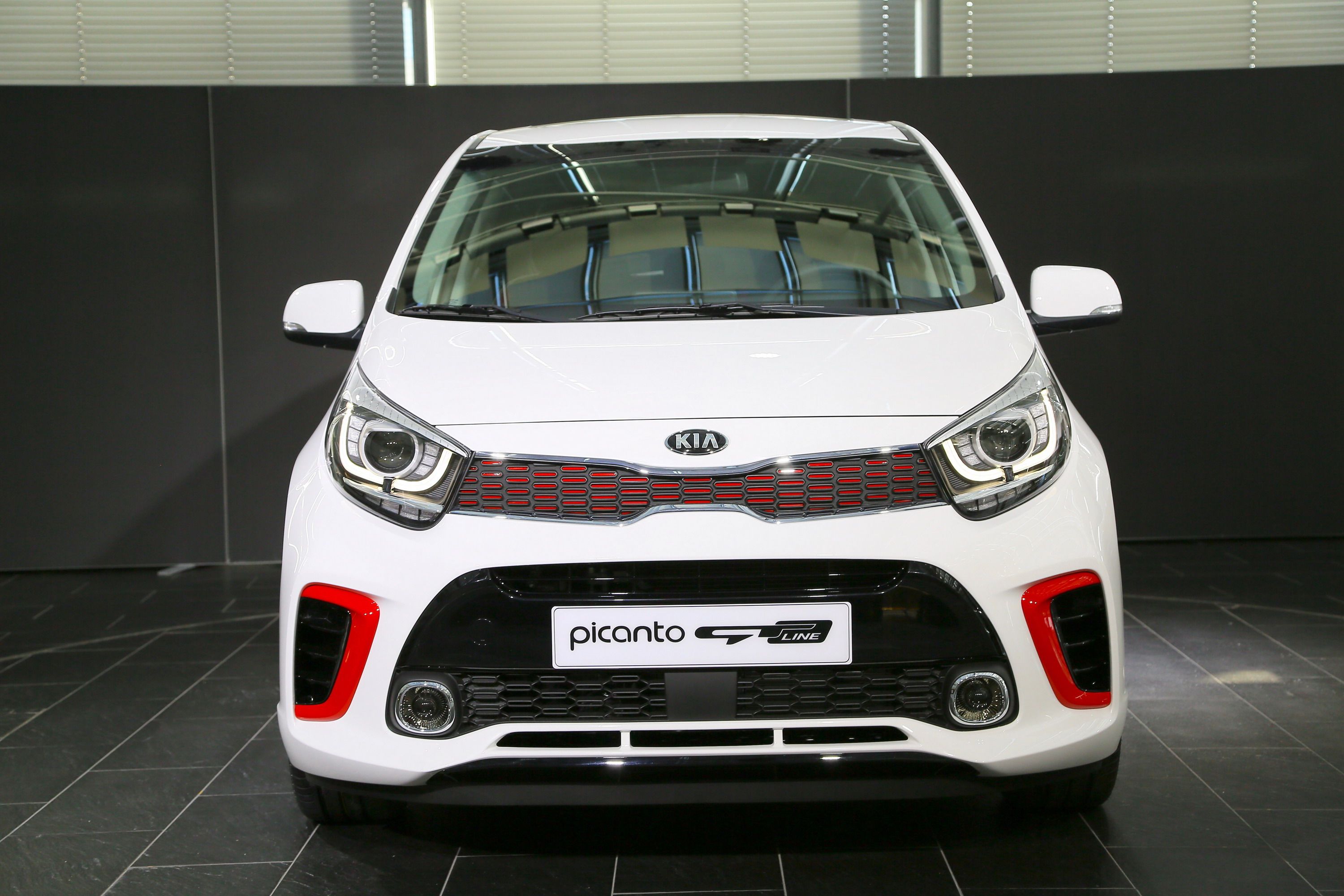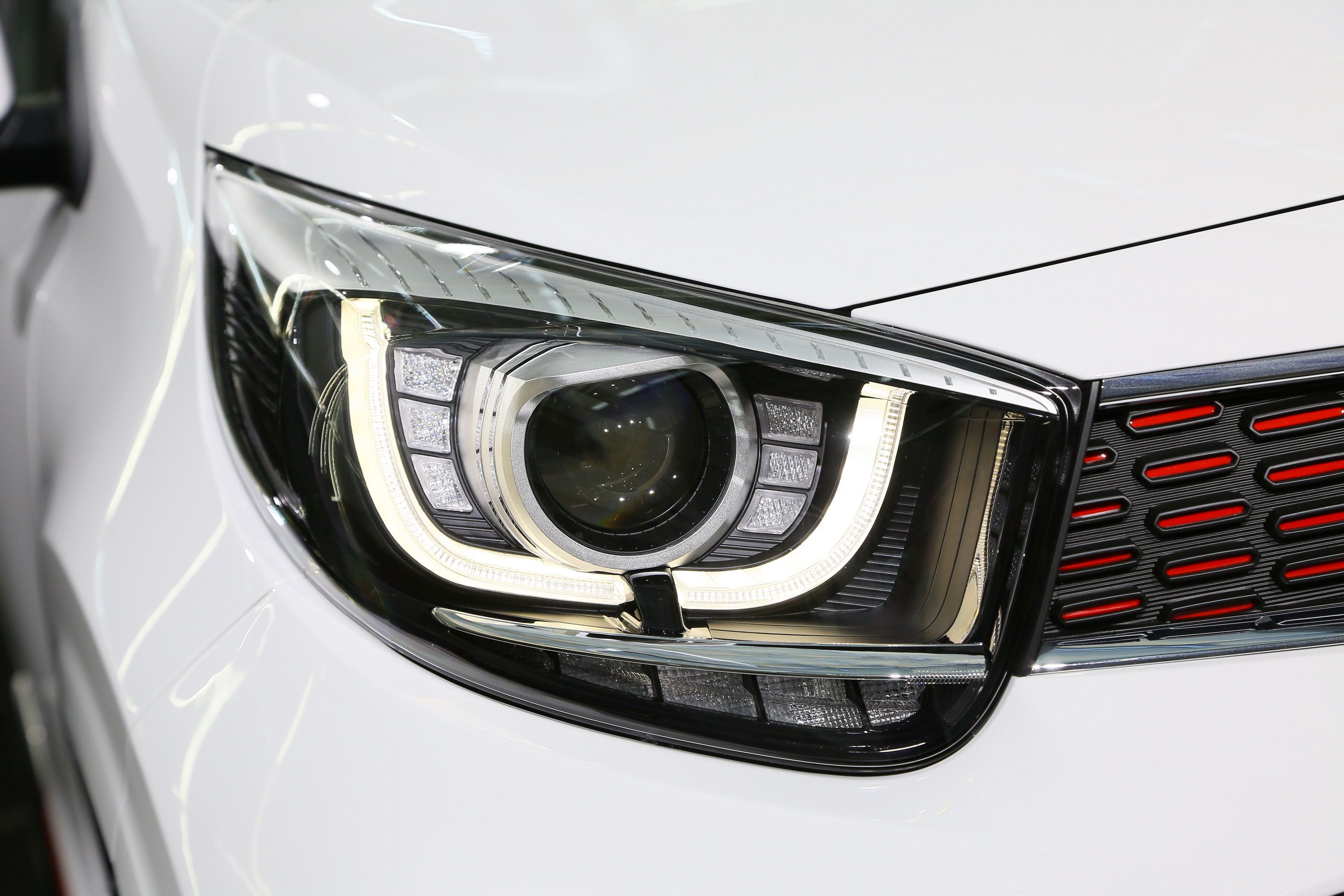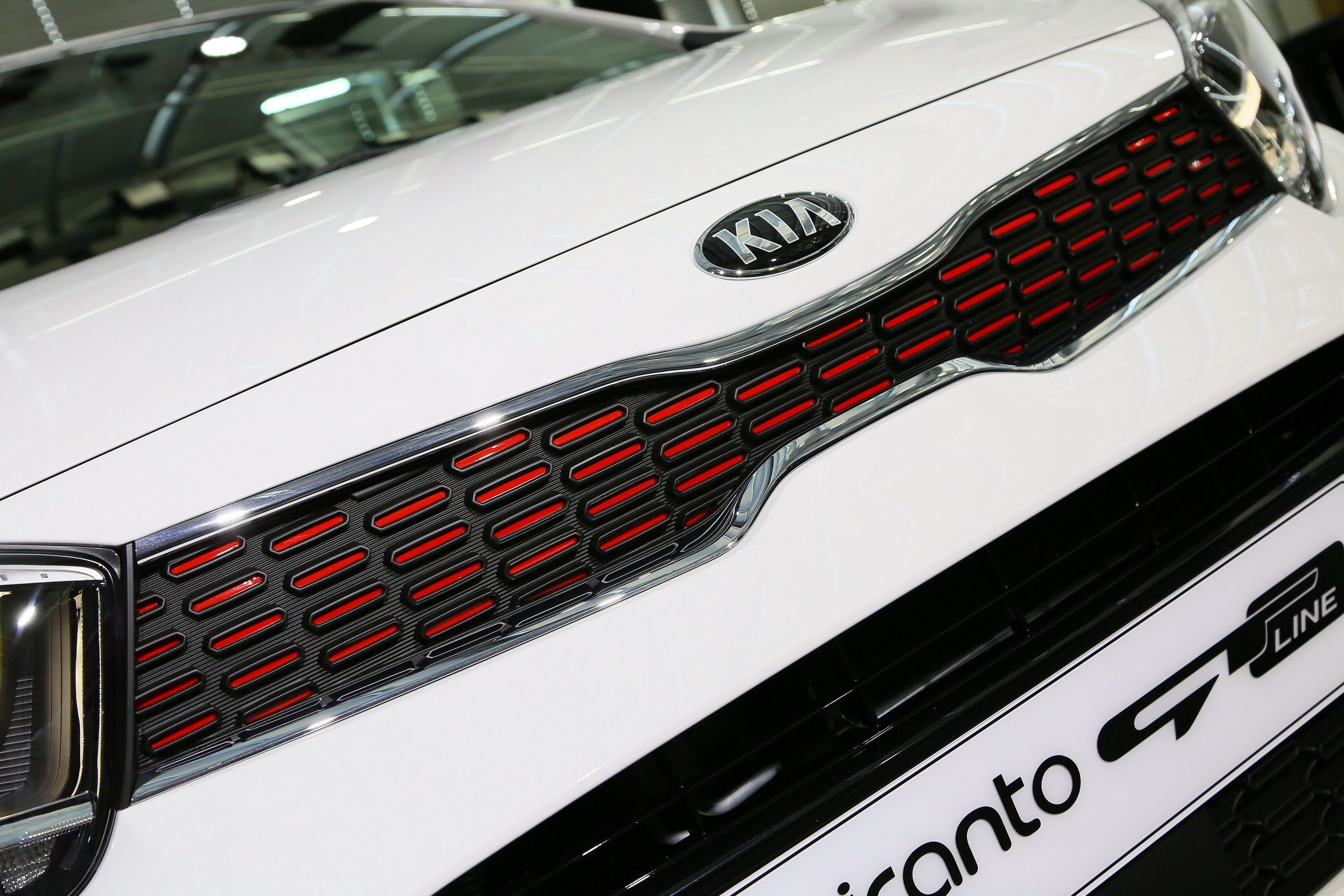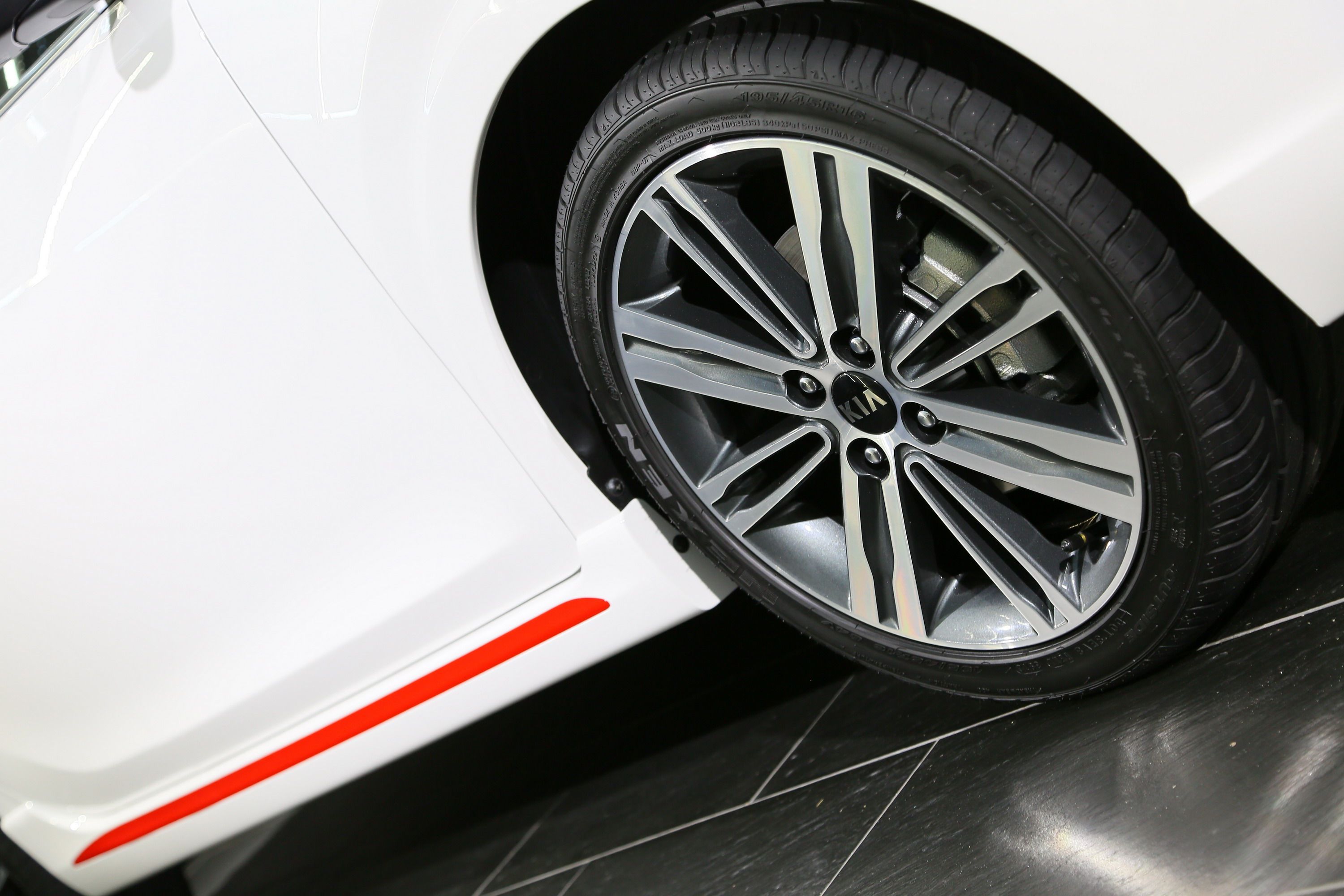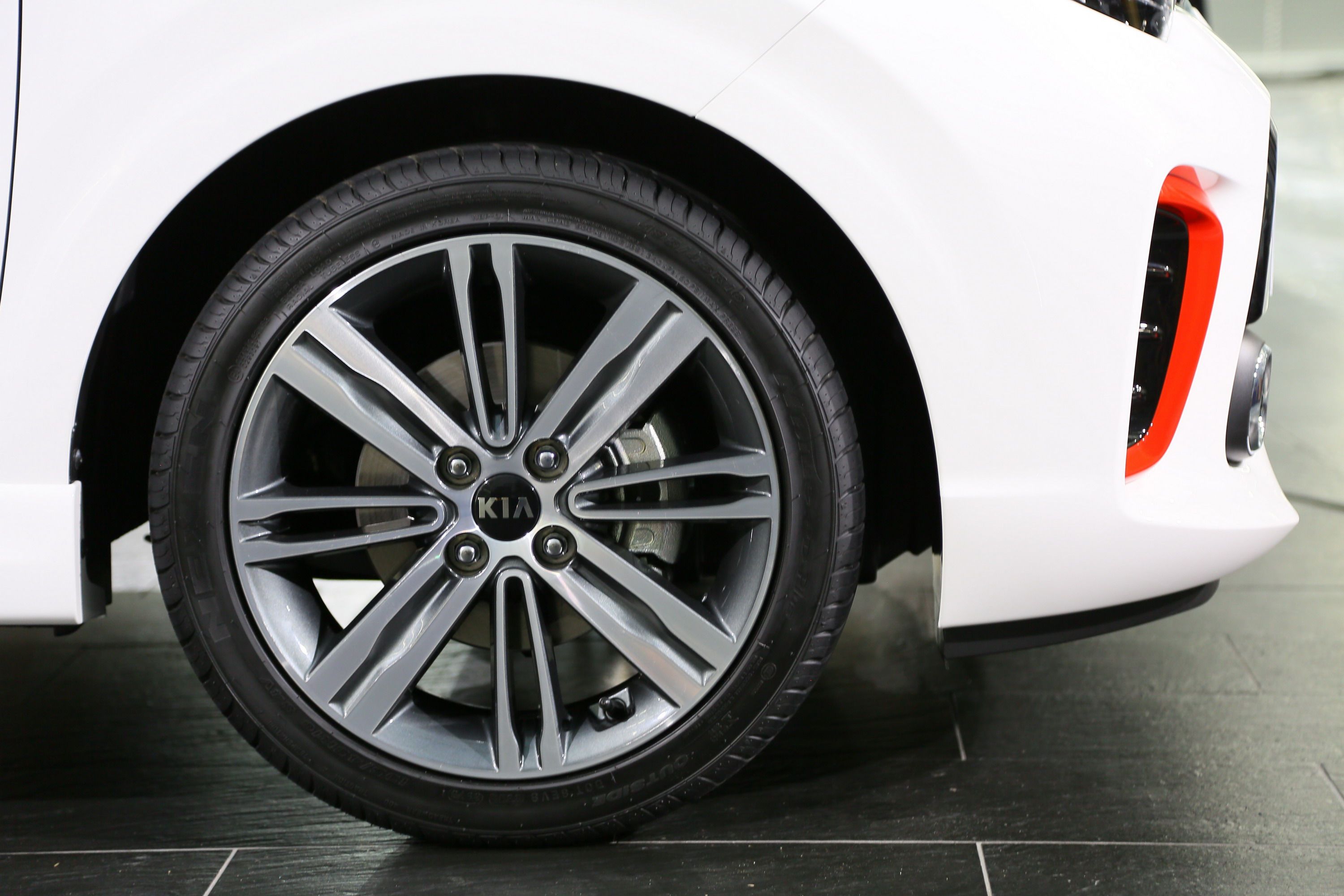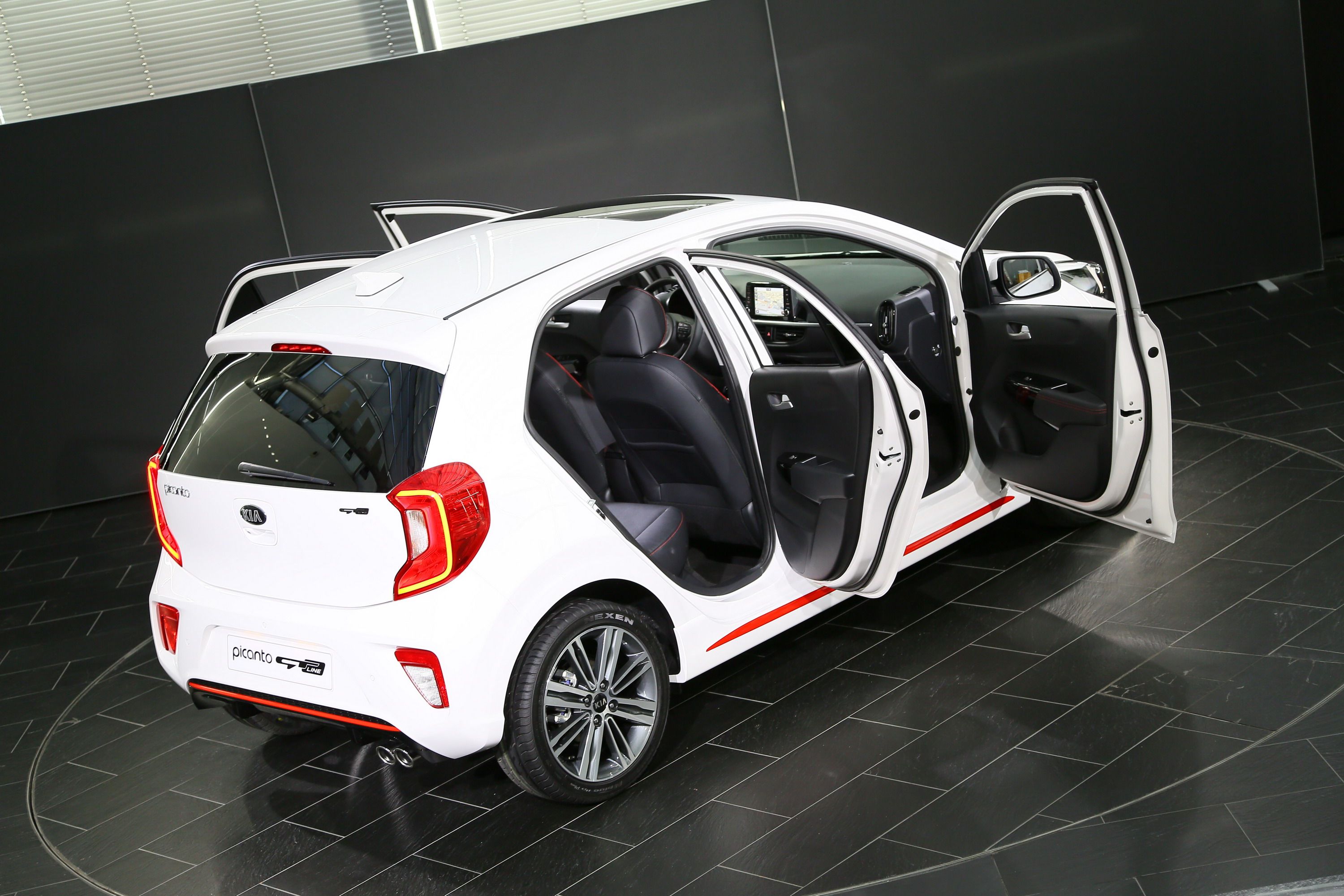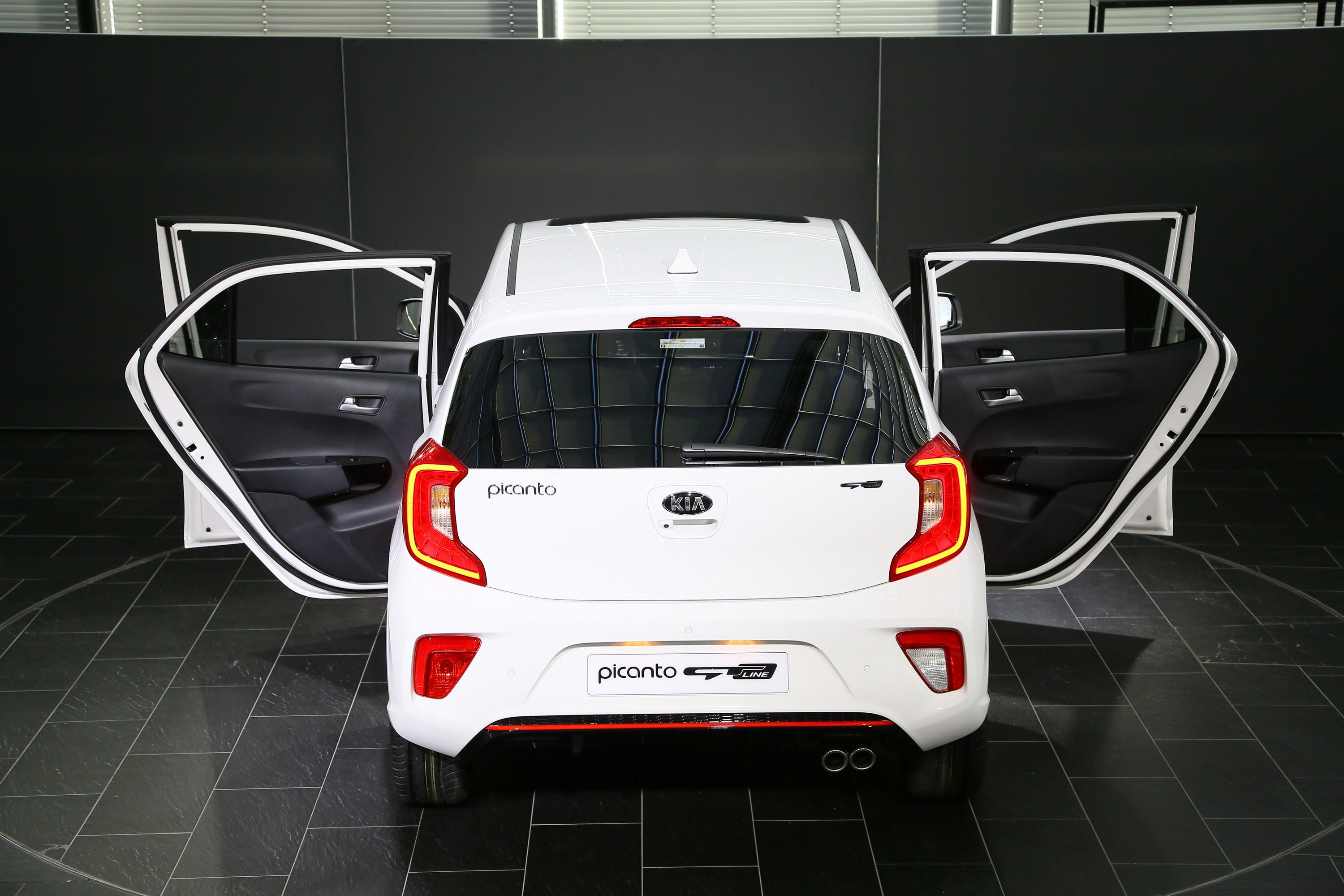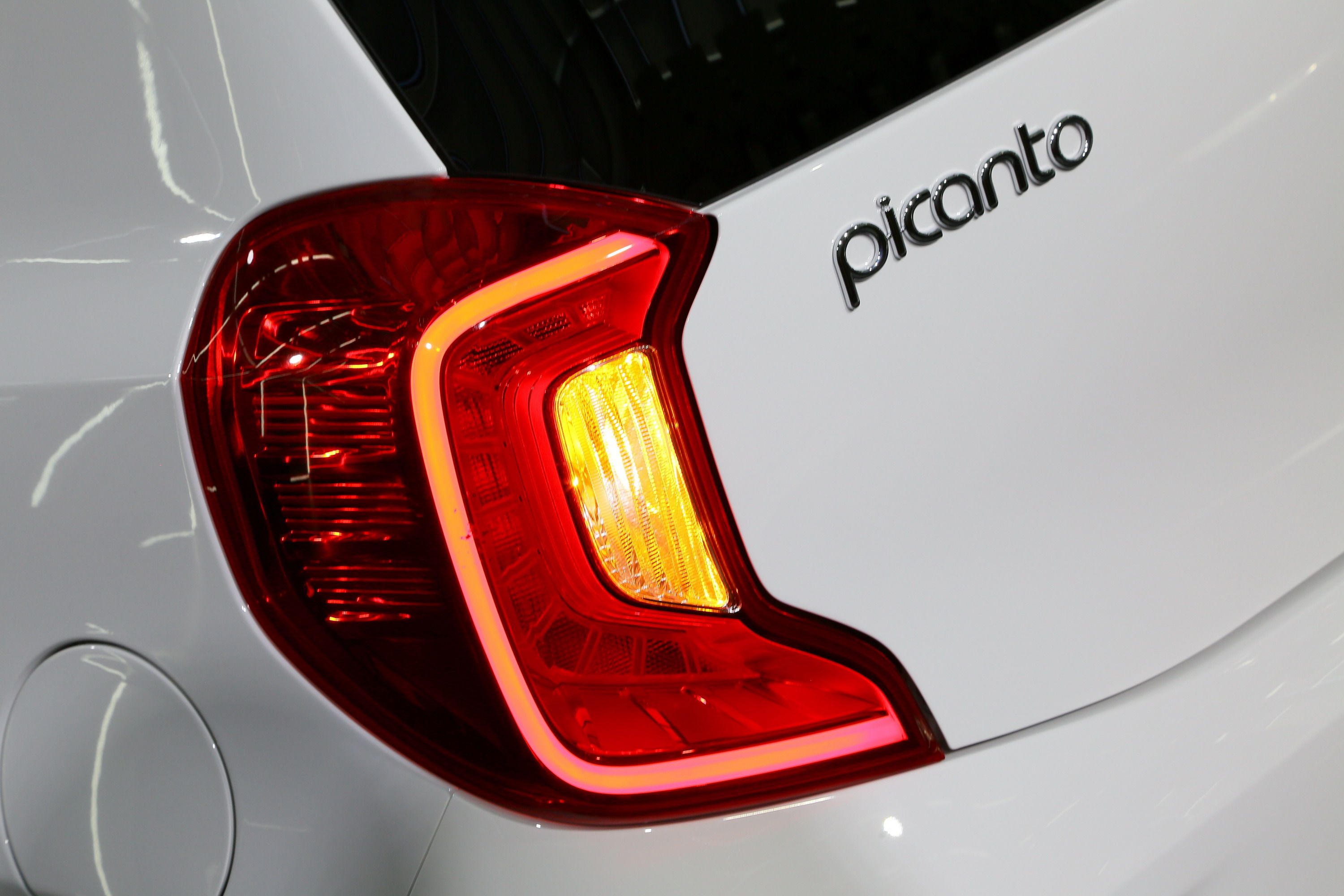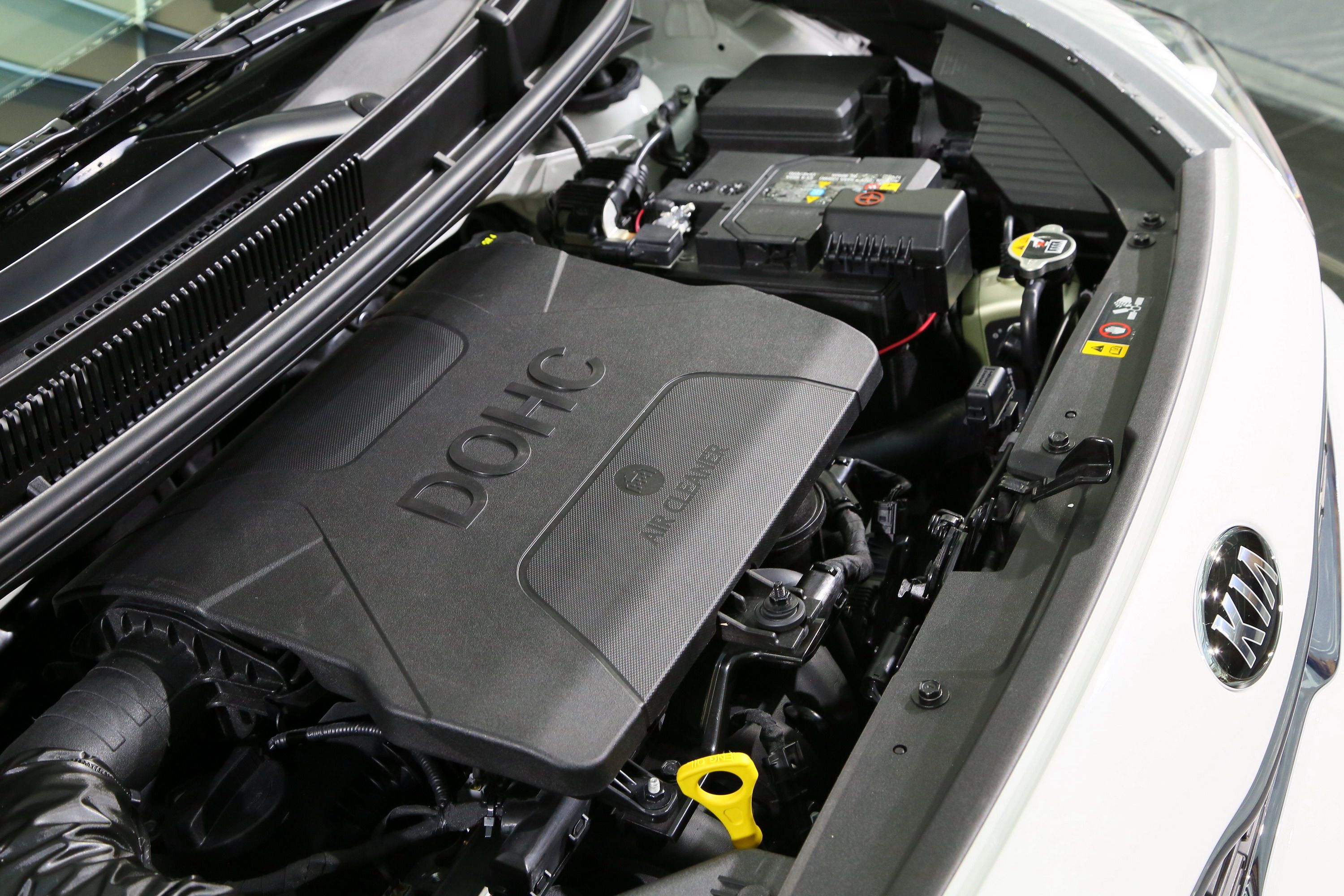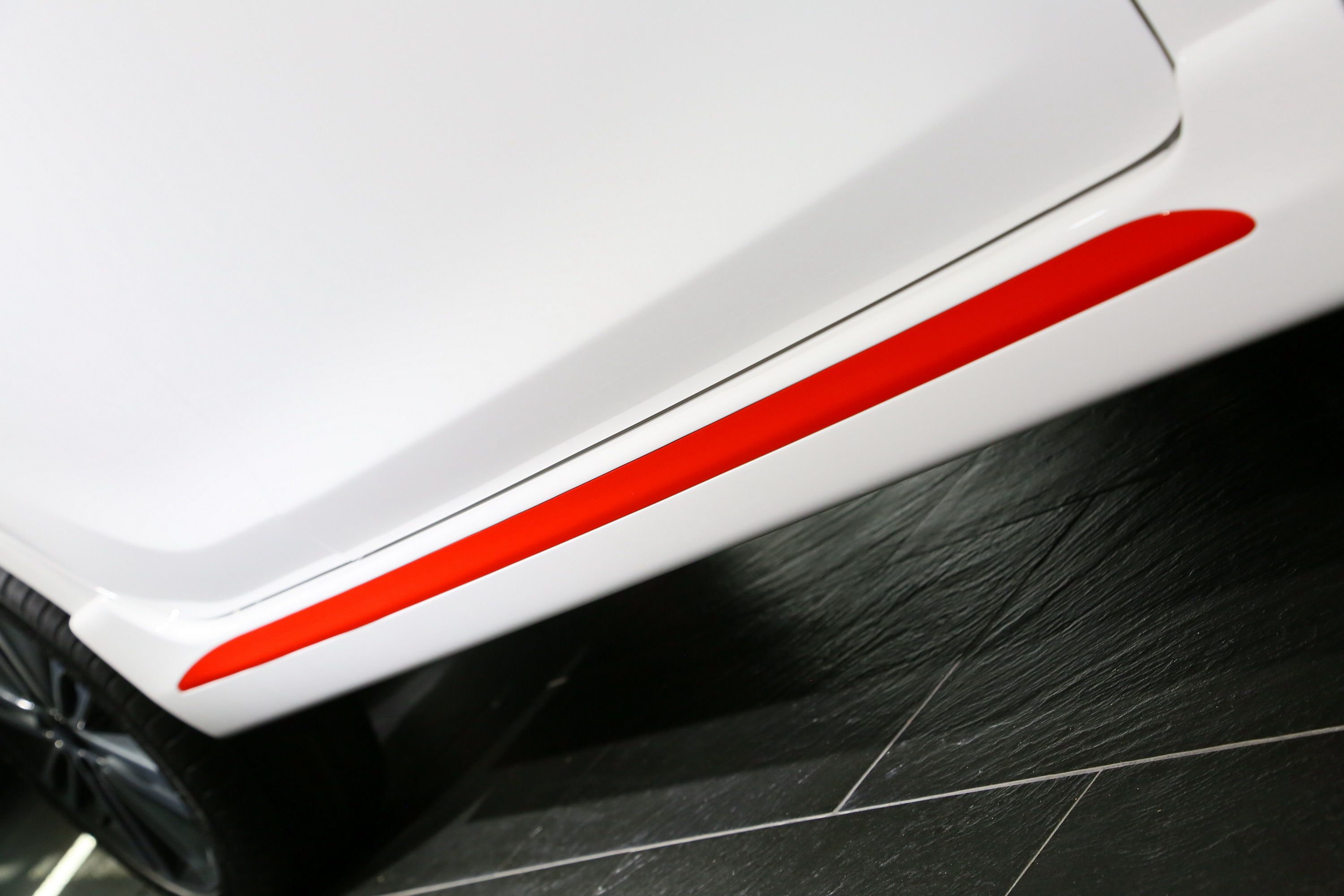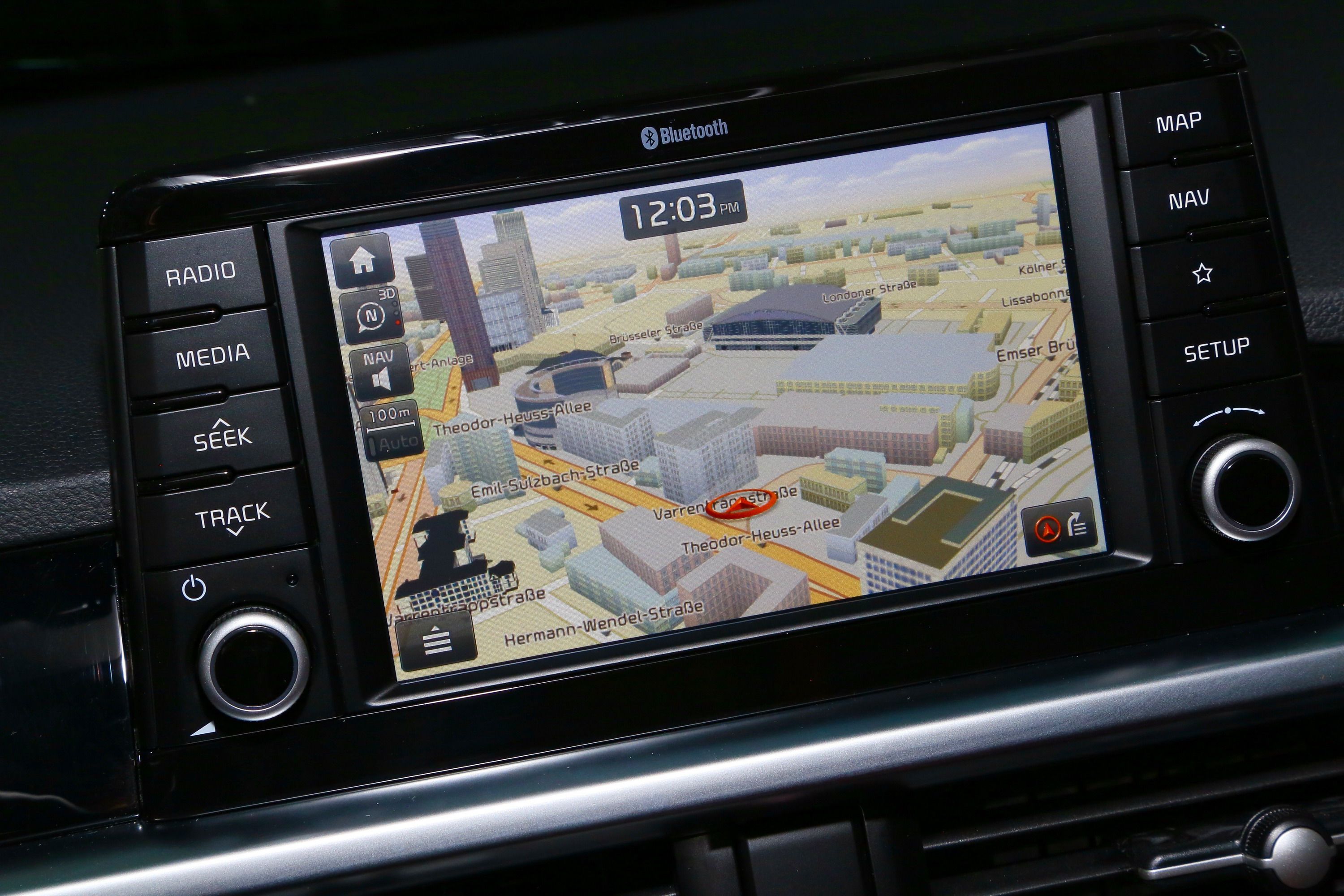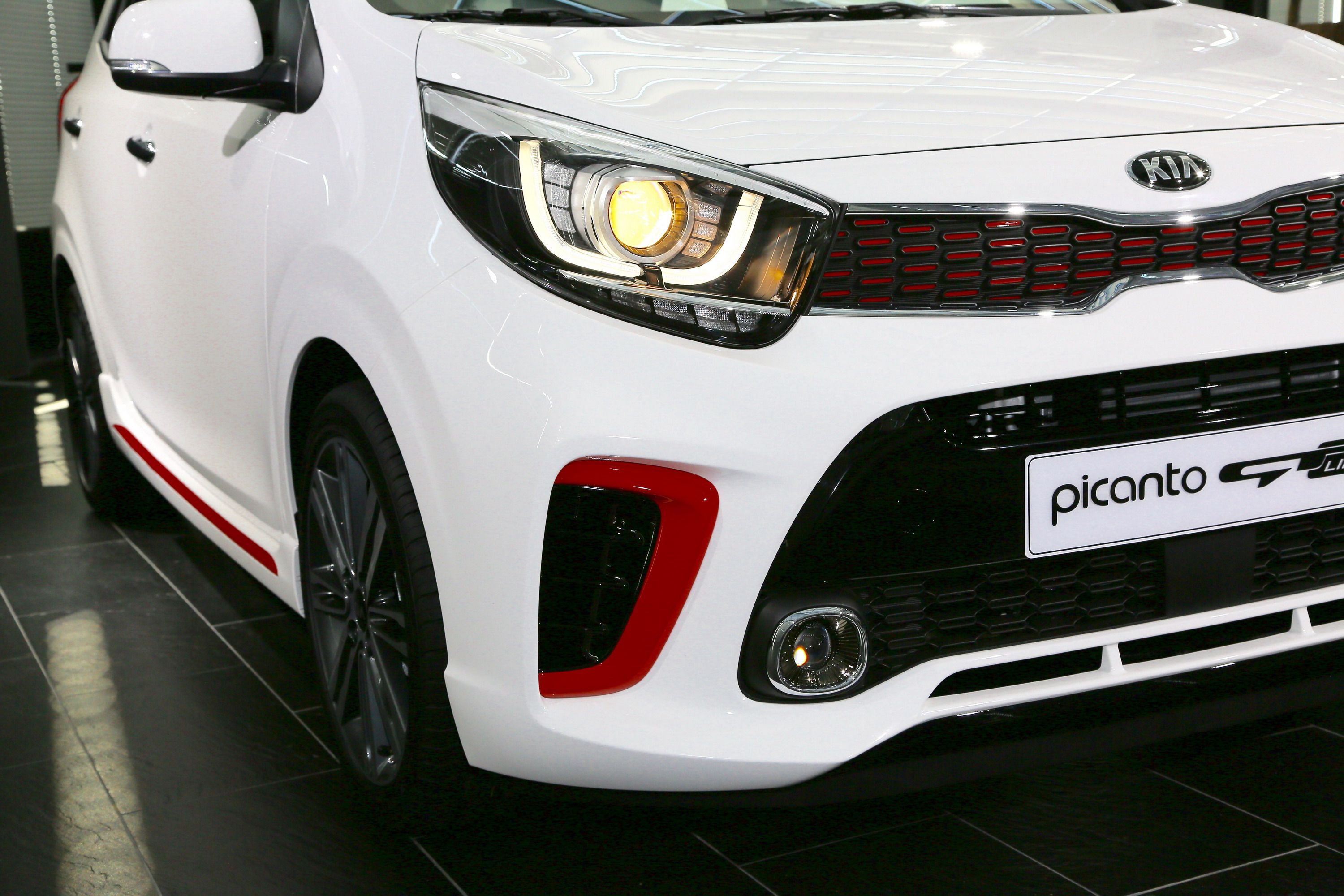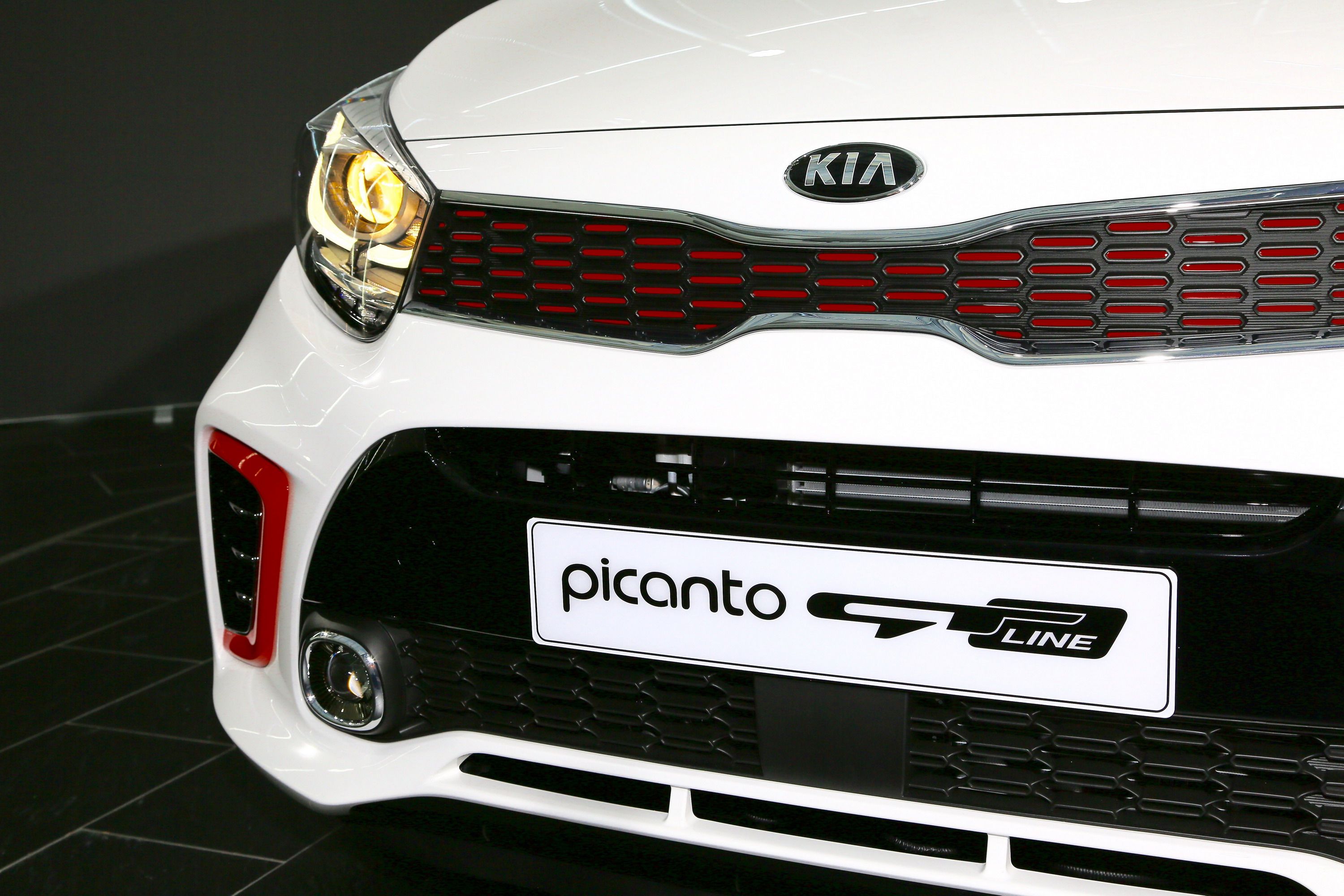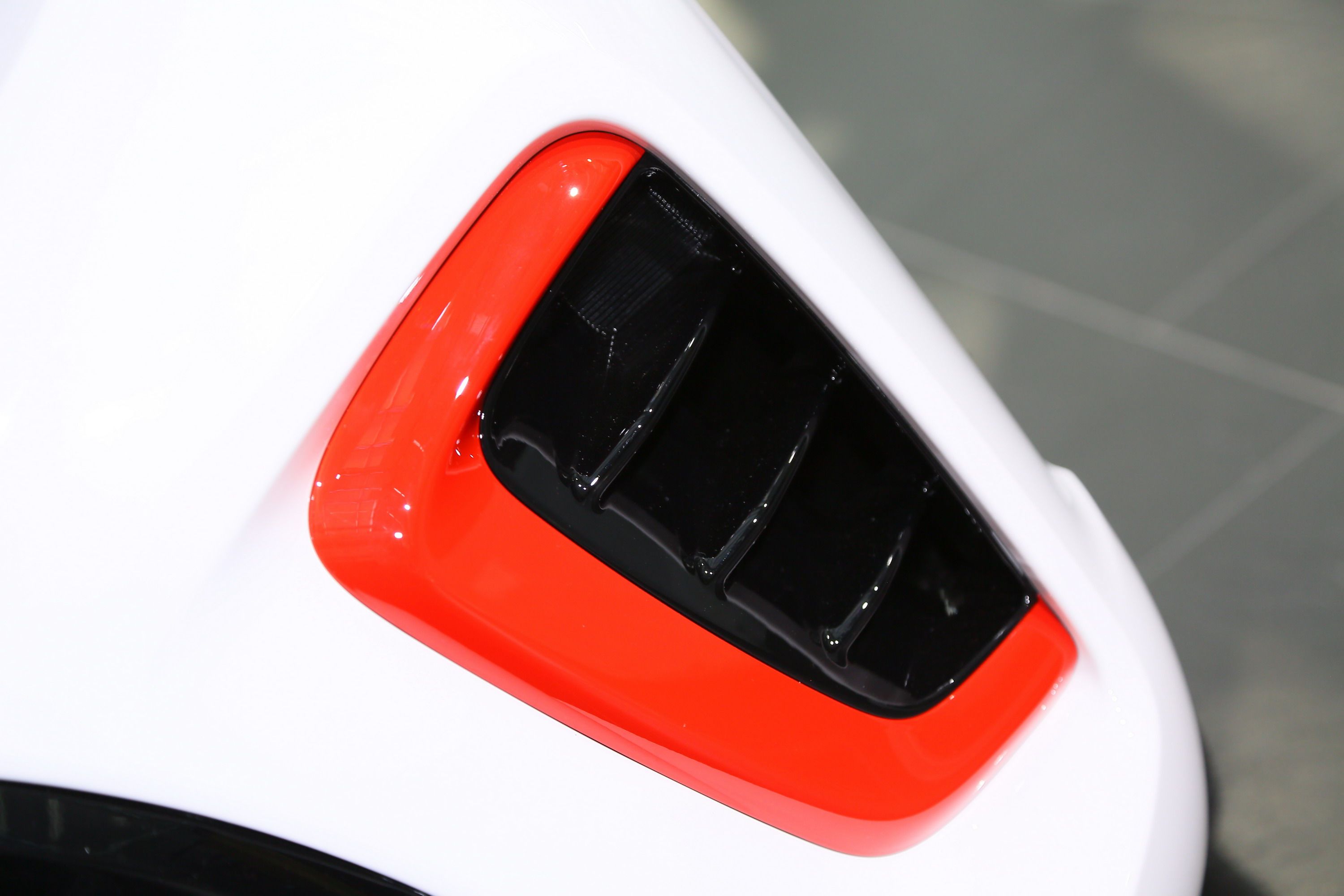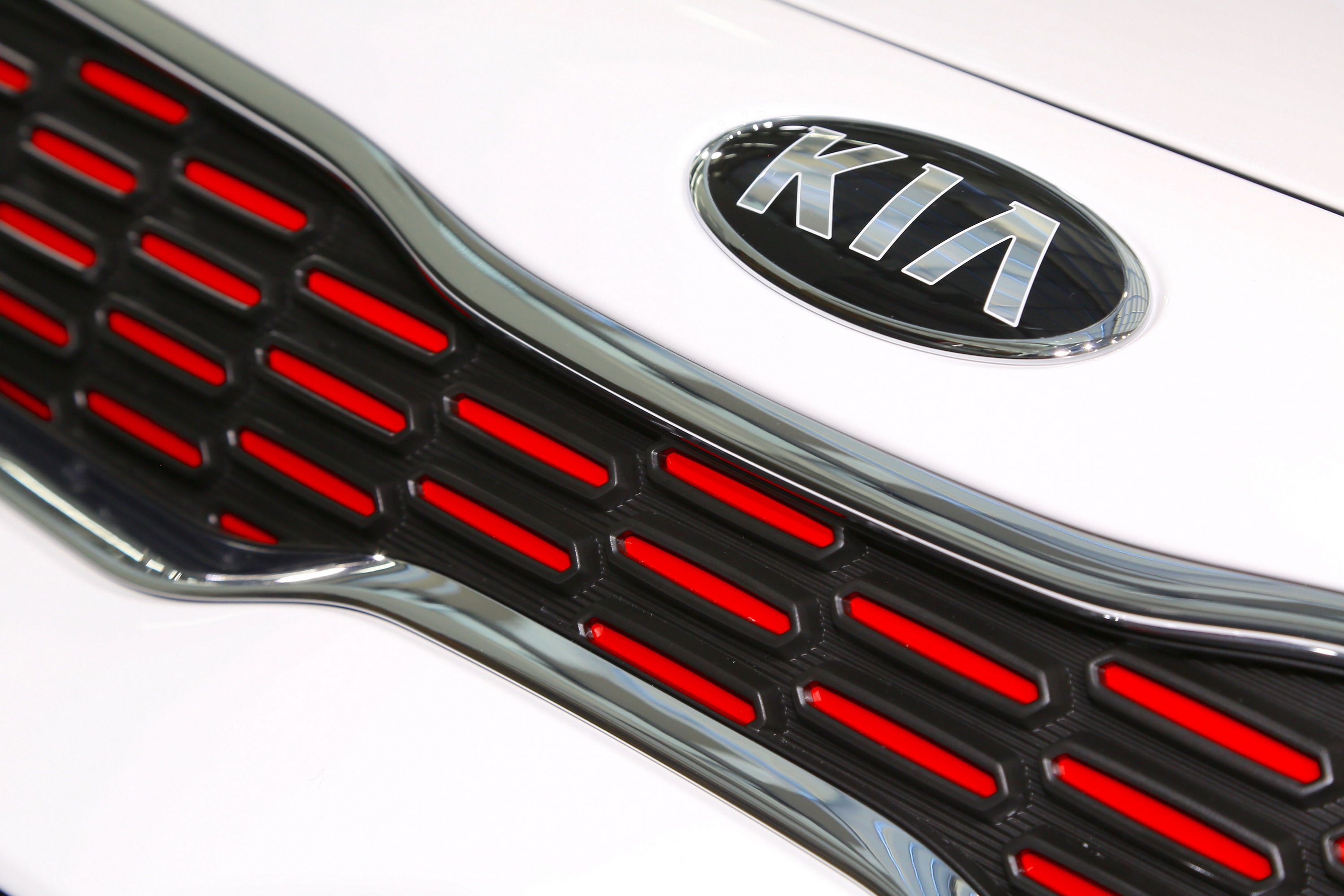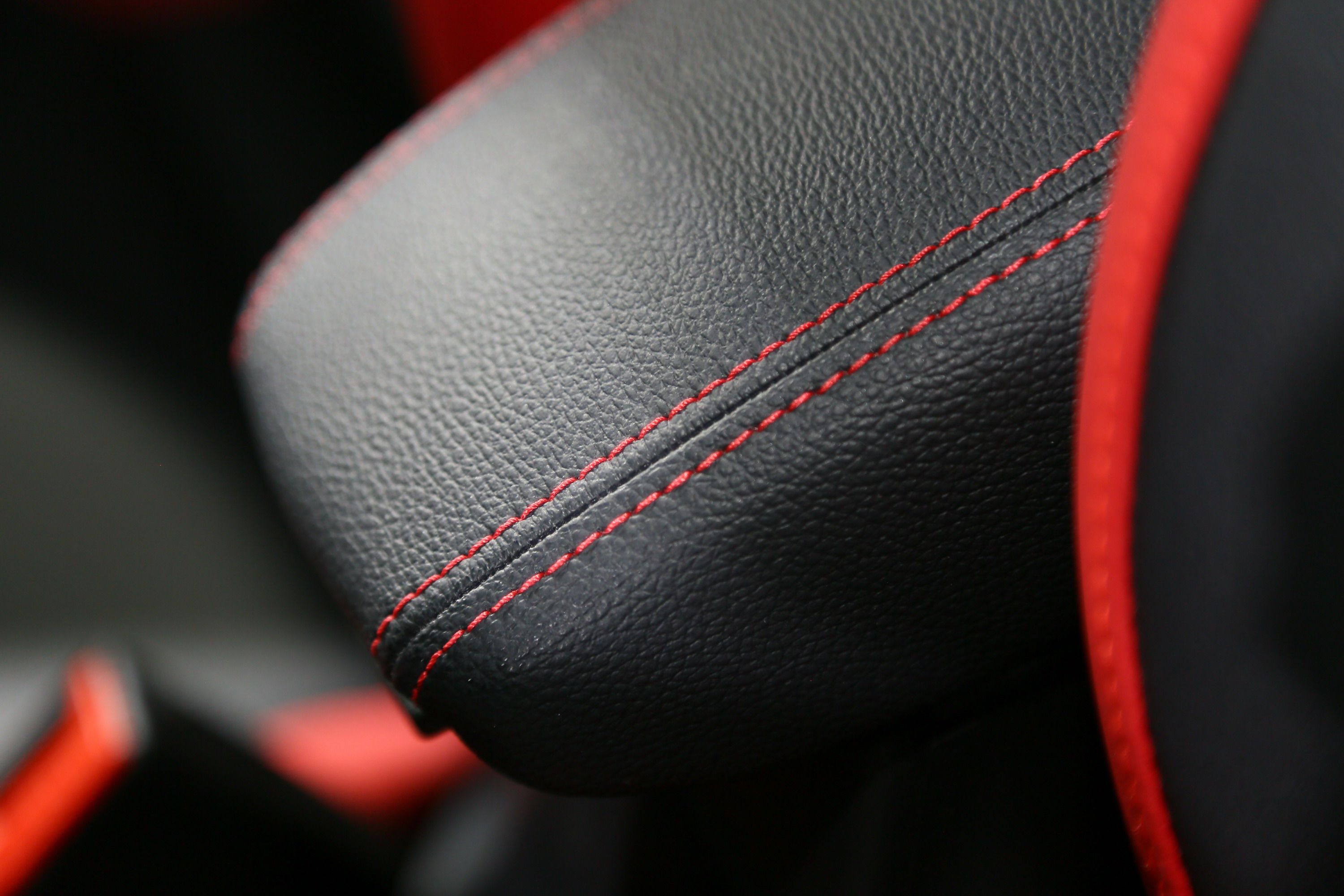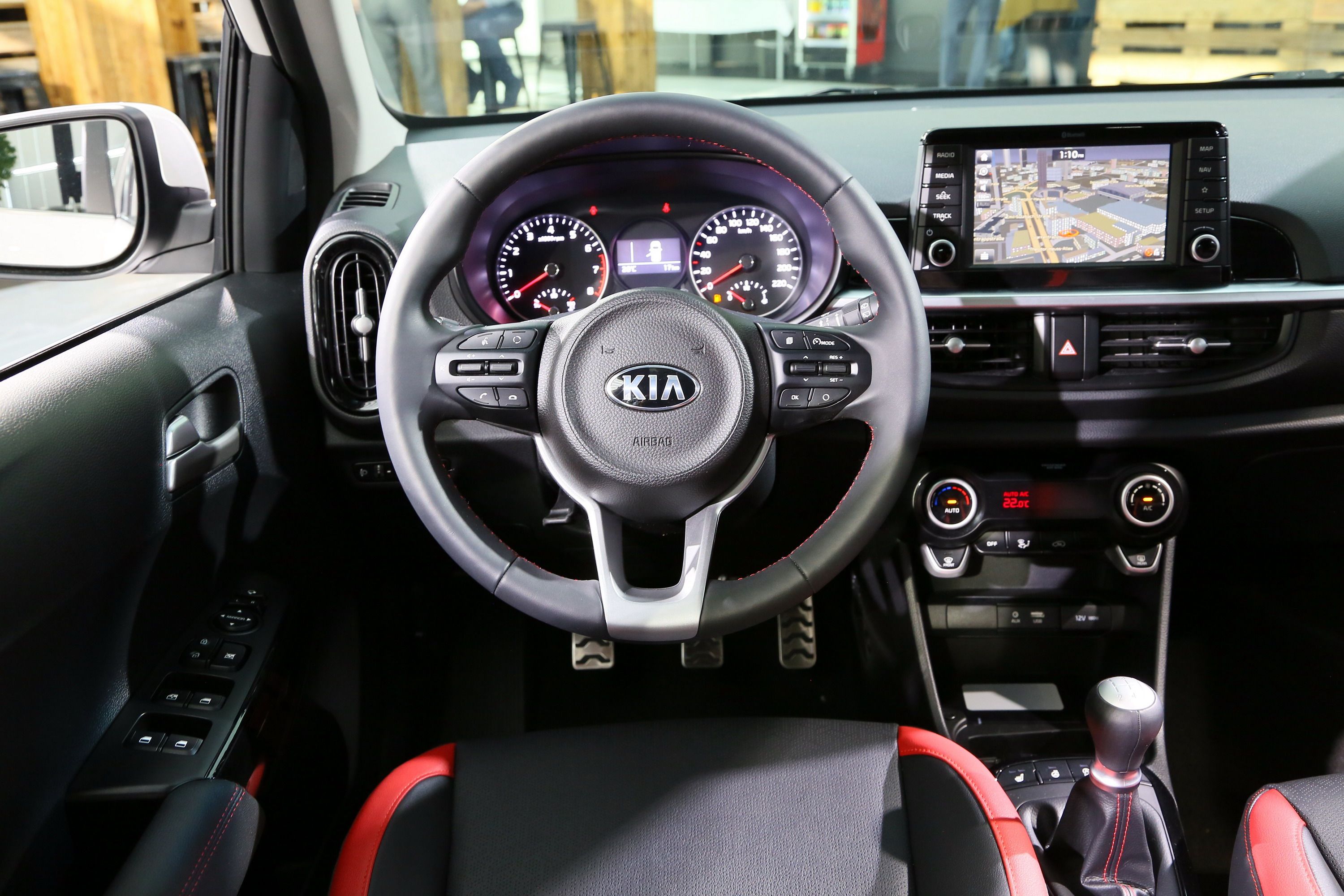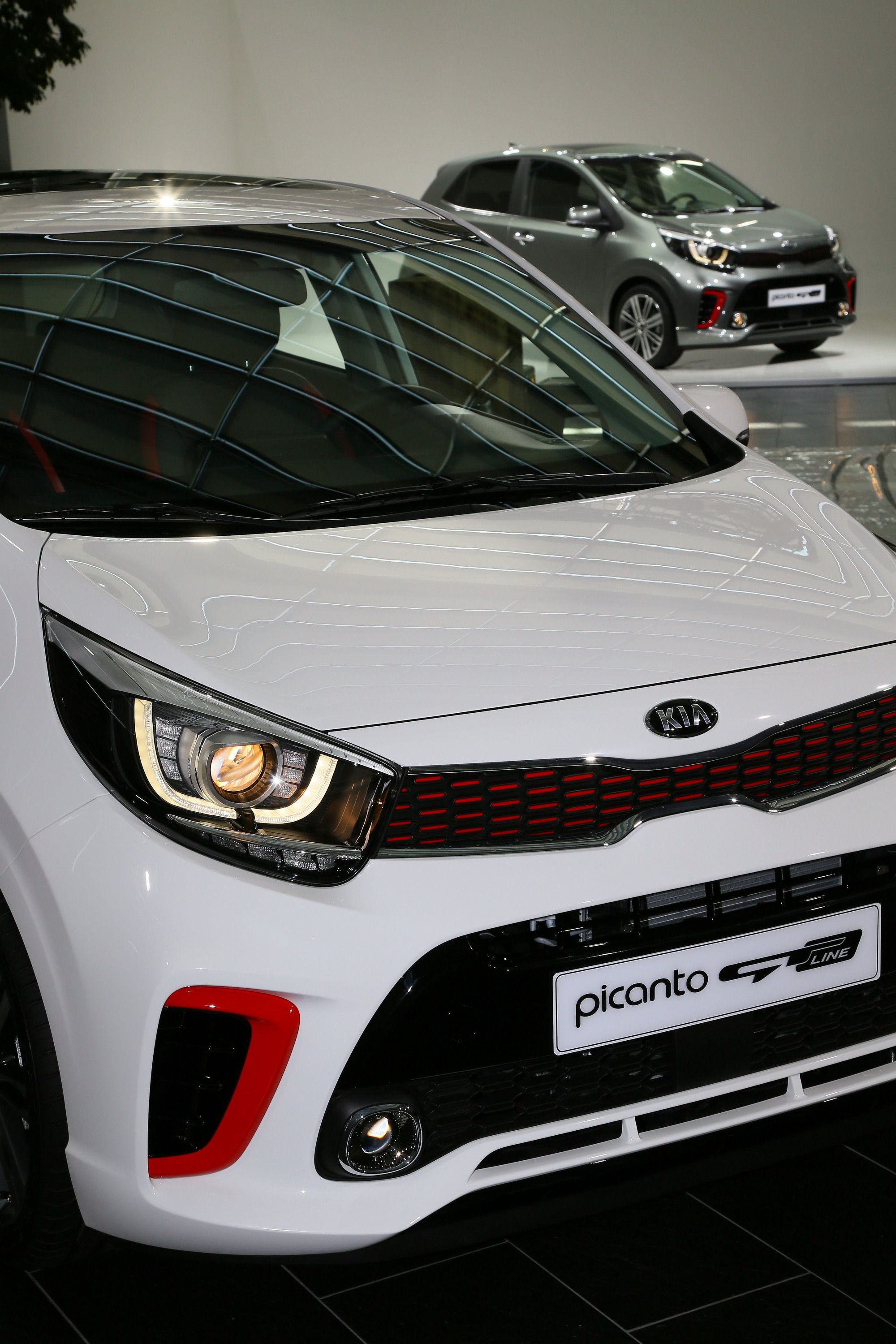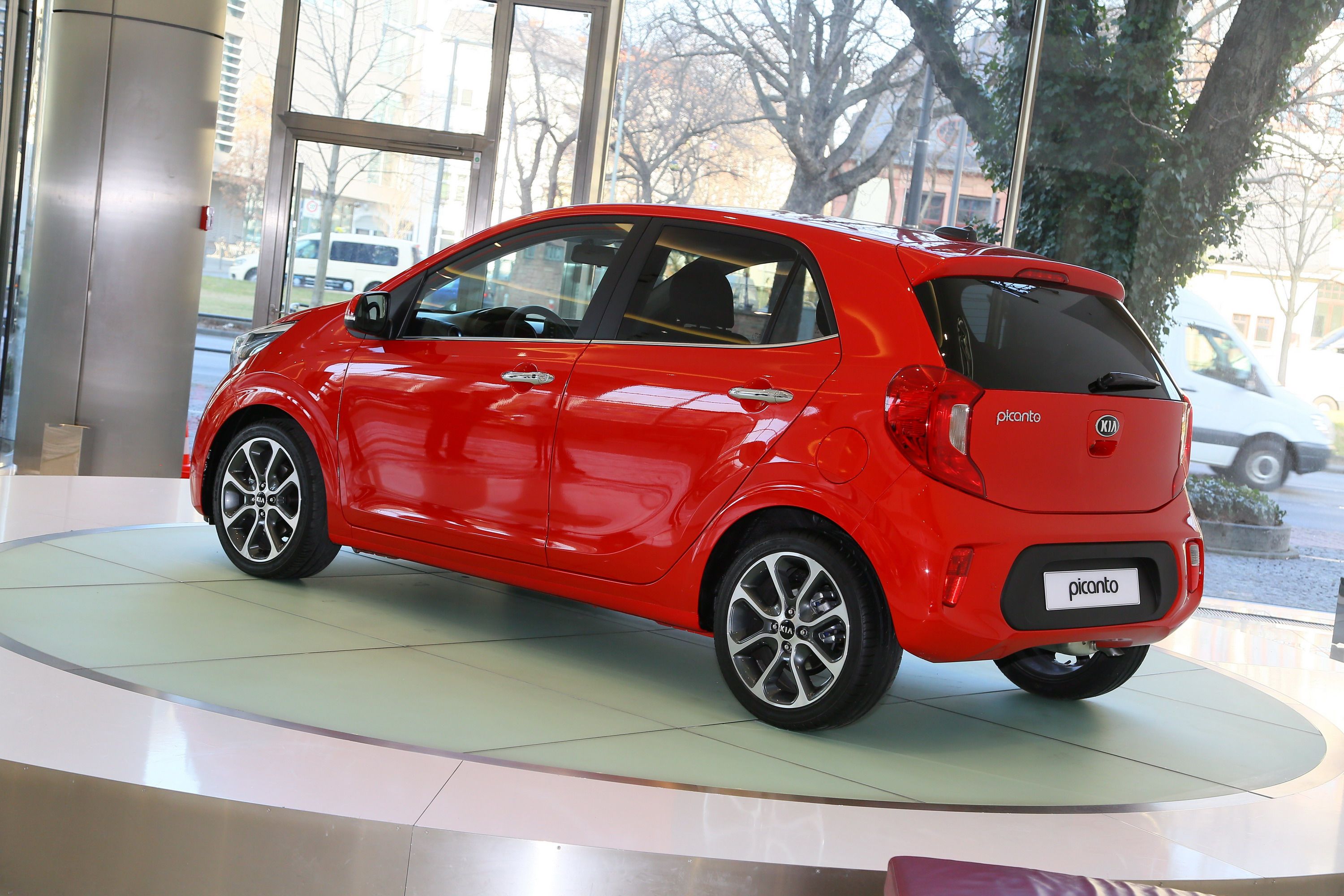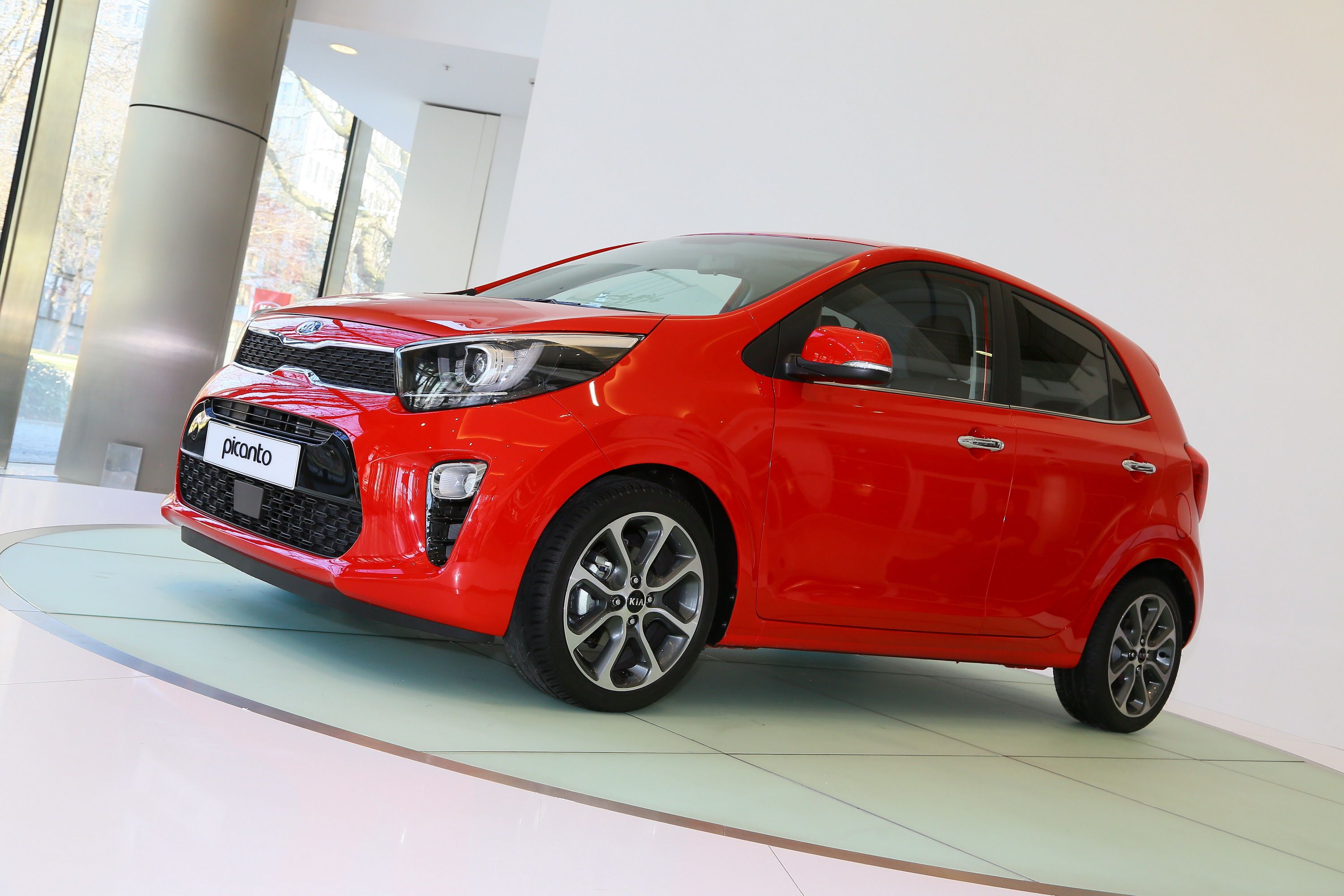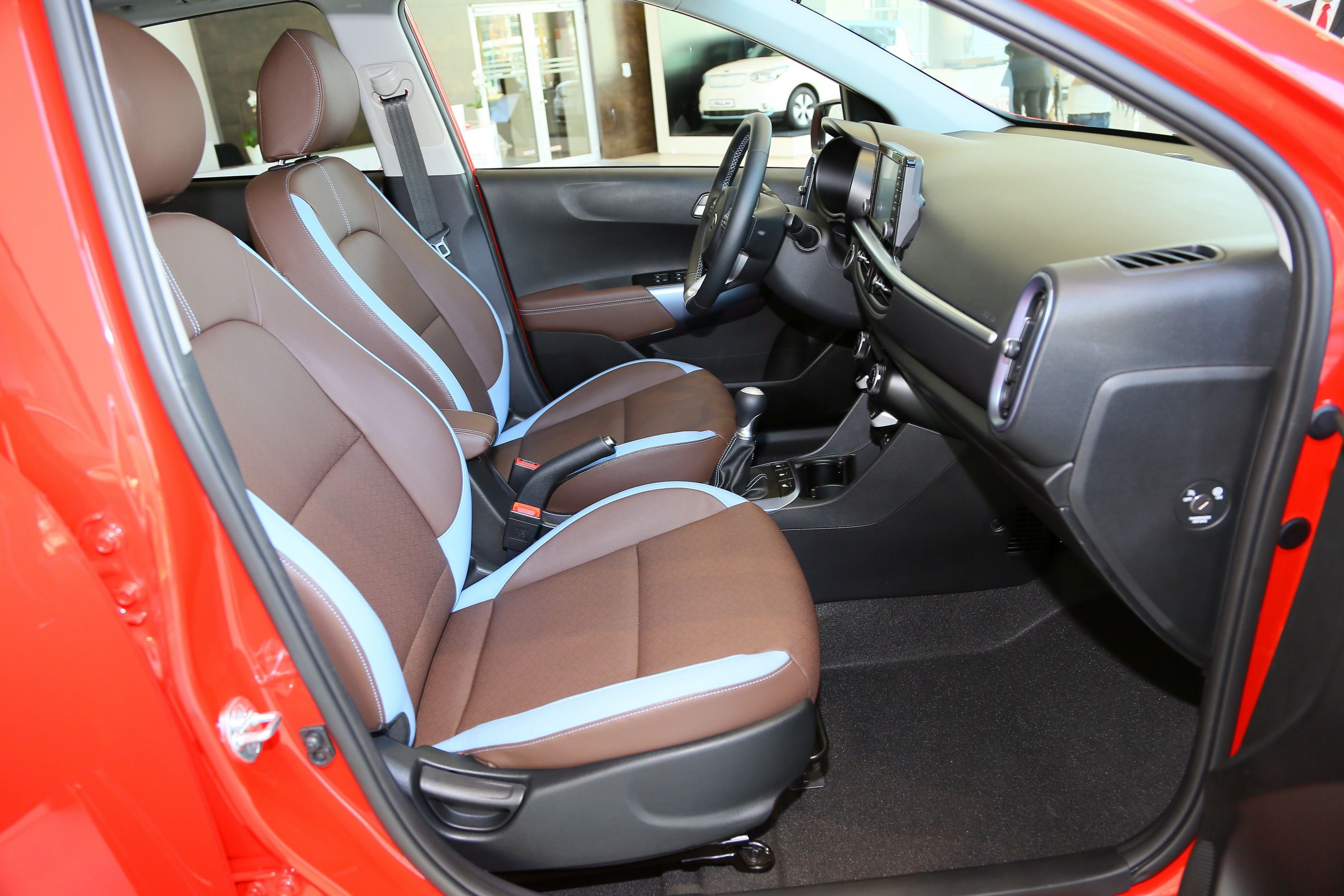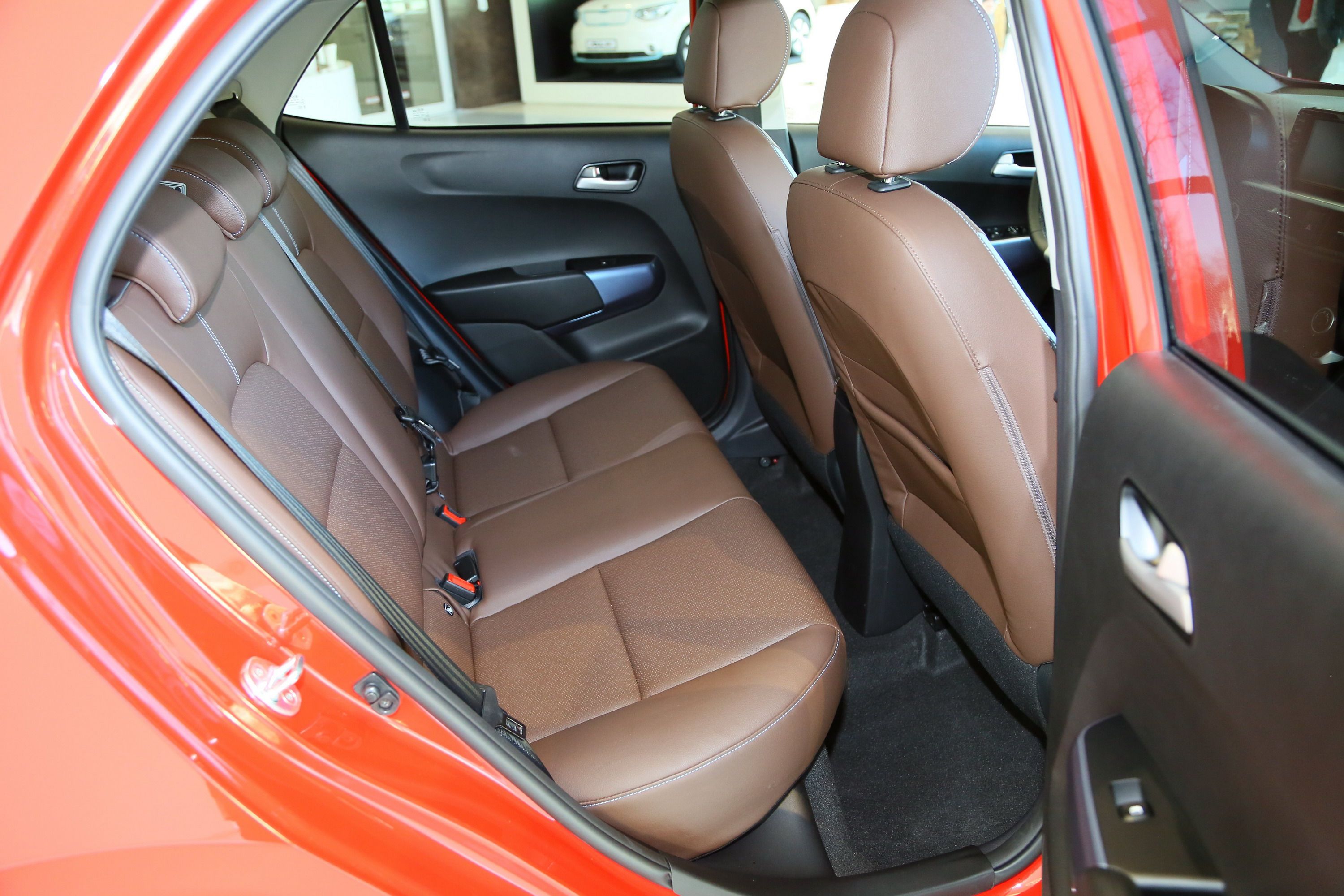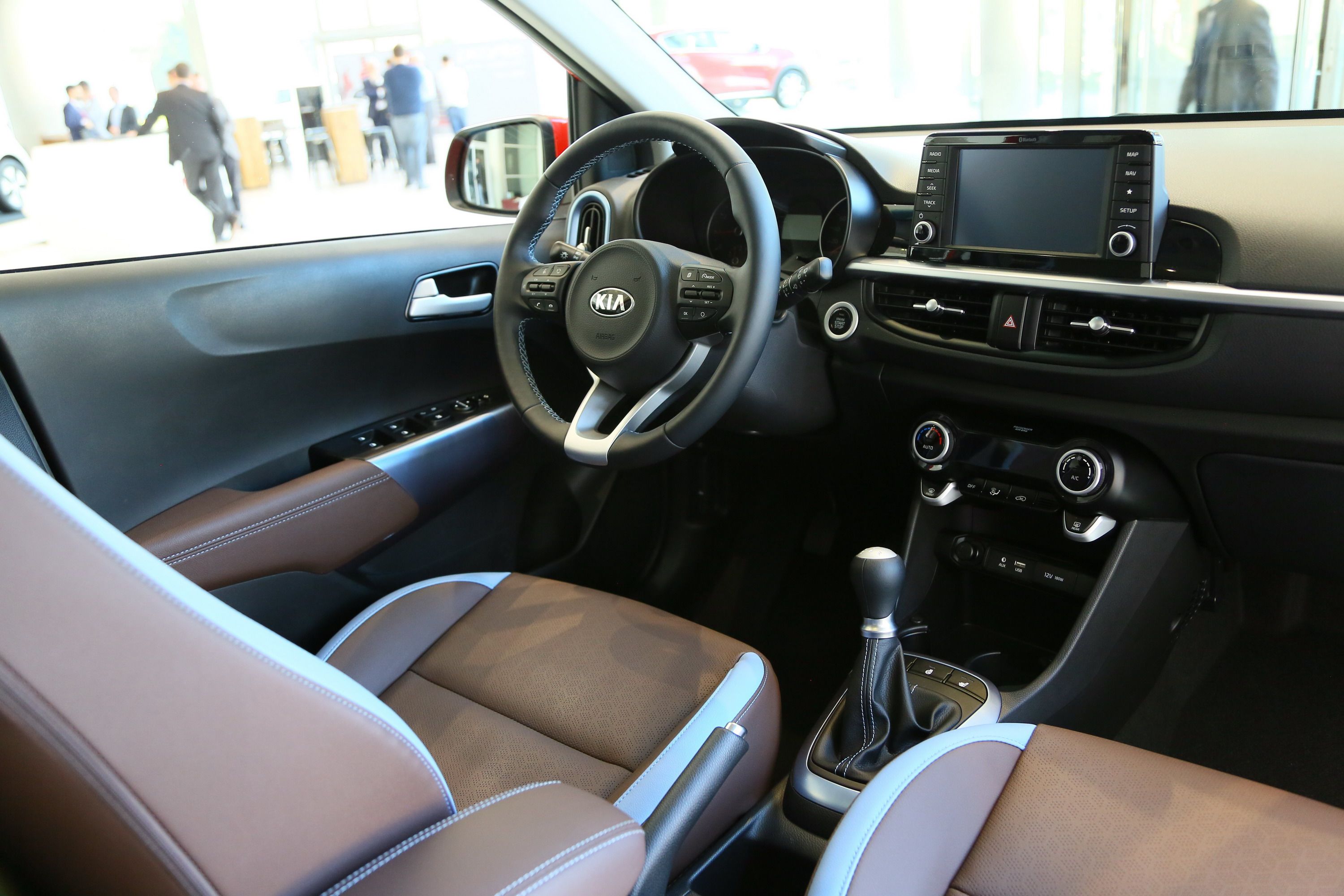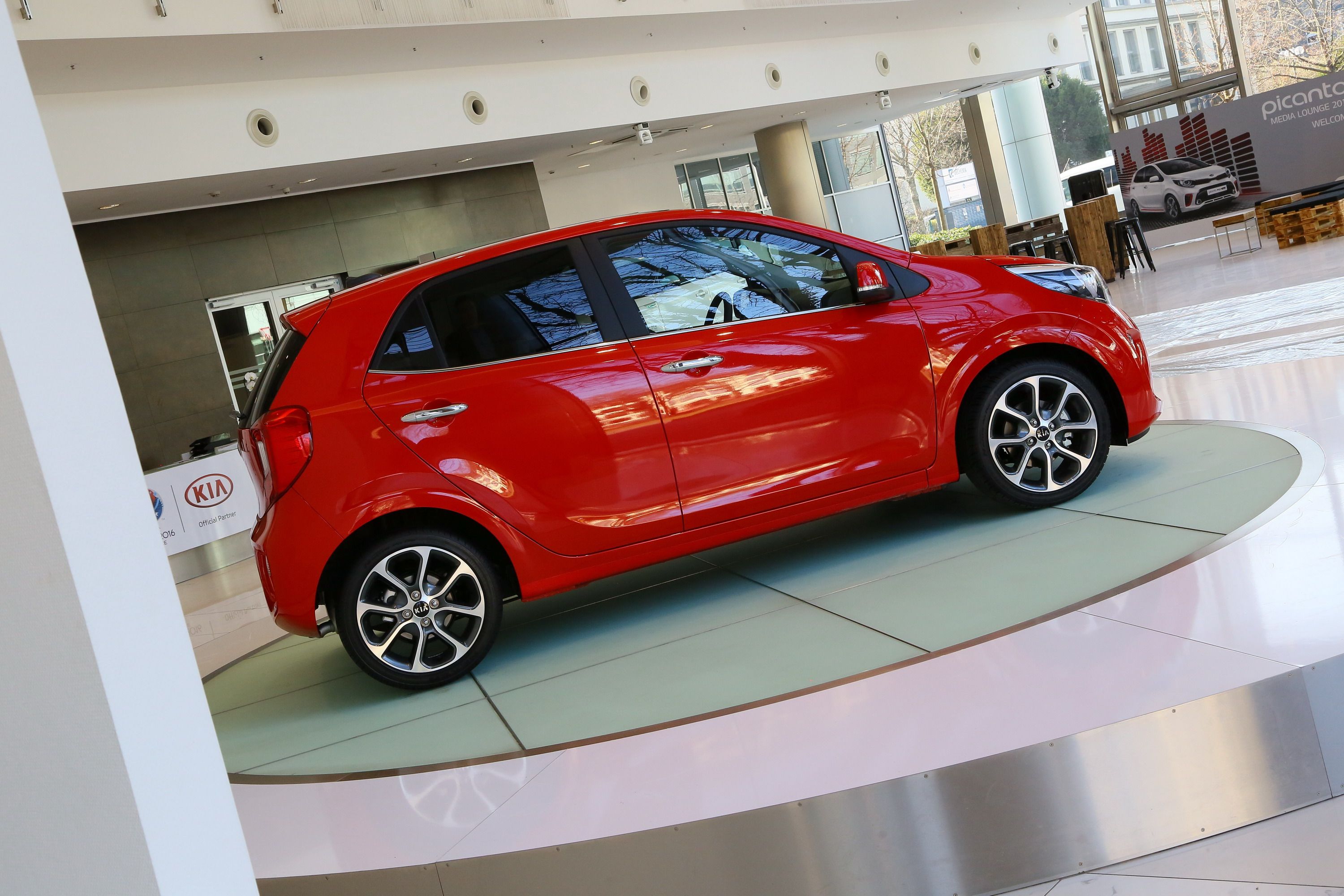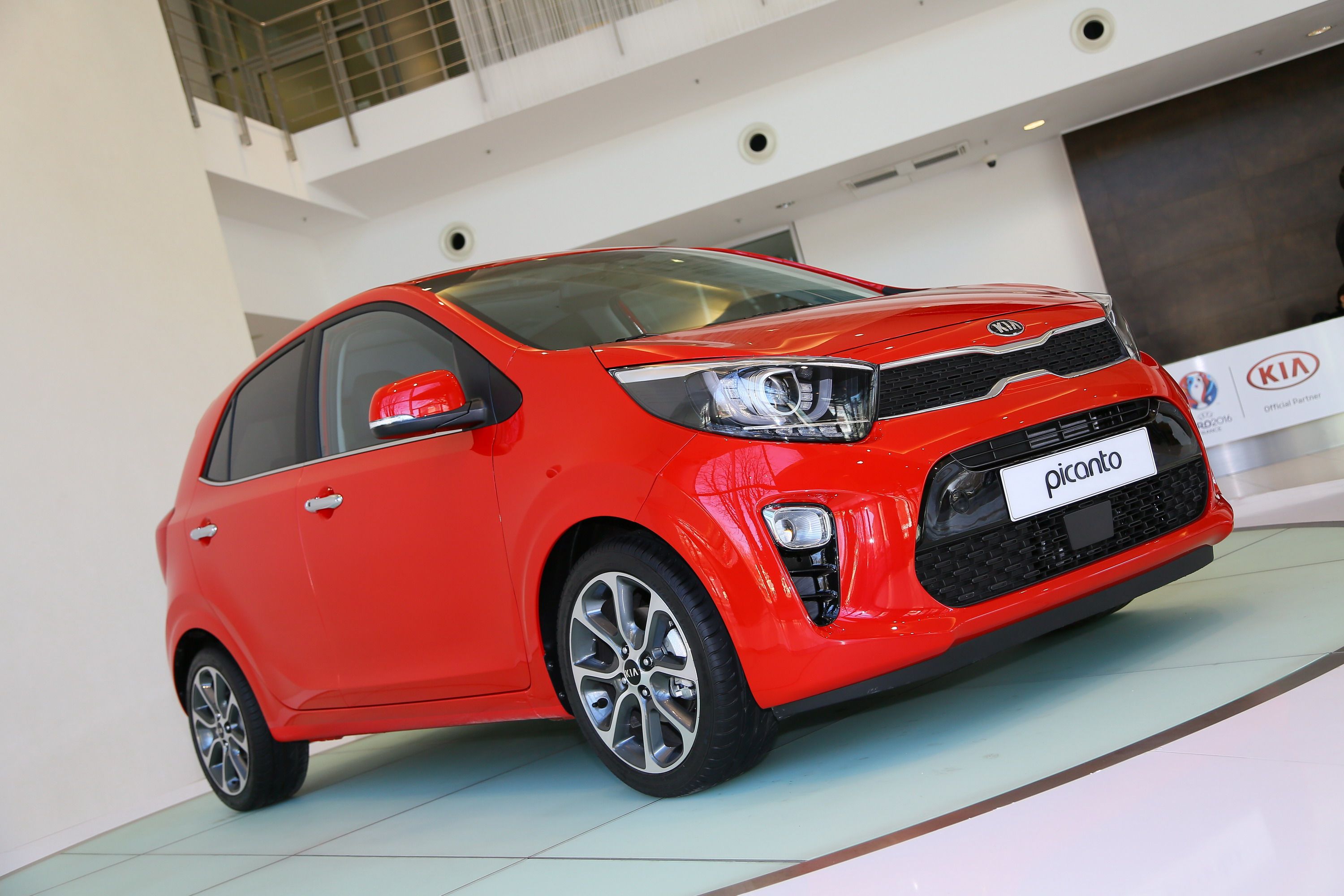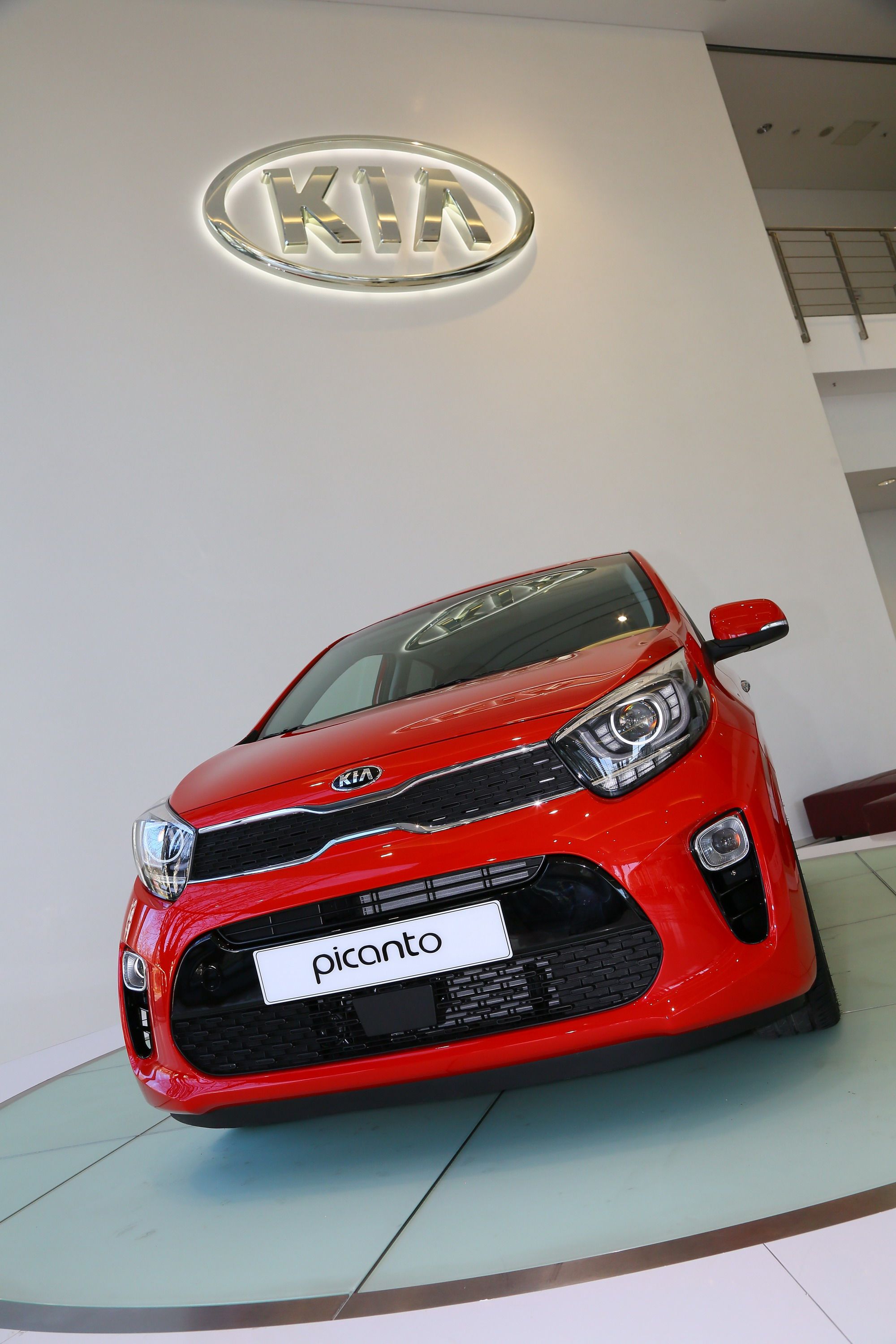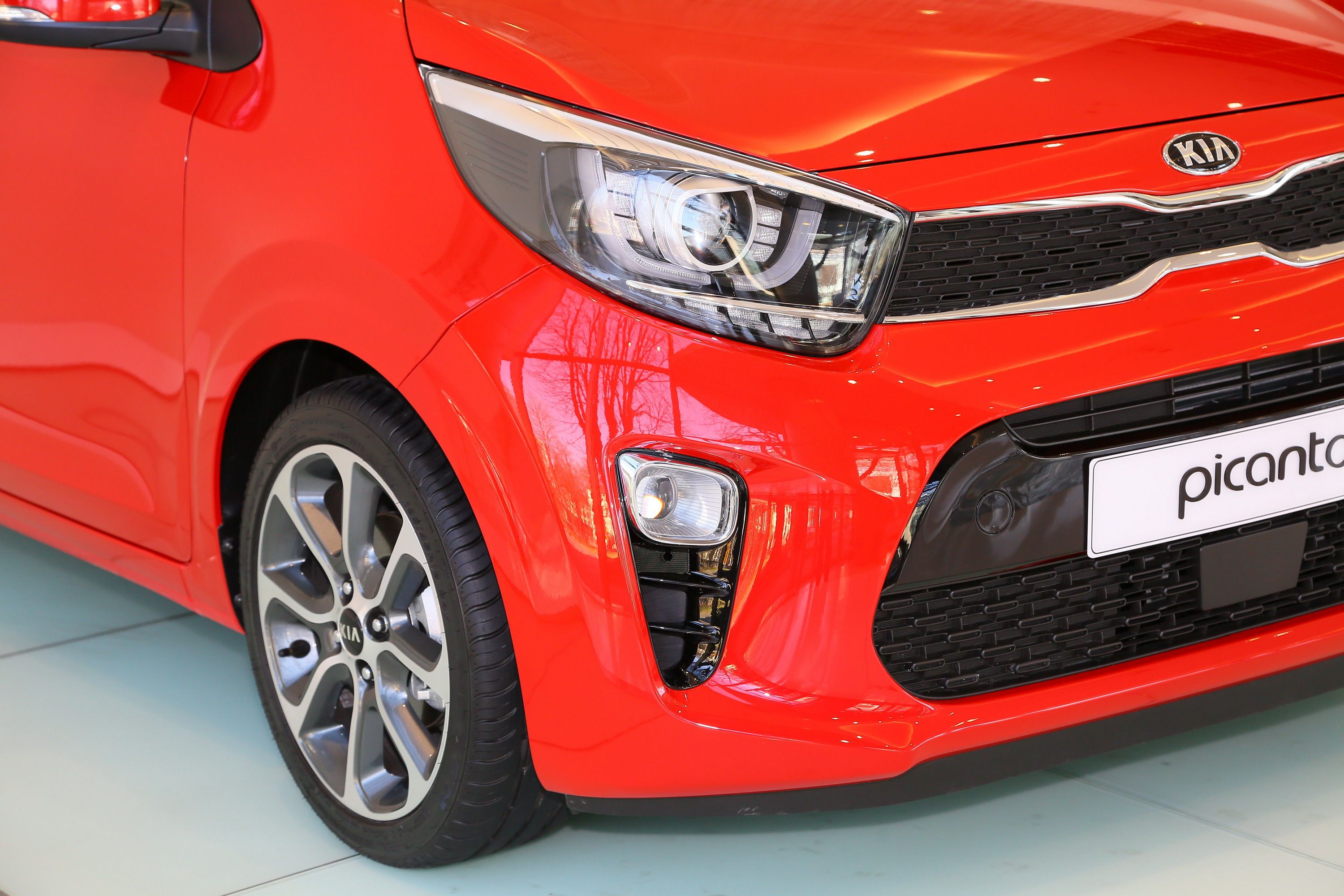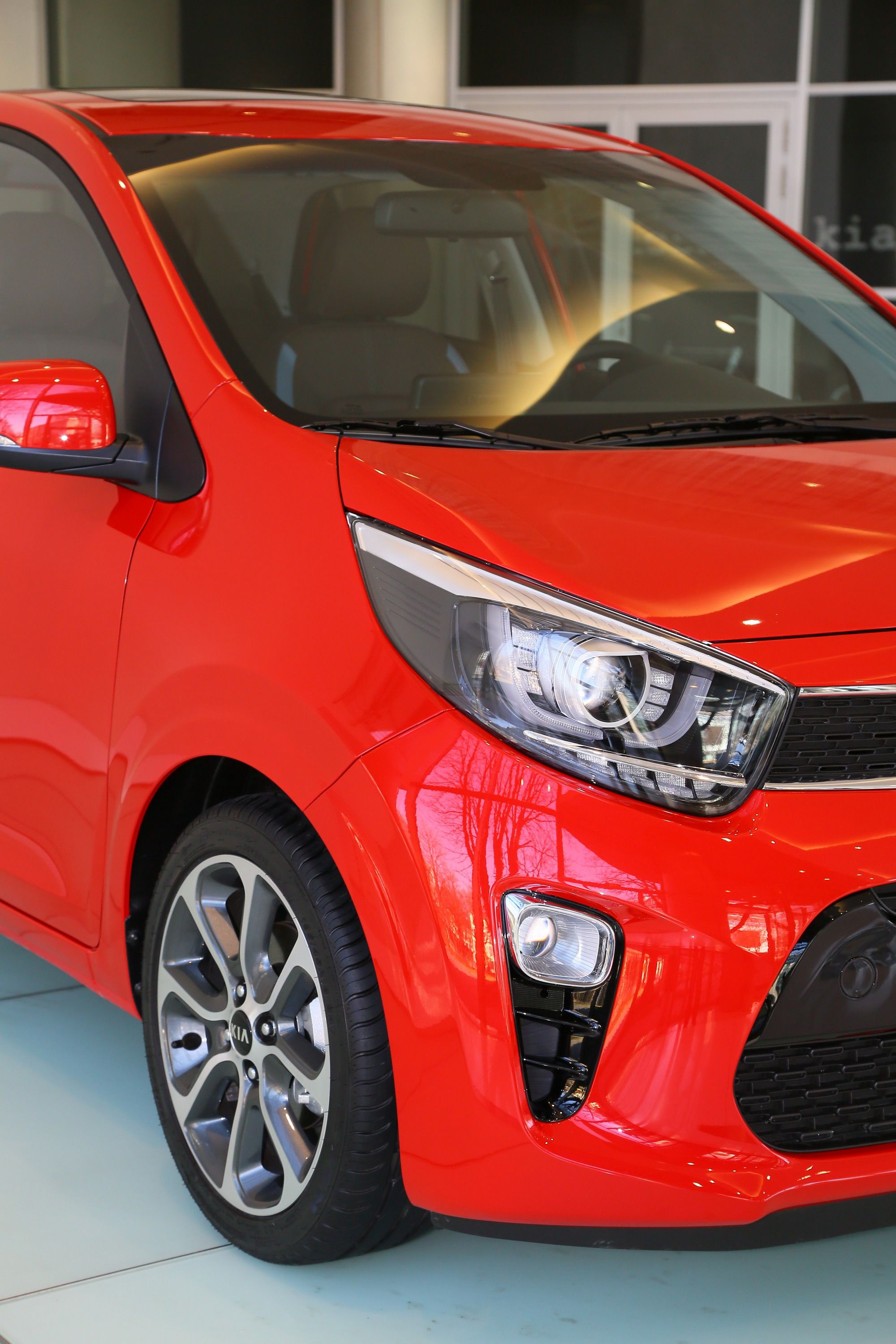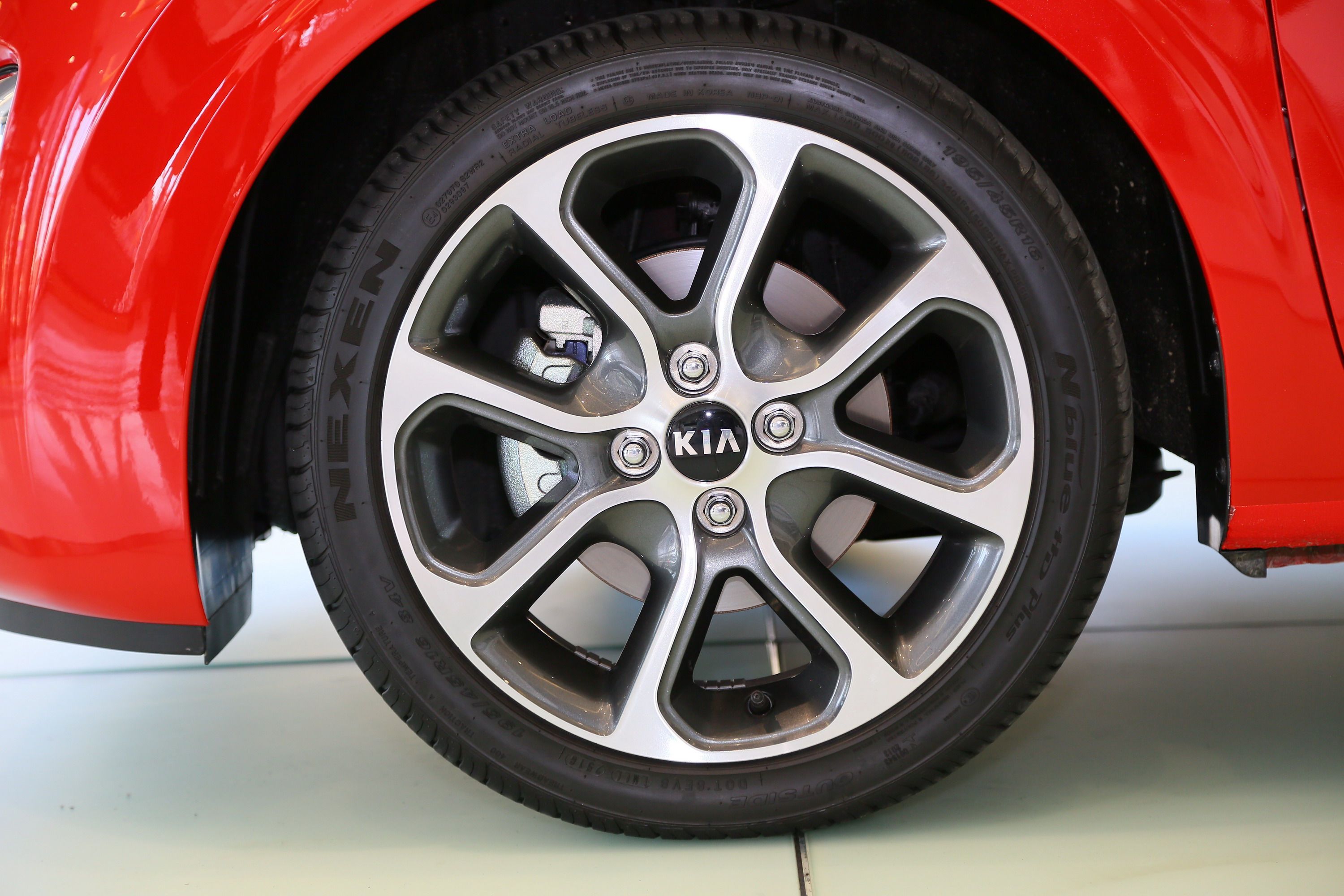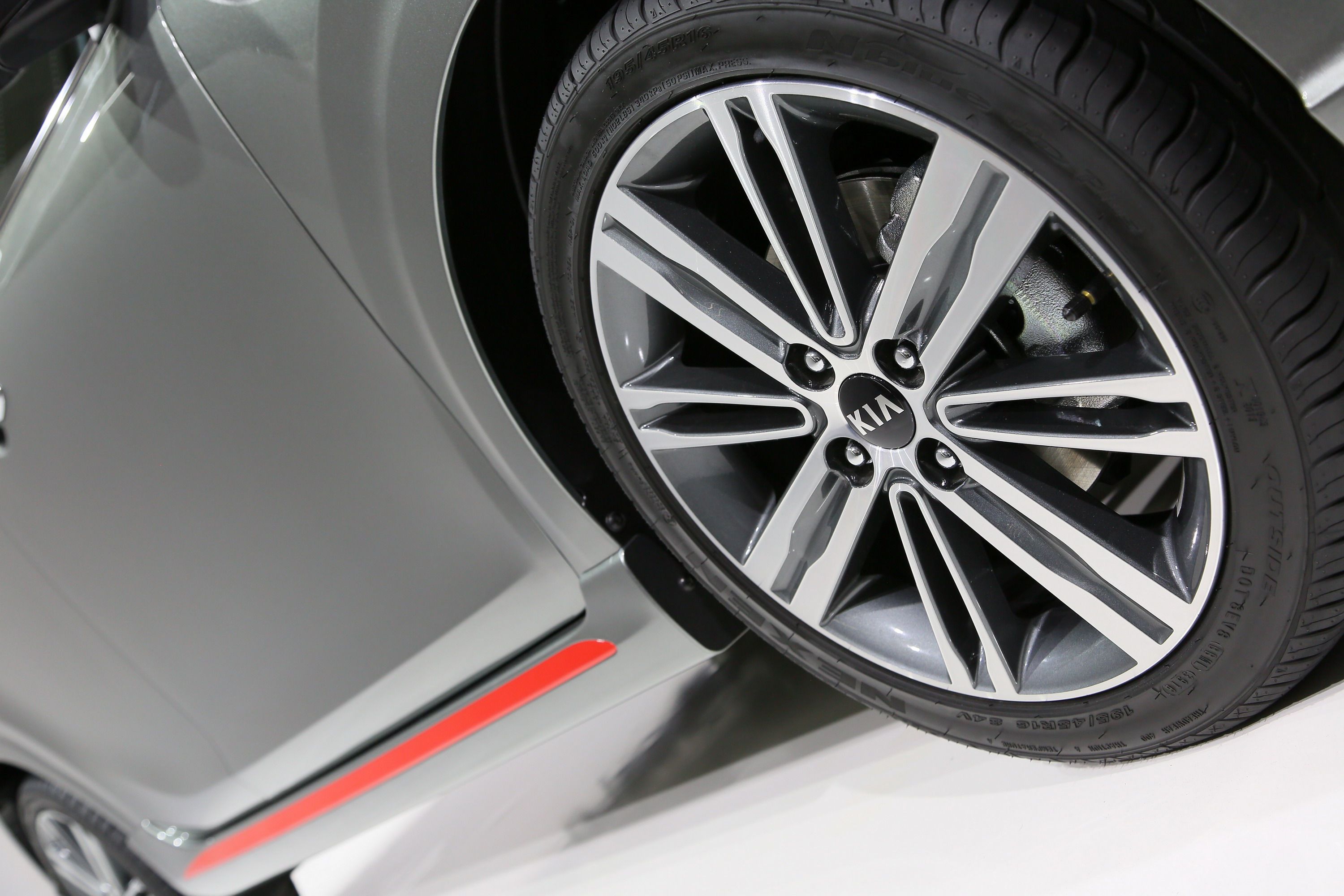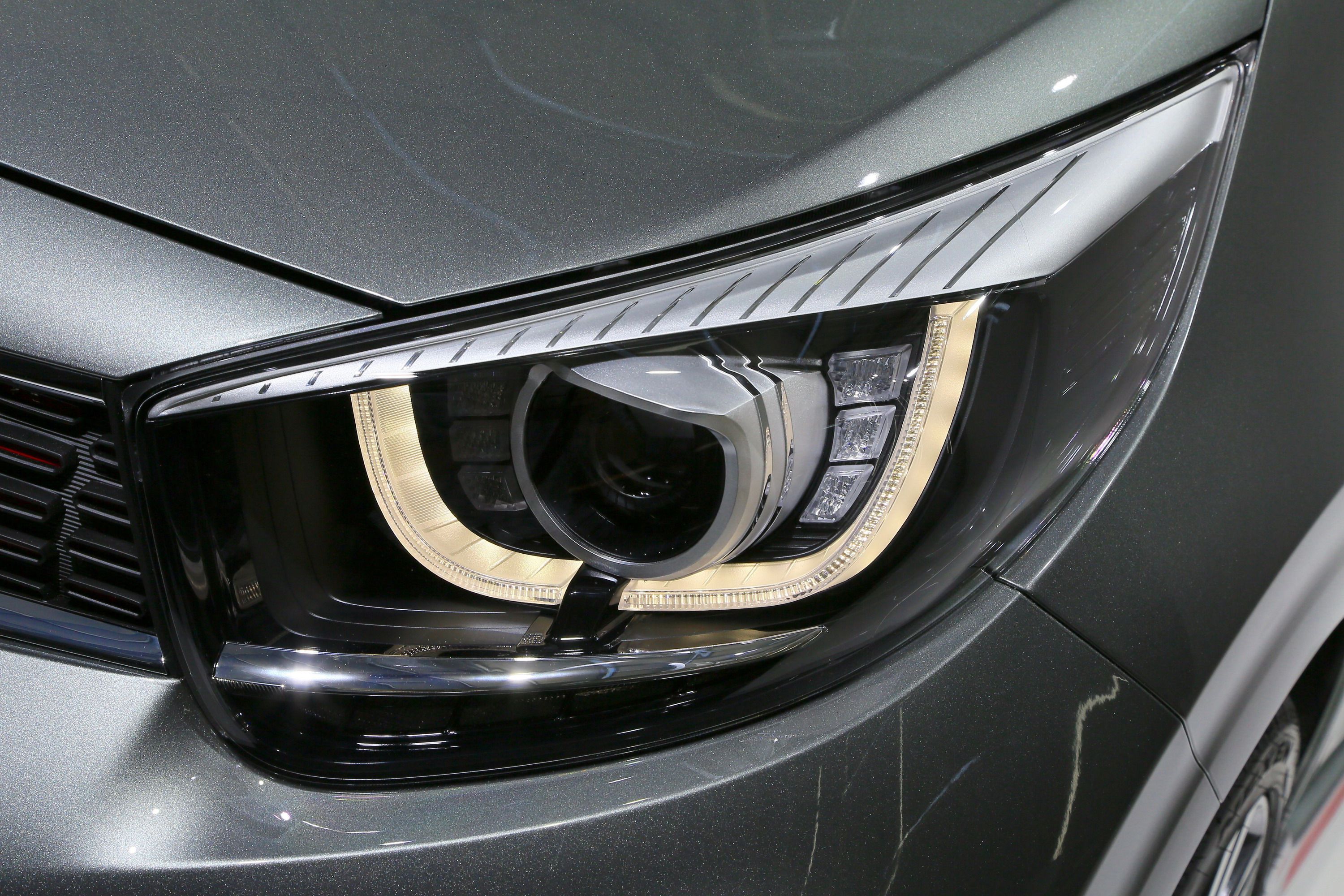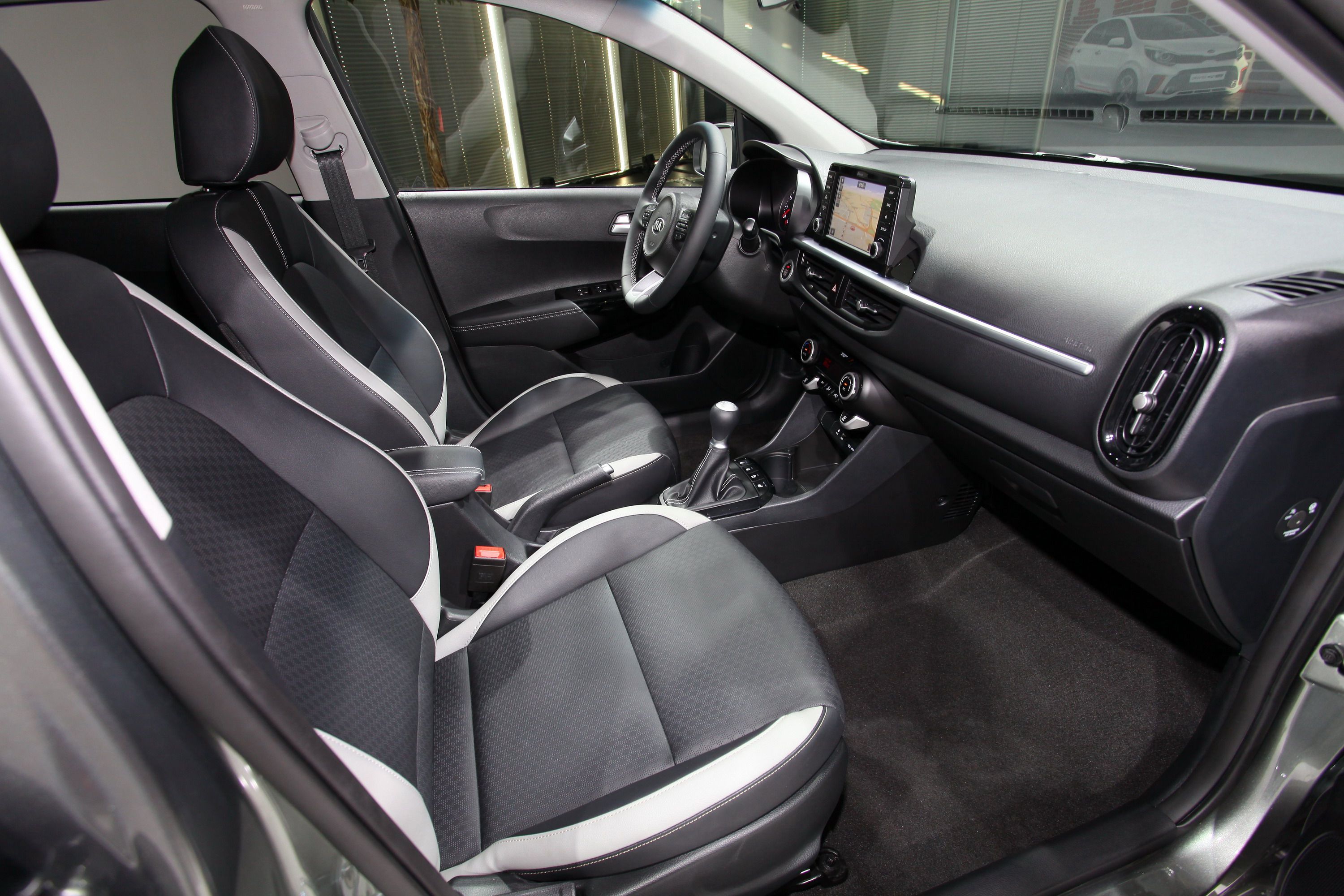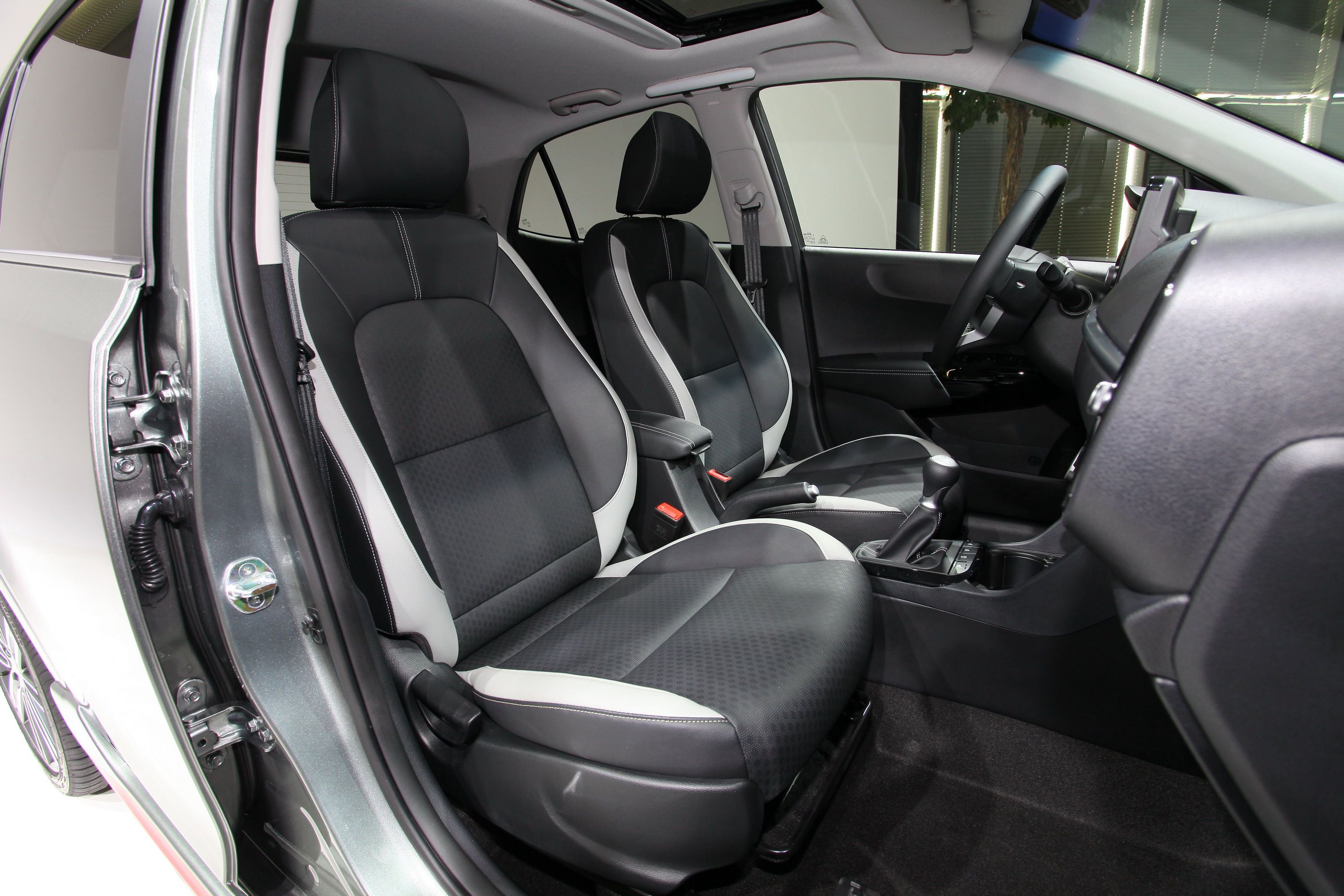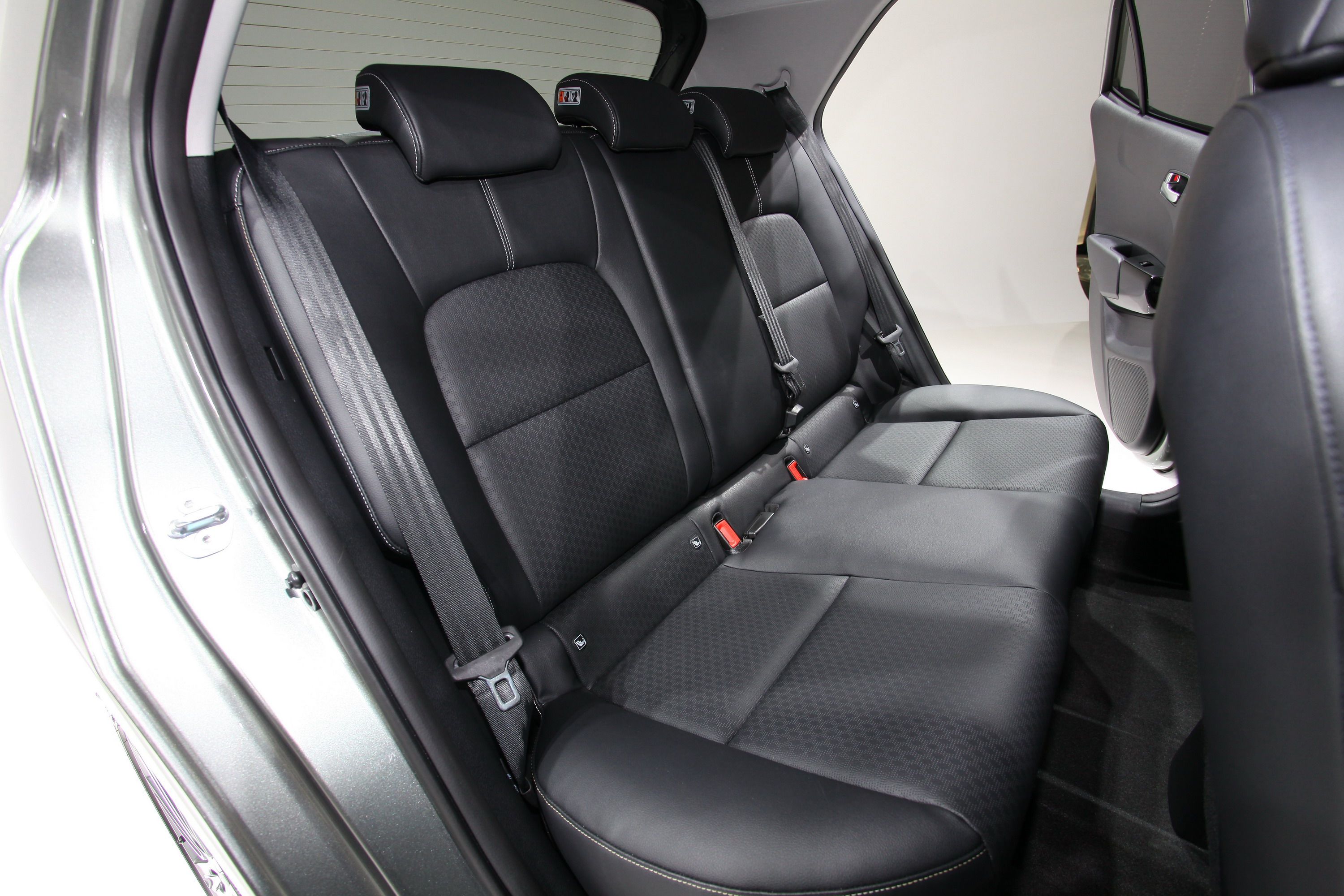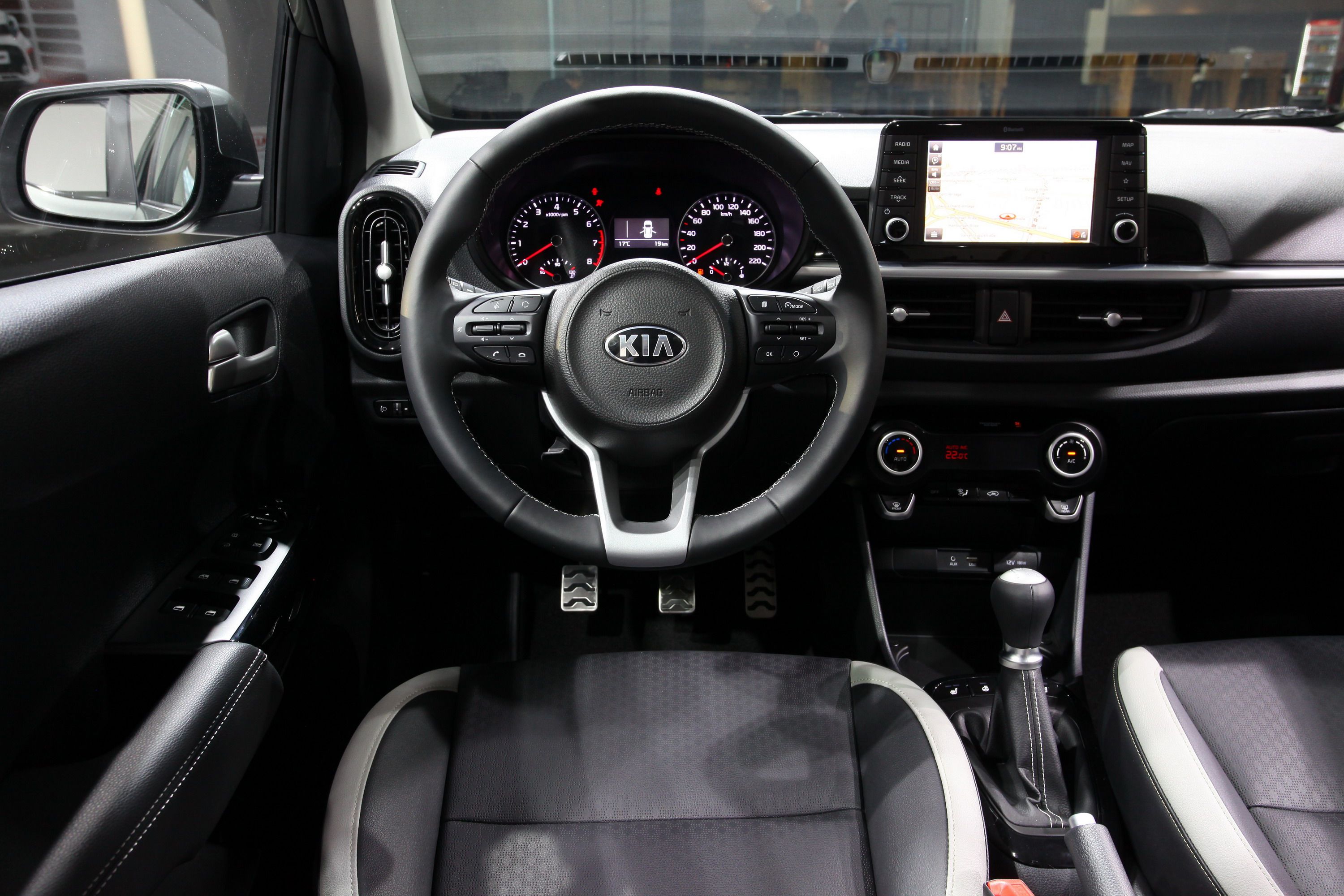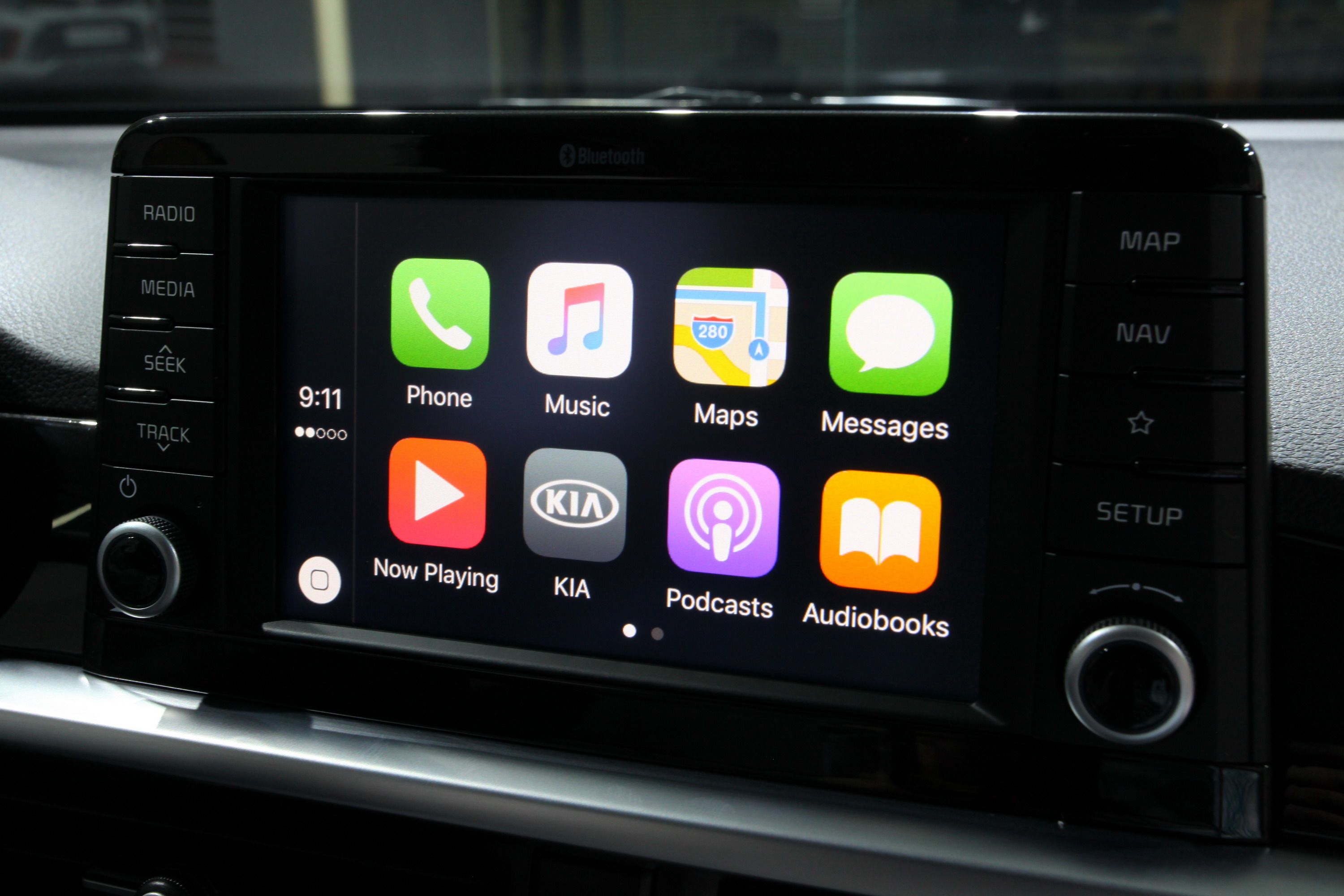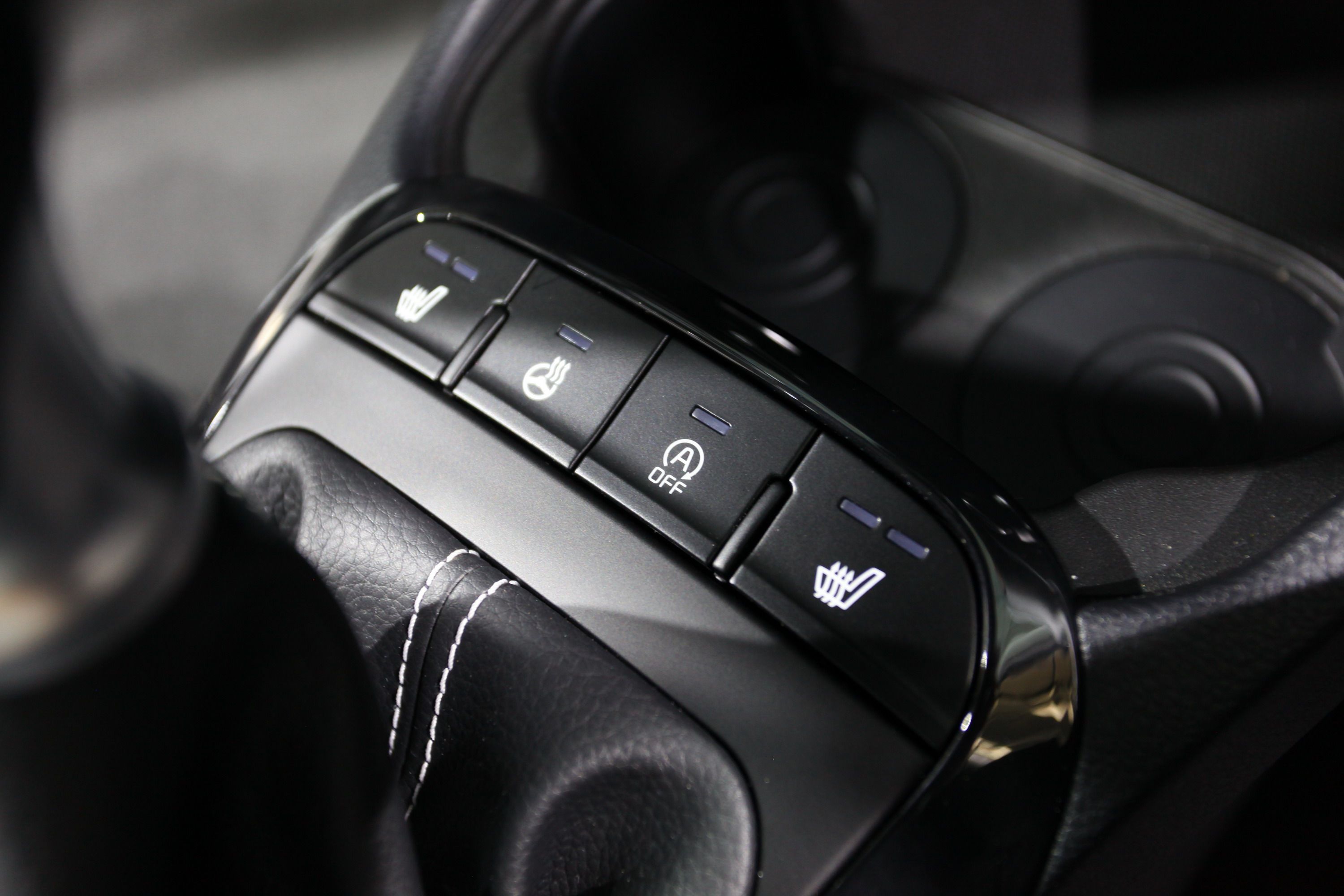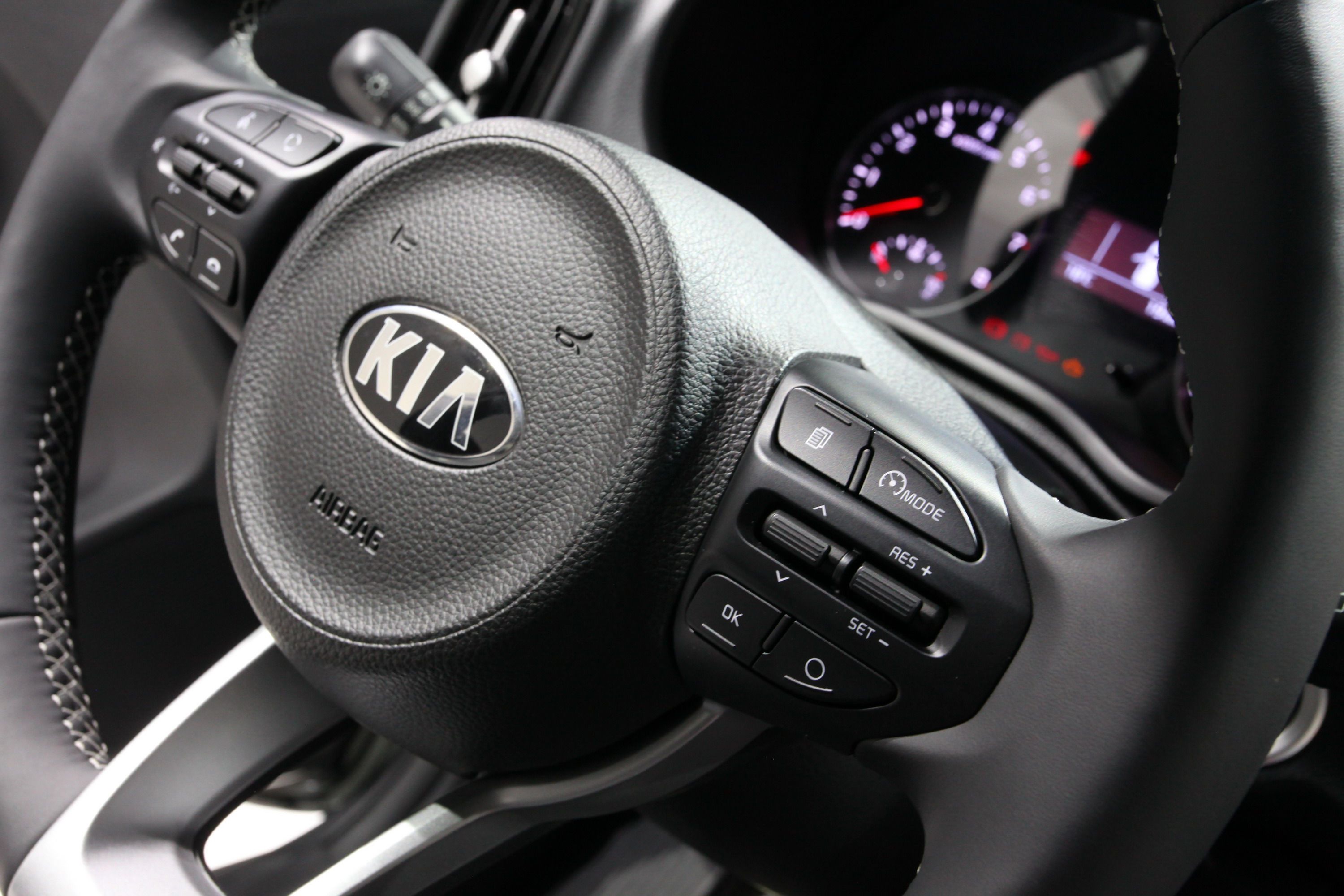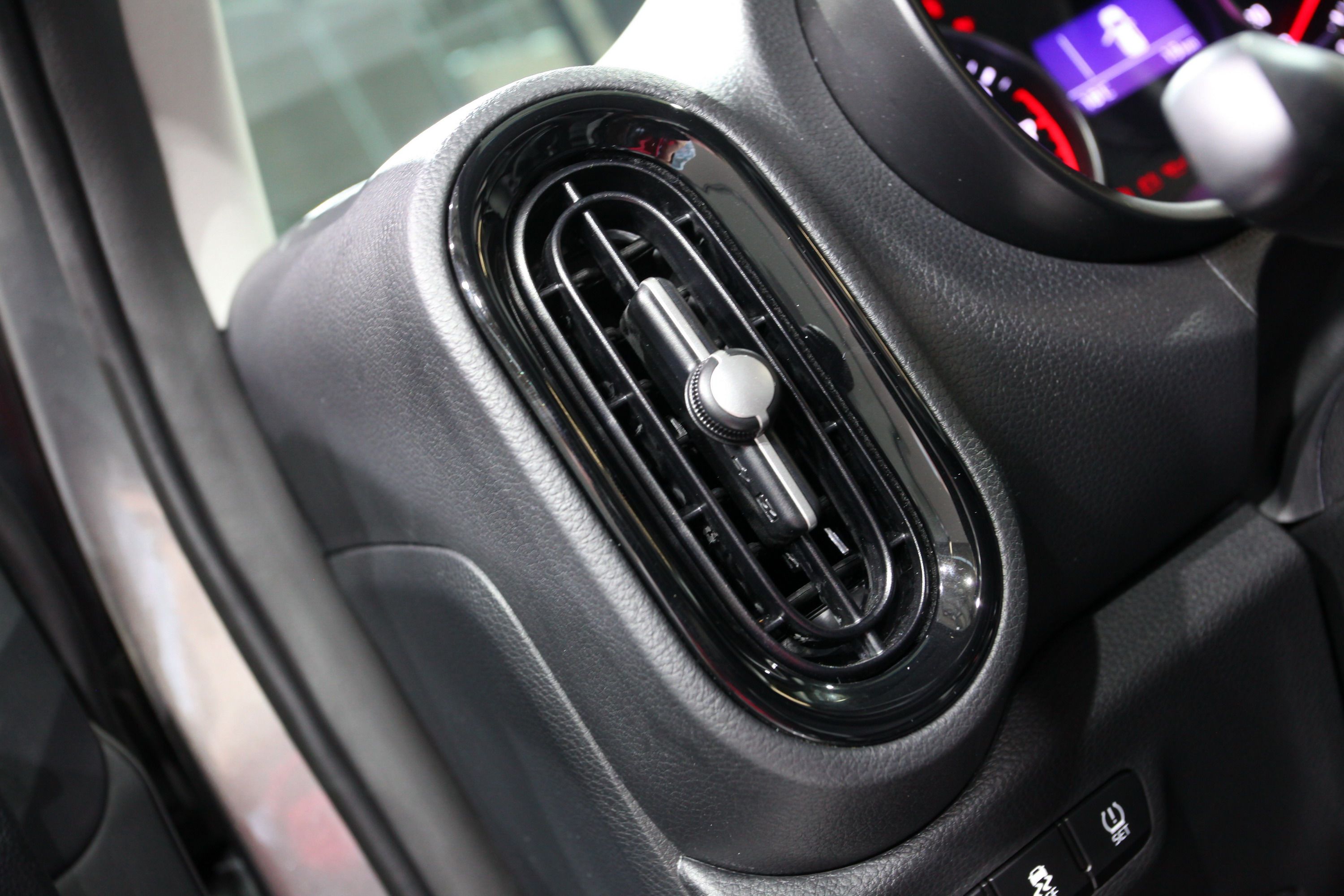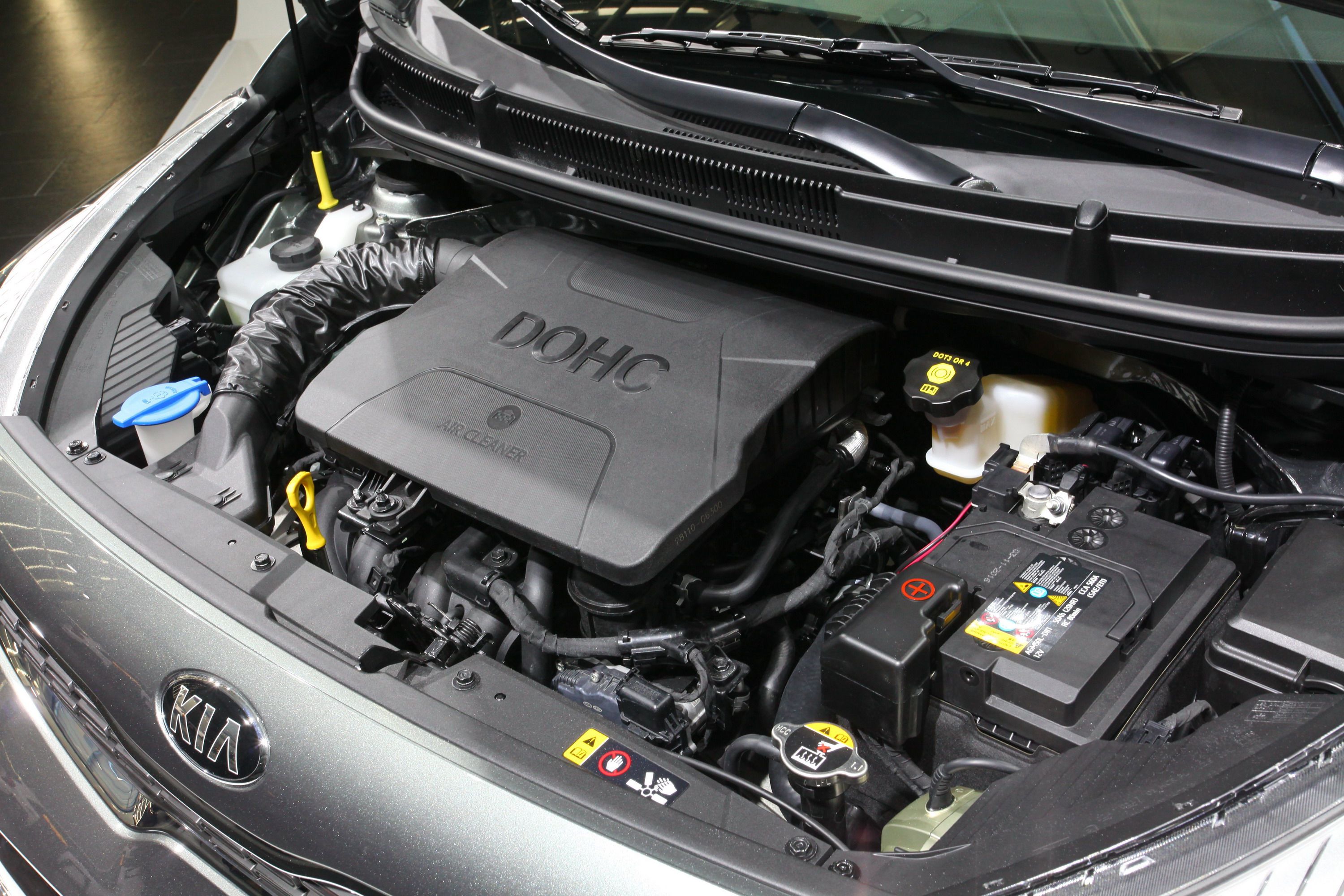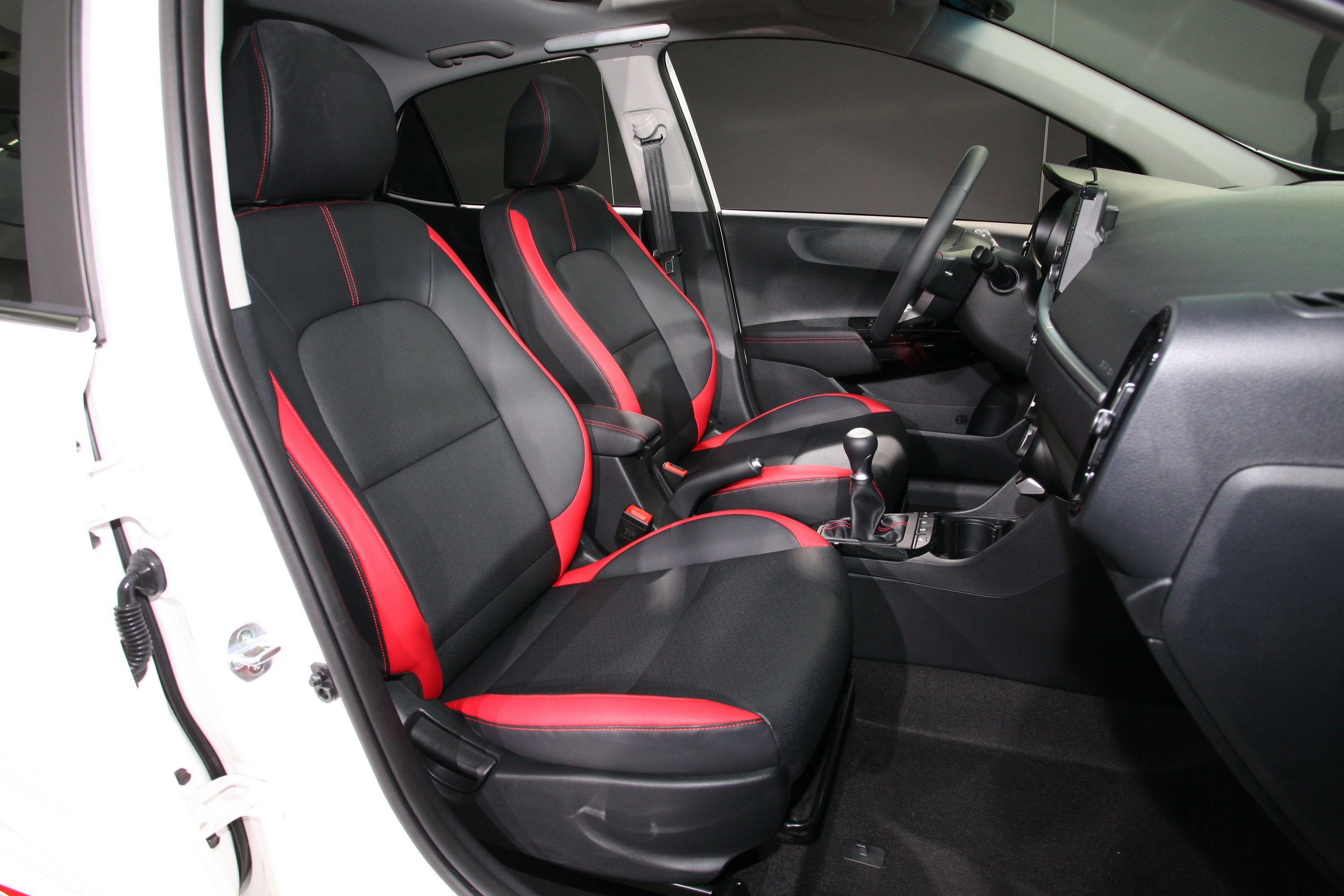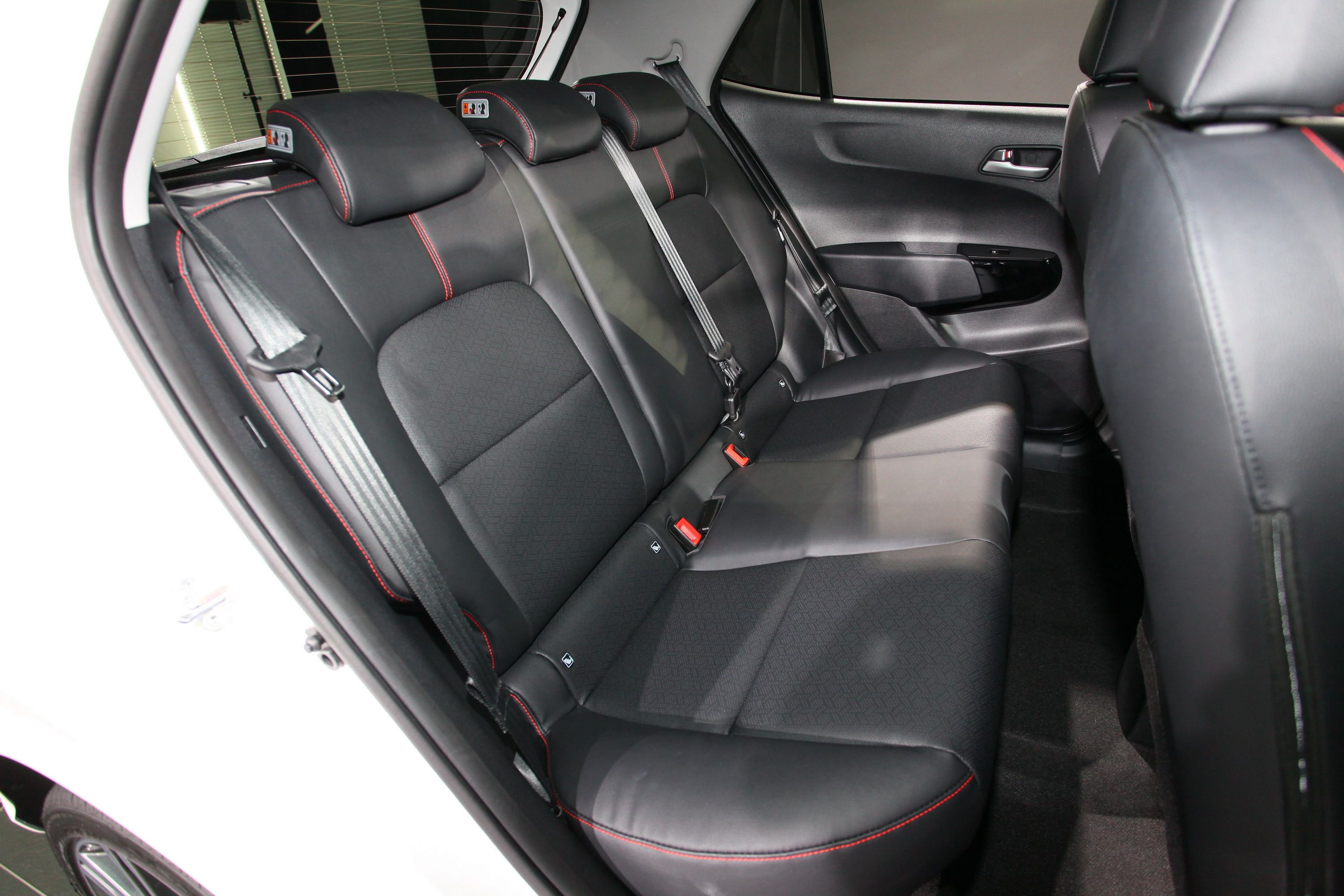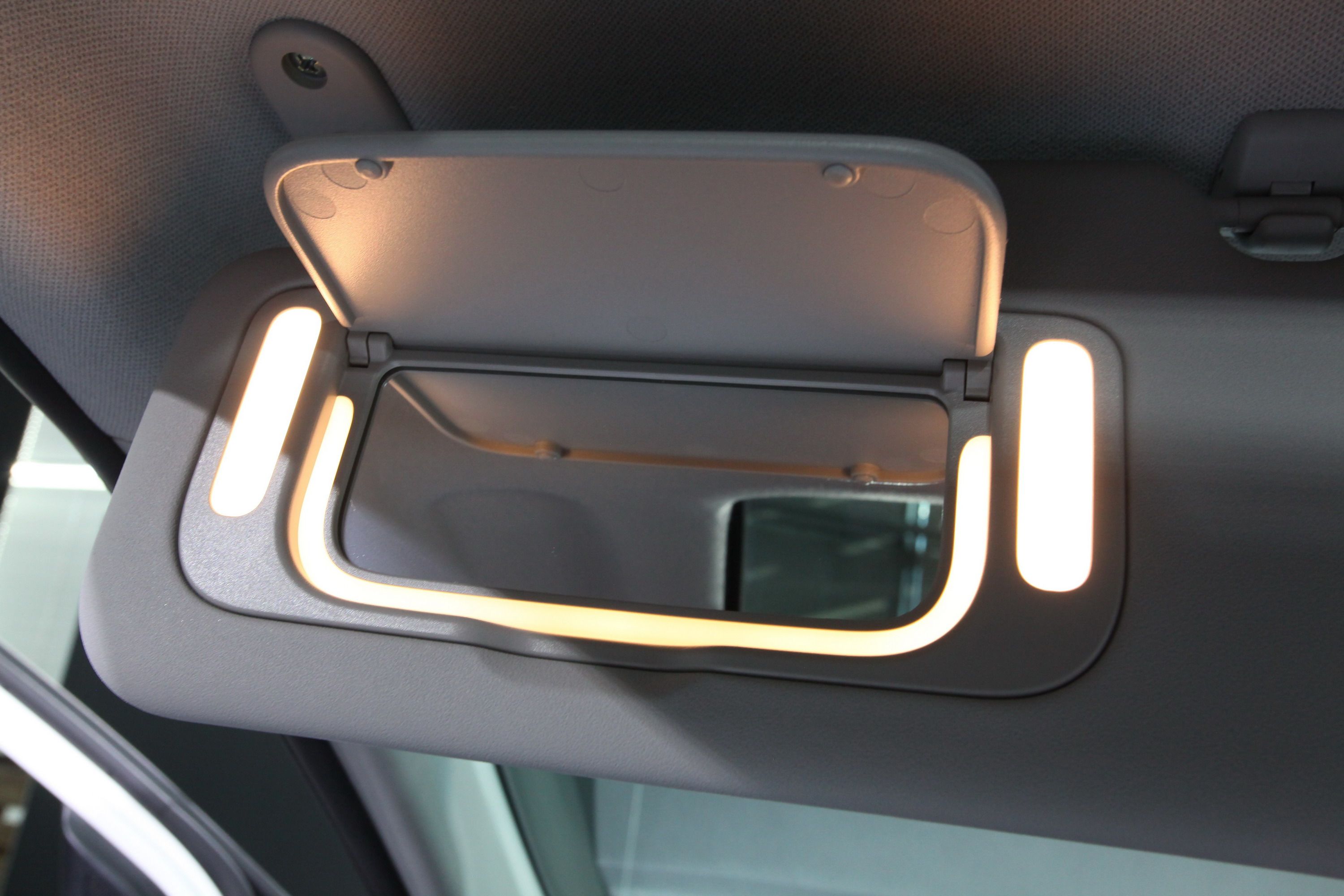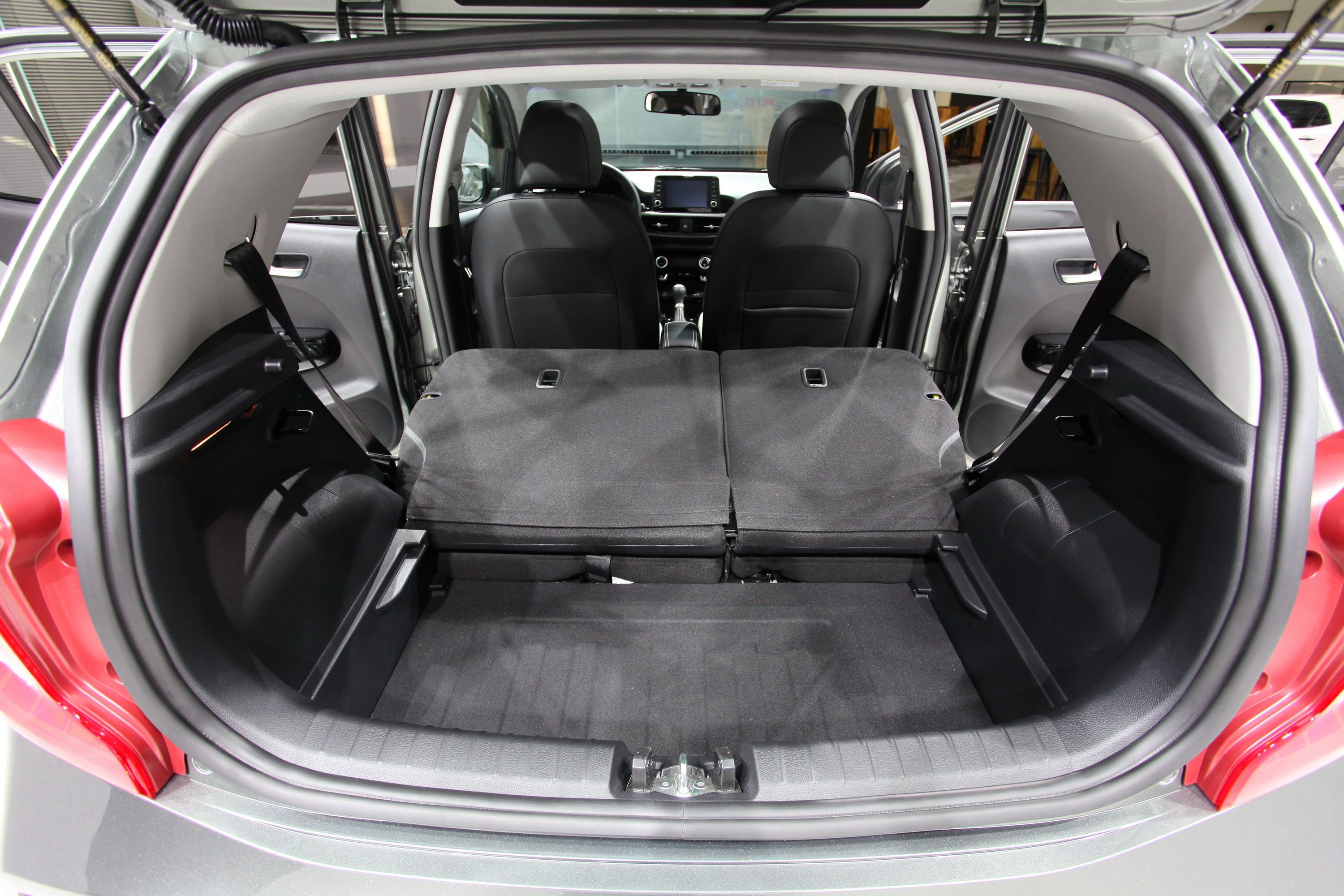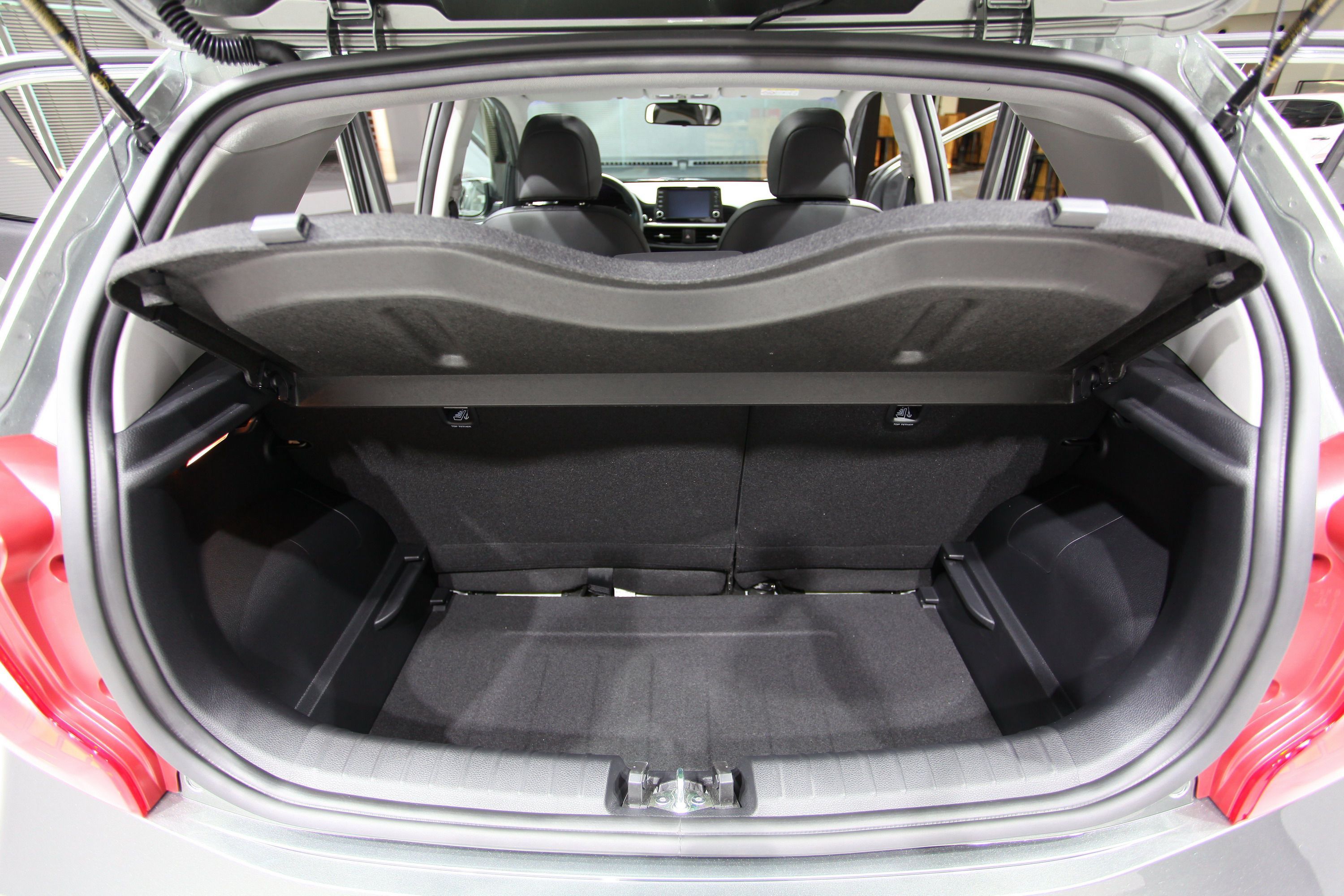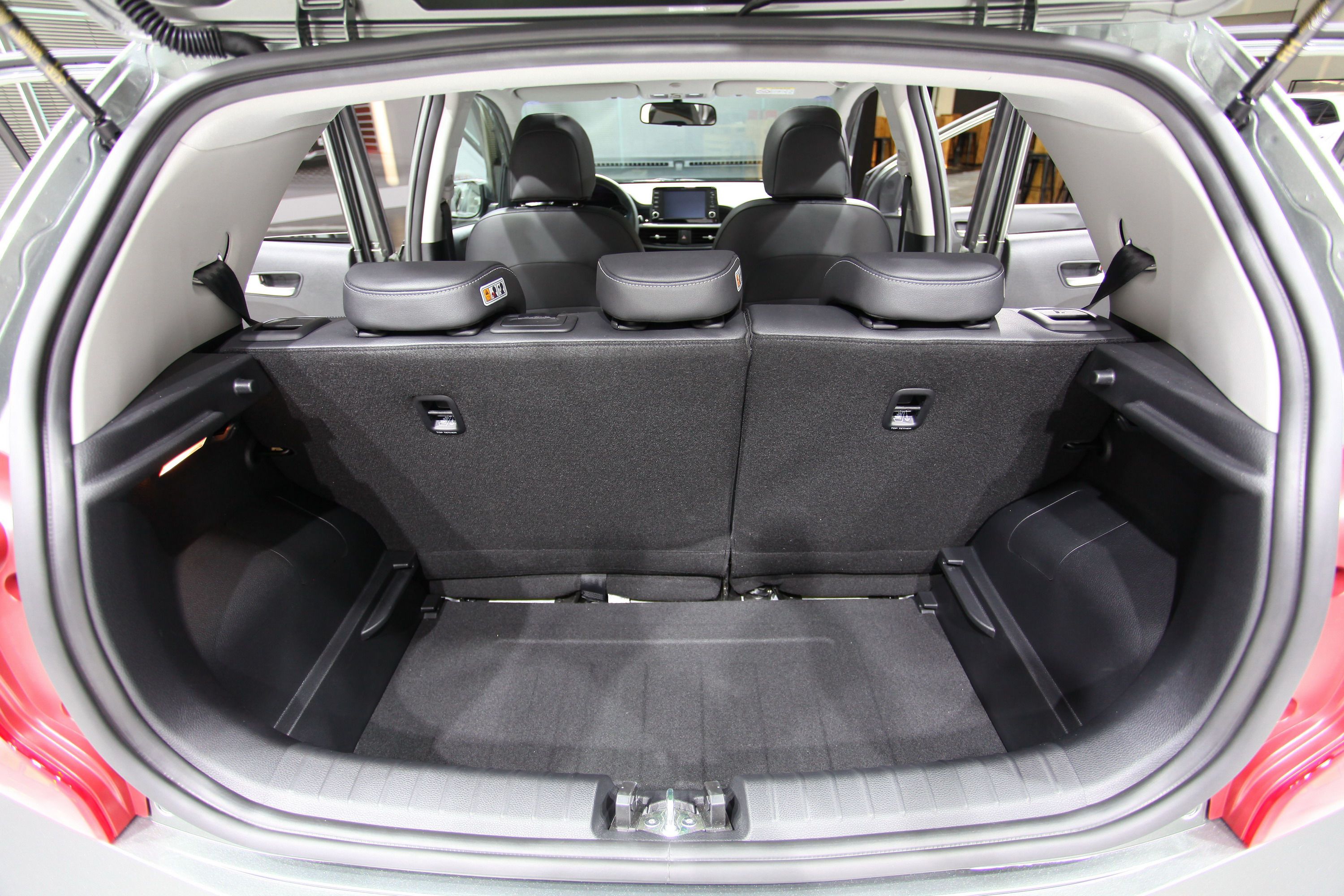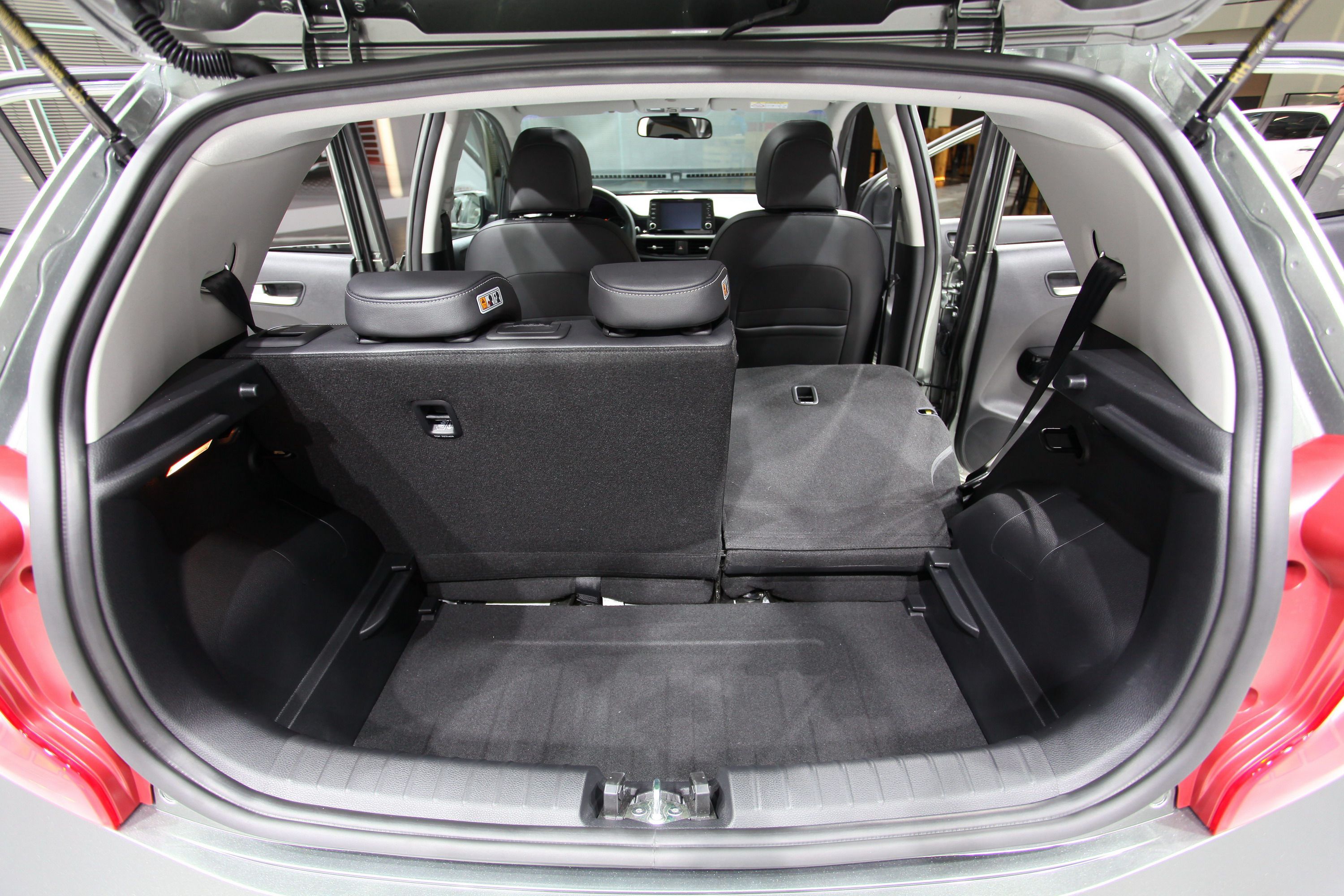Launched in 2003 as a city car based on a shortened platform of the Hyundai Getz, the Kia Picanto soldiered on unchanged until 2011, when the second-generation model was introduced. Redesigned from the ground up under the direction of Peter Schreyer, the new model shared underpinnings with the Hyundai i10 and was larger than its predecessor. A significant facelift followed in 2015, but right after that Kia began working on the third-generation hatchback, which just broke cover ahead of the 2017 Geneva Motor Show.
As expected, Kia aimed to retain the second-gen model's main feats, such as low running costs and compact dimensions for city driving, and spice things up with a new design language and an updated, more upscale interior. Not surprisingly, the Picanto received Kia's latest design features seen on larger models, but also an array of much-needed apps and gadgets on the inside. The big news is that Kia decided to discontinue the three-door version, leaving the five-door as the only option available. Under the hood, the Korean brand revised the previous engines, while also adding a new turbocharged option.
Much like its predecessor, the Picanto won’t cross the pond to North America, where the Rio 5-door will remain Kia’s smallest hatchback. The new Picanto, however, will be offered in most markets in Europe and Asia, where it will compete against the likes of Toyota Aygo, [Ford Ka, and Hyundai i10.
Continue reading to learn more about the 2017 Kia Picanto.
2017 Kia Picanto
- Make: Array
- Model: 2017 Kia Picanto
- [do not use] Vehicle Model: Array
Exterior
Much like every other Kia out there, the Picanto was upgraded to the company's new styling language. The result of a collaboration between Kia's design centers in Namyang, South Korea, and Frankfurt, Germany, the Picanto sports a more youthful design with slightly more aggressive and angular features.
Up front, the wide "tiger-nose" grille is flanked by new headlamps that aren't necessarily bigger than the outgoing units, but have a more angular design and modern looking technology behind the lenses. The front bumper now features a larger, trapezoidal center intake, while the side vents are vertically oriented for a more aggressive stance.
Changes aren't as radical on the sides, but there are redesigned fender flares and a new character line. Somewhat surprisingly given the sportier look, the beltline was moved just below the windows, giving the profile a rather mundane look. On the previous model, the beltline ascended rather aggressively from the front wheel arches toward the taillights. The hatchback also has a wider than usual C-pillar, while the wheelbase is obviously longer. Kia added 15 mm (0.6 inches) here and also made the rear overhang longer by 10 mm (0.4 inches). On the flipside, the front overhang is 25 mm (one inch) shorter, which keeps the car's length identical to the outgoing model.
Around back, the third-gen Picanto bears a rather close resemblance to its predecessor. It has similar wrap-around taillights, a trapezoidal license plate recess in the bumper, and reverse lights toward the corners. But there are plenty of changes to talk about, starting with the fact that the lower edge of the rear window is now in line with the upper edges of the taillights. Likewise, the light units and the tailgate also share the same line below. The taillamp design is sharper and includes a C-shaped LED stripe. The bumper looks sportier thanks to the carved lower section that makes it seem as if the Picanto has a rear diffuser.
The small hatchback can be ordered in 11 exterior colors, six of which are new, including Lime Light, Shiny Red, Aurora Black, Pop Orange, Sparkling Silver, and Celestial Blue. The Picanto comes with 14-inch wheels standard, but you can pick between four optional aluminum-alloy designs measuring 14 to 16 inches.
Kia also introduced a new GT-Line specification inspired by Optima GT. When this package is selected, the exterior of the new Picanto is completed with red, silver and black highlights in the front grille, side intakes, along the side skirts and in the rear valance, as well as chrome-tipped twin exhaust pipes.
COMPETING DESIGNS
Kia and Hyundai have been developing their cars together for a few years, and the Picanto and i10 are no exception from this rule. Sharing most underpinnings with the third-gen Picanto, the latest i10 was updated in 2016 and just like the Picanto, it sports a more emotional look thanks to a new front bumper, the "cascading grille," and revised rear bumper. Granted, it doesn't look as aggressive and appealing as the Picanto, but we need to keep in mind that this specific i10 was actually designed in 2013.
Redesigned for 2014, the Toyota Aygo is one of the newest vehicles in this market. Now in its second generation, the Japanese city car is also an attractive proposition in terms of design, having received a sportier exterior and offering several customizing features such as contrasting exterior parts and gloss-black or machined wheels. Although not as sporty as the new Picanto, the Aygo has the advantage of being simply cute and somewhat of a fashion statement thanks to the wide number of design elements you can customize. Just add black and red highlights to a white car and you're ready to go to town in a unique city car.
Interior
Like it usually happens with redesigns, Kia aimed to give the new Picanto a higher quality interior. And needless to say, it succeeded for the most part. The first thing that catches the eye is that the dashboard has a cleaner design and features a satin chrome-effect strip that runs across the width between the instrument cluster and the passenger door panel. A new, seven-inch touchscreen sits above, while two A/C vents have been placed below. The center console is also cleaner, now featuring just the A/C controls, a large storage compartment, and the gear shifter.
The seats have been redesigned for enhanced comfort and come wrapped in black and grey cloth as standard. Those who want a different layout can pick from the optional five color packs with contrast artificial leather and white, blue, orange, red, or lime green stitching.
Styling-aside, Kia says that the new Picanto offers "best-in-class packaging efficiency" and more legroom and headroom than best-selling rivals in the A-segment. The hatch is available with either four or five seats, with the rear bench split into either two or three seats. The new central armrest for front passengers can slide back and forth up to 55 mm (2.1 inches) – a first in the class – and covers a small storage compartment designed to accommodate a one-litre water bottle or a sunglasses case.
As far as tech goes, the seven-inch touchscreen comes with a navigation system with a 3D map, while the options list includes Apple CarPlay and Android Auto, rear-view parking camera, wireless smartphone charges, and USB port.
Trunk space has increased too, being expanded from 200 to 255 liters (seven to nine cubic feet) with the rear seat up, which is the most of any car in the class according to Kia. Maximum capacity is 1,010 liters (35.6 cubic feet).
THE COMPETITION
The facelift didn't bring too many new features inside the i10, but the Hyundai-badged city car's interior looks as fresh as they get. Already equipped with a touchscreen, the i10 has a clean and uncluttered dash that can be ordered in a two-tone finish. The small hatchback comes with Hyundai’s latest connectivity features, including Apple CarPlay and Android Auto, while the navigation system features with a seven-year free subscription to LIVE Services, offering real-time traffic conditions, local weather, and points of interest. This makes the i10 the only vehicle in its class to offer Android Auto, Apple CarPlay, and LIVE Services in a single infotainment system. Options include automatic air conditioning, a heated steering wheel, and heated front seats. Needless to say, the i10 is a solid proposition in this segment.
The Aygo looks pretty high-tech on the inside thanks to its round instrument cluster and touchscreen that appears to float in front of the center stack. On the flipside, it feels a bit more spartan and cramped on the inside and the center console doesn't have as much storage room as the Picanto and i10. On the other hand, the fact that you can match several cabin elements to the exterior for a high, fancy contrast makes the Aygo appealing and unique in this segment. You can also specify part-leather seats, another feature that may make up for the lack of certain tech gadgets you can't get in this tiny Toyota.
When it comes to interior space, the i10 and the Picanto are pretty much similar. However, the new Kia wins the battle in terms of luggage room with nine cubic feet. The i10 isn't far behind with 8.89 cubic feet, but the Aygo comes last with just 5.93 cubic feet.
|
Hyundai i10 |
Toyota Aygo |
Kia Picanto |
|
|
Headroom front/rear (Inches) |
39.68/37.79 |
39.56/37.79 |
|
|
Legroom front/rear (Inches) |
42.12/32.28 |
42.71/32.28 |
|
|
Shoulder room front/rear (Inches) |
51.41/51.22 |
51.18/50.39 |
|
|
Cargo Space (cu ft) |
8.89 |
5.93 |
9.00 |
Drivetrain
Under the hood, the Picanto carries over with the 1.0-liter three-cylinder and 1.25-liter four-cylinder engines from the previous model, but with various updates for improved efficiency and driveability.
Both engines are shared with sister model Hyundai i10, which is confirmed by similar specs. For instance, the 1.0-liter cranks out 66 horsepower and 96 Nm (71 pound-feet) of torque. Compared to the outgoing unit, it gains an exhaust manifold integrated into the cylinder head and a new cooling system with shut-off valve. As a result, emissions reduced to 89 grams of CO2 per km from 95. The 1.25-liter delivers 83 horsepower and 122 Nm (90 pound-feet) of torque. This engine was upgraded with an optimized valve timing and new cooling system with shut-off valve, while emissions dropped from 106 g/km to 104.
Beginning the fourth quarter of 2017, the Picanto will also get a turbocharged 1.0-liter engine. The force-fed powerplant will deliver 99 horsepower and 127 pound-feet of twist to become the highest output engine ever offered in a Kia this size. Highlights for this unit include a single-scroll turbocharger, an integrated exhaust manifold, and laser-drilled injectors.
All engines will come paired to a five-speed manual, while the 1.25-liter will also be available with a four-speed automatic. Idle Stop & Go will be available on certain models with manual transmission.
COMPETING PERFORMANCE
The Hyundai i10 uses the same engines as the Picanto, but both the 1.0-liter three-cylinder and 1.25-liter four-cylinder have been revised specifically for this model. Output is almost identical, with the 1.0-liter delivering 66 horsepower and 94 Nm (69 pound-feet) of torque, and the 1.25-liter four-cylinder sending 87 horses and 120 Nm (88 pound-feet) of twist to the front wheels. Unlike the Picanto, the i10 also gets a 1.0-liter unit with bi-feul technology, which mixes LPG and gasoline for better fuel economy. This one comes with 67 horsepower and 90 Nm (66 pound-feet) of torque on tap. The 1.0-liter turbo is not yet available for the i10, but it should be offered soon.
Moving over to the Toyota Aygo, motivation comes from a 1.0-liter, three-cylinder with 68 horsepower and 95 Nm (70 pound-feet) of torque on tap. A 1.2-liter four-cylinder is also available, but restricted to certain markets. For the most part, the Aygo can't match the diversity that comes with the Kia Picanto and Hyundai i10 in Europe and definitely can't respond to the thrills that Kia offers with the turbocharged, 1.0-liter engine. At least for now. Transmission choices for the only powerplant include a five-speed manual and an automatic gearbox.
Chassis, Suspension, and Brakes
The new Picanto rides on MacPherson struts at the front and a torsion beam at the rear. The revised anti-roll bars are two percent stiffer, while the longer wheelbase improves ride quality. A new steering rack for quicker response to driver inputs make the new hatchback more dynamic than its predecessor. Finally, the new Picanto is the first car in its class to offer buyers torque vectoring by braking.
Safety
Kia also made efforts to turn the small Picanto into a safer vehicle. For starters, 44 percent of its bodyshell is now cast in Advanced High Strength Steel (AHSS), a 22-percent increase. This not only reduces body-in-white weight by 23 kg (50.7 pounds), but also improves tensile strength by 12 percent. Overall, static torsional stiffness has been improved by 32 percent.
The standard equipment line includes six airbags -- front, front and side, and curtains. Optionally, you can request a knee airbag. Active safety features include Vehicle Stability Management (VSM) with Electronic Stability Control (ESC), which ensures stability under braking and cornering by detecting a loss in traction and using ESC to help the driver keep the car on course. In addition, the new Picanto will be available with Autonomous Emergency Braking (AEB) and a Tyre Pressure Monitoring System.
Prices
With the current-generation model priced from £7,895 (around $9,800 as of February 2017) in the U.K., the upcoming version could cost more than £8,500 (about $10,560) before options. The significant price increase also comes from the fact that the three-door version, which is usually cheaper, was phased out. Expect the range-topping model to cost more than £12,500 (around $15,520).
COMPETING PRICES
Priced from £8,495 (about $10,550), the i10 is a bit more expensive than the outgoing Picanto, but this should change as soon as the new Kia arrives in showrooms. Go for the SE trim and the sticker jumps to £9,861, while the SE Blue models costs £10,261 before options. The Premium versions starts from £10,561, while the Premium SE comes in at £12,161 (around $15,100).
The Toyota Aygo also starts from £8,495, but for this amount you get the three-door version. Opt for the five-door hatchback and the sticker jumps to £11,935. The range-topping X-Play version of the three door retails from £10,385, but the five-door has more trim levels to choose from. While the X-Play costs £10,785, the X-Press and the X-Style come in at £11,935. Opt for the X-Cite and you pay £12,490 before options, while the X-Clusiv trim will set you back a whopping £13,035 (about $16,190).
Other Competitors
Volkswagen Up!
Launched in 2011 as Volkswagen's smallest vehicle in history, the Up! was also designed as an economy city car. The German hatch uses a 1.0-liter, three-cylinder gasoline engine rated at 59 horsepower in the base model and 74 horses in the range-topping version. Both units deliver 70 pound-feet of torque and use either a five-speed manual or five-speed automatic. The Up! can accelerate to 62 mph in 13.2 seconds in its most powerful version and hits a top speed of 106 mph. In the U.K., the Up! starts from £8,870 (about $11,020) in base trim, while the top-of-the-line version fetches £13,580 (around $16,870) before options. The Up! can also be had as the Seat Mii and Skoda Citigo, rebadged versions with distinct front and rear designs but similar underpinnings.
Read more about the Volkswagen Up! here.
Conclusion
It's obviously too early for a proper conclusion here with the vehicle not yet in showrooms, but the new Picanto appears to be as fun, practical, and affordable as the second-generation car, while also having a more attractive design, new features, a more upscale interior, and updated technology. And with the revised and new engines under the hood, the third-gen Picanto should be a strong competitor in this niche. Granted, it won't be as fancy as the Fiat 500, but it will give the already established Volkswagen Up! and Toyota Aygo a few reasons to worry.

